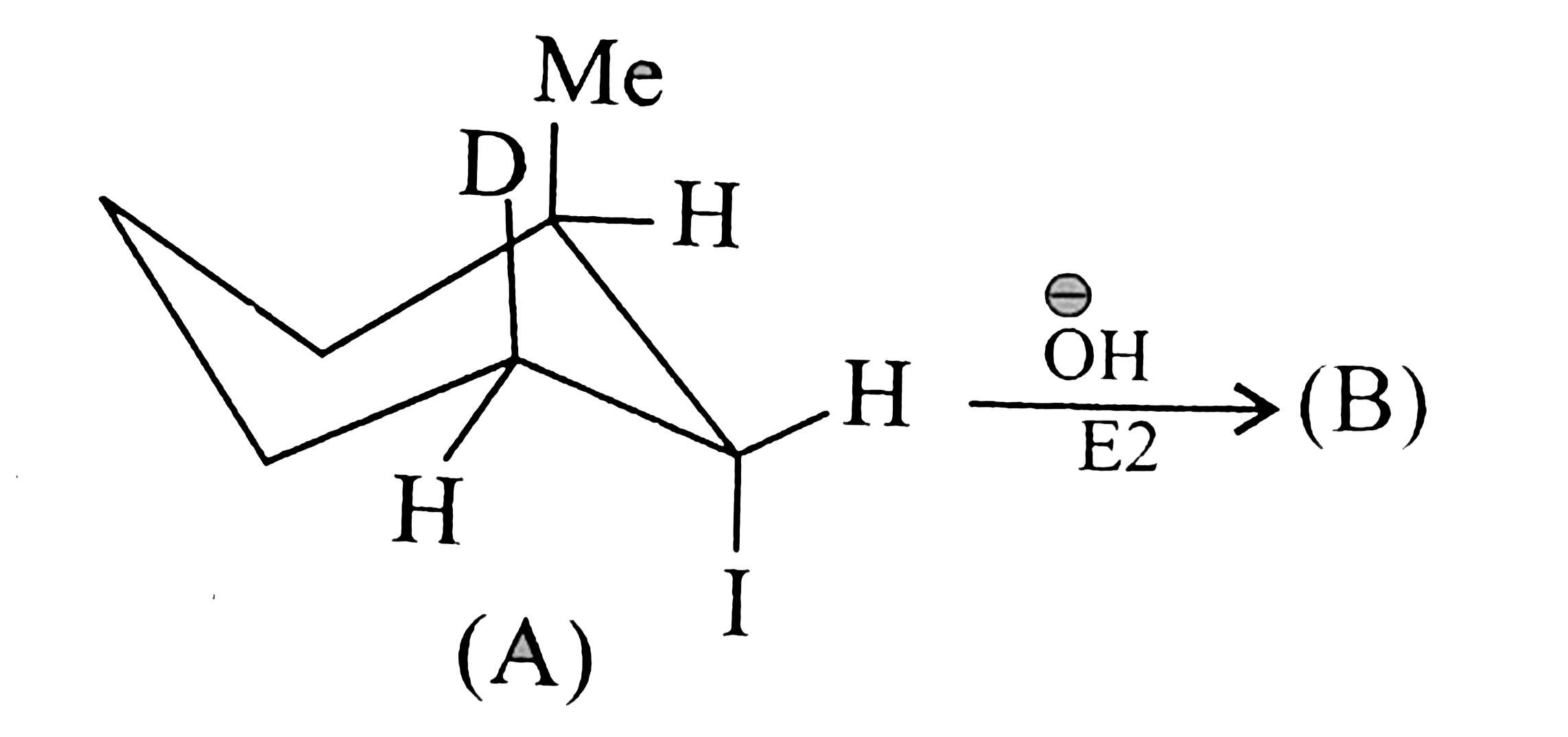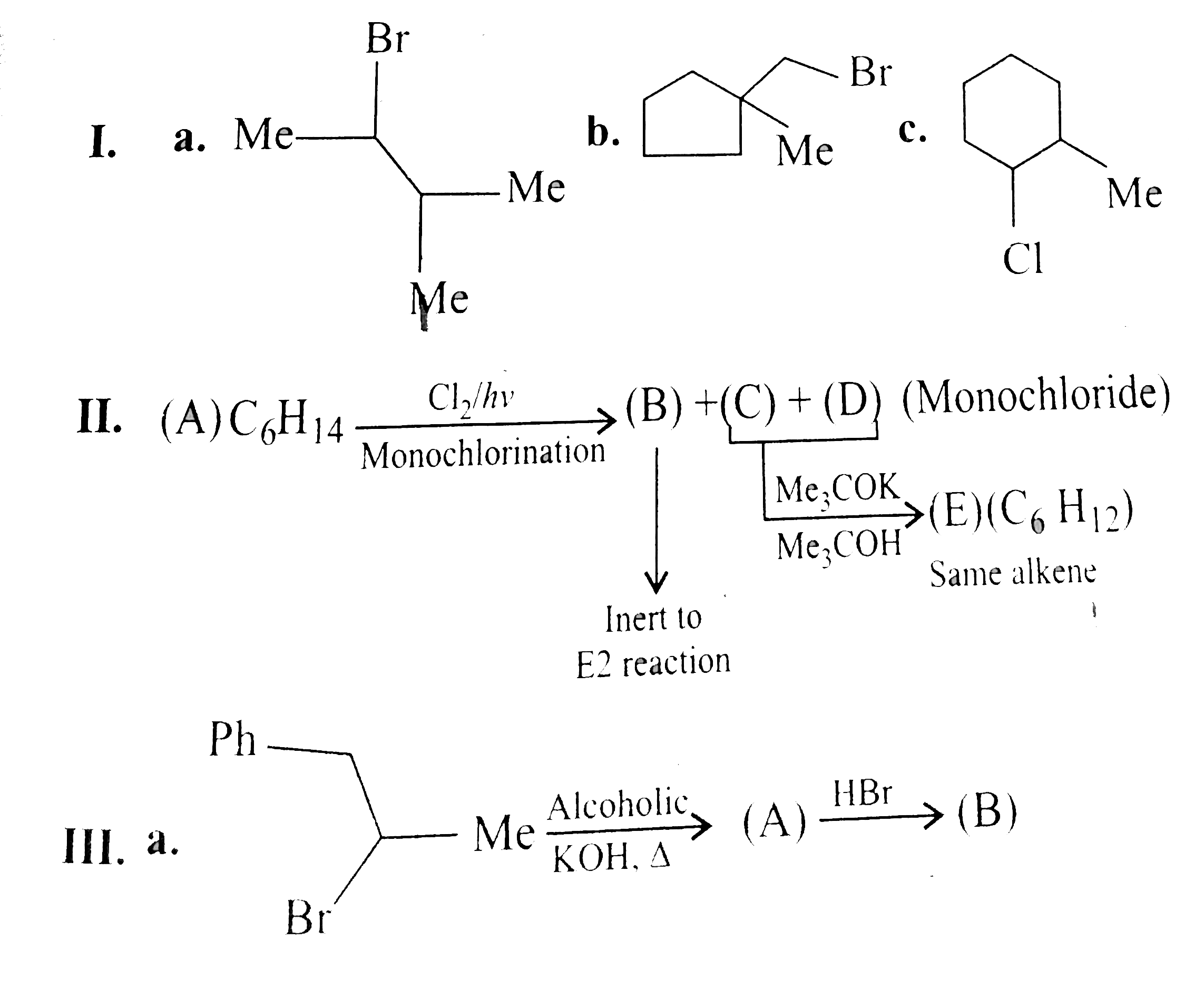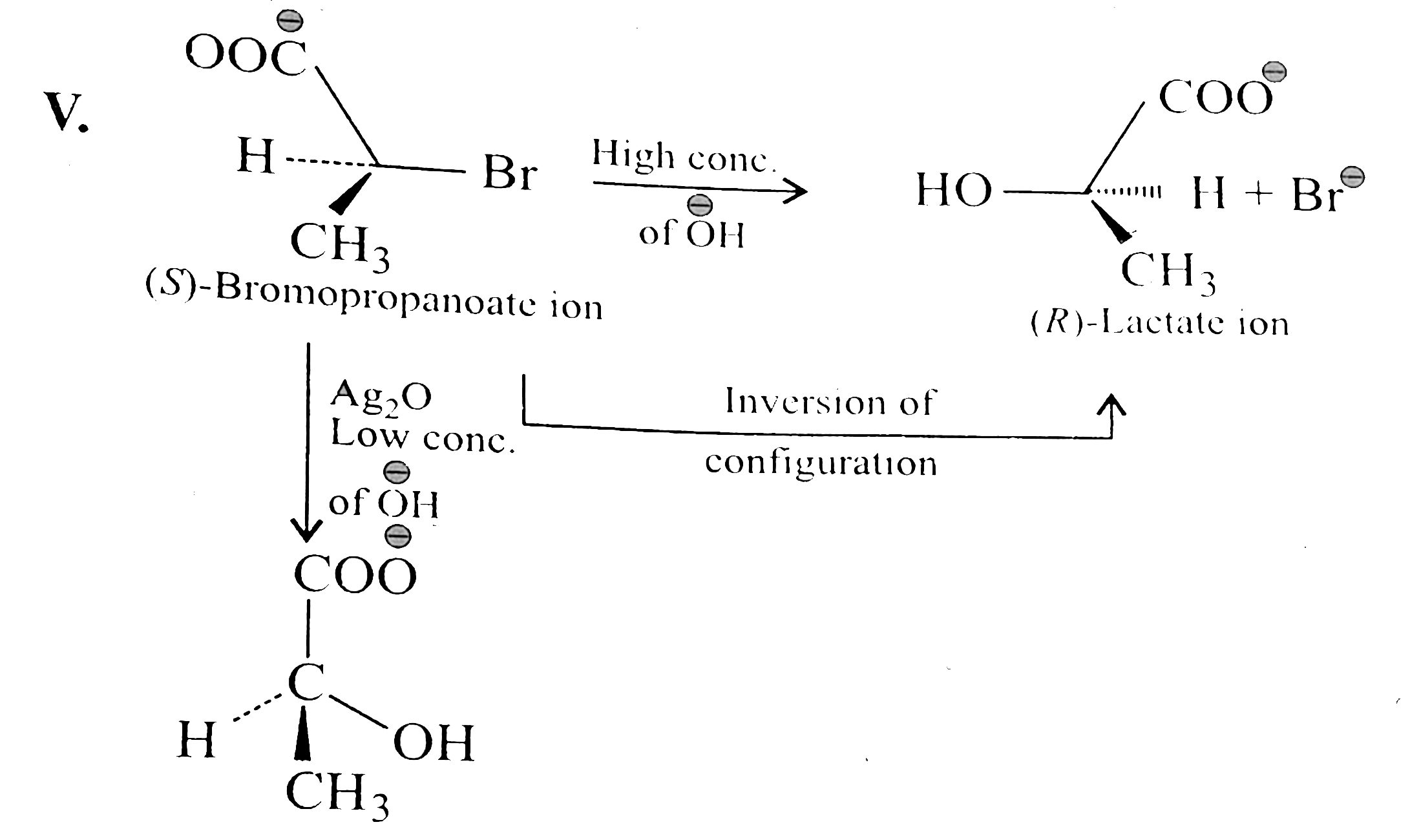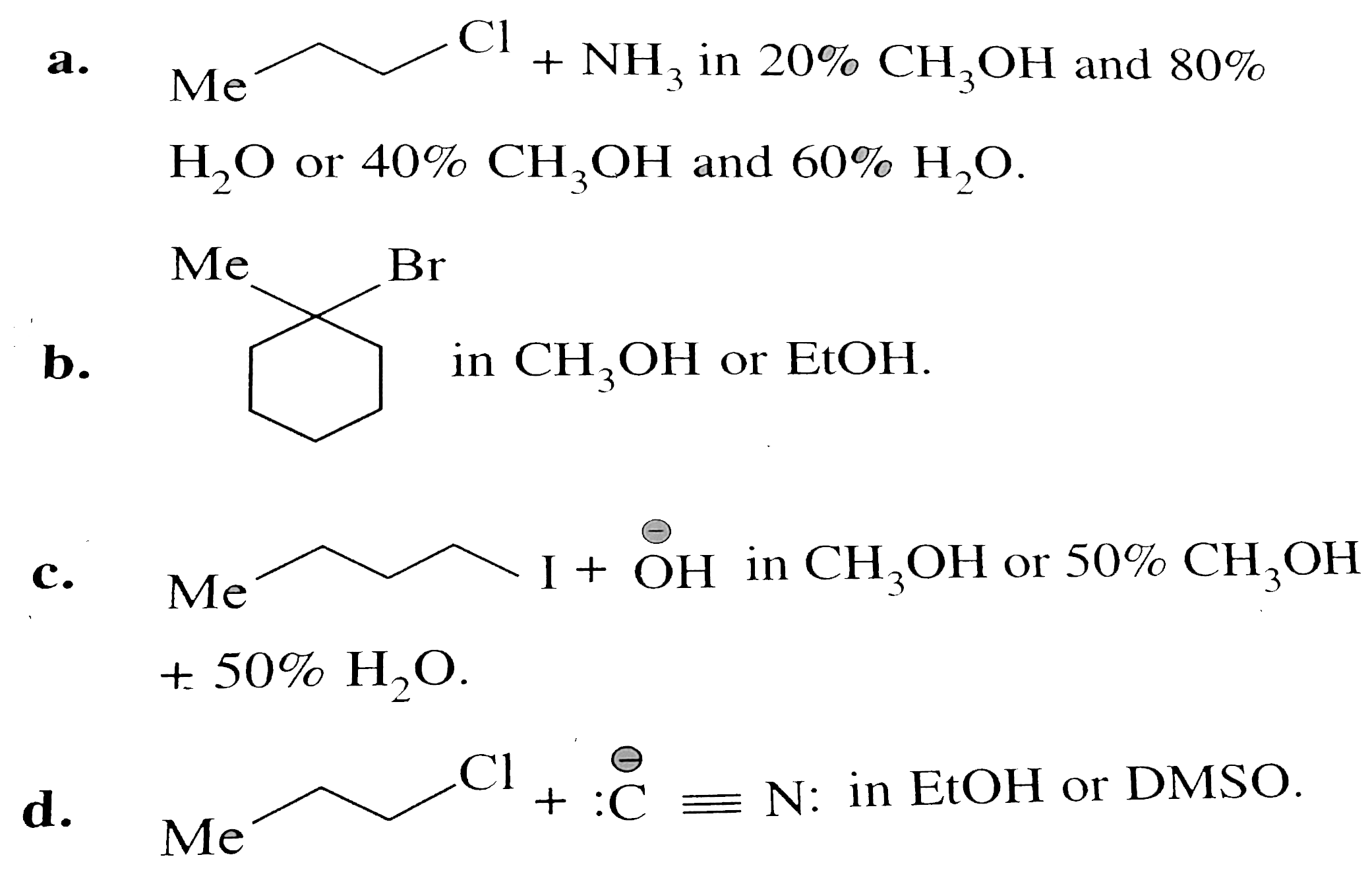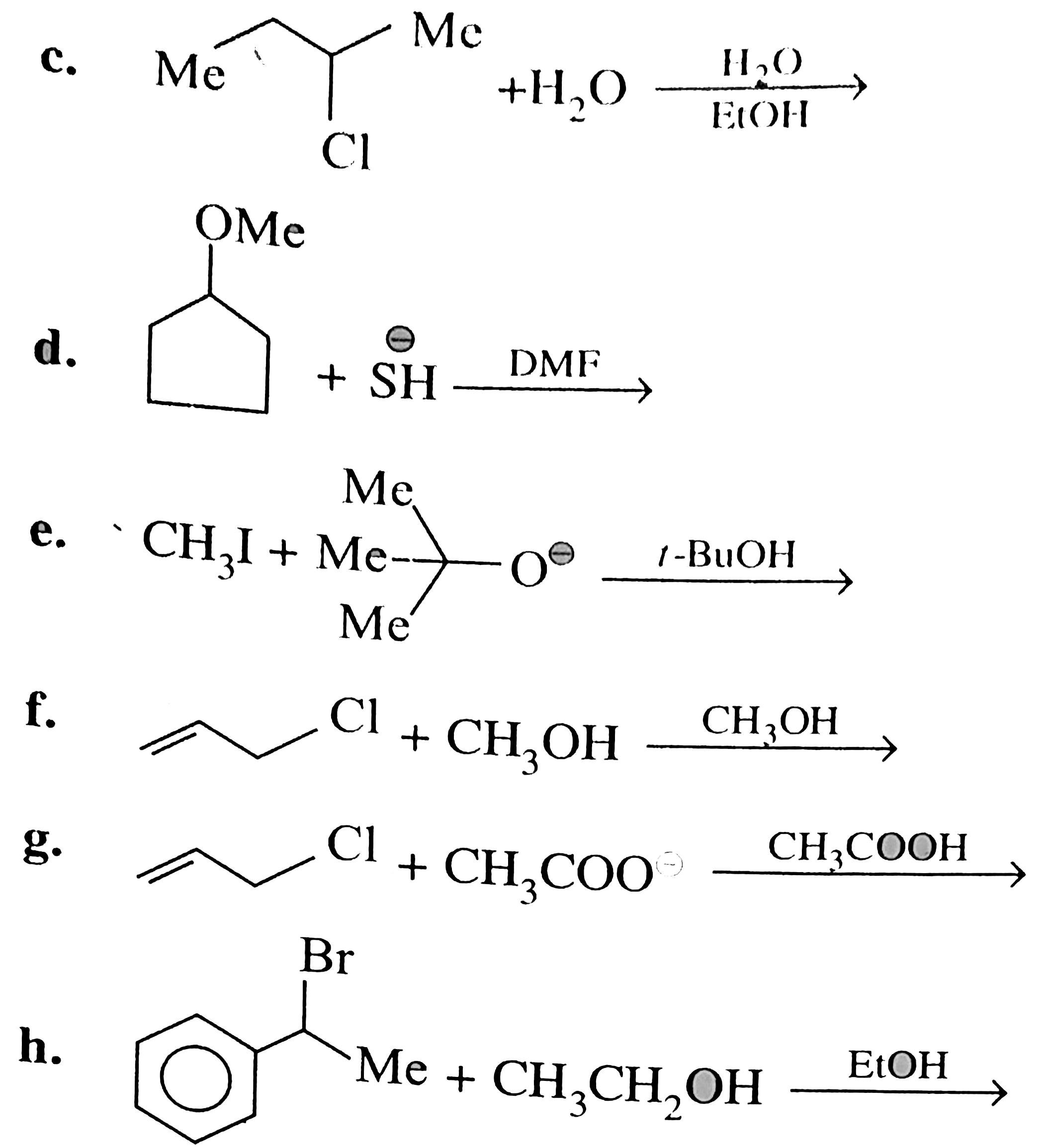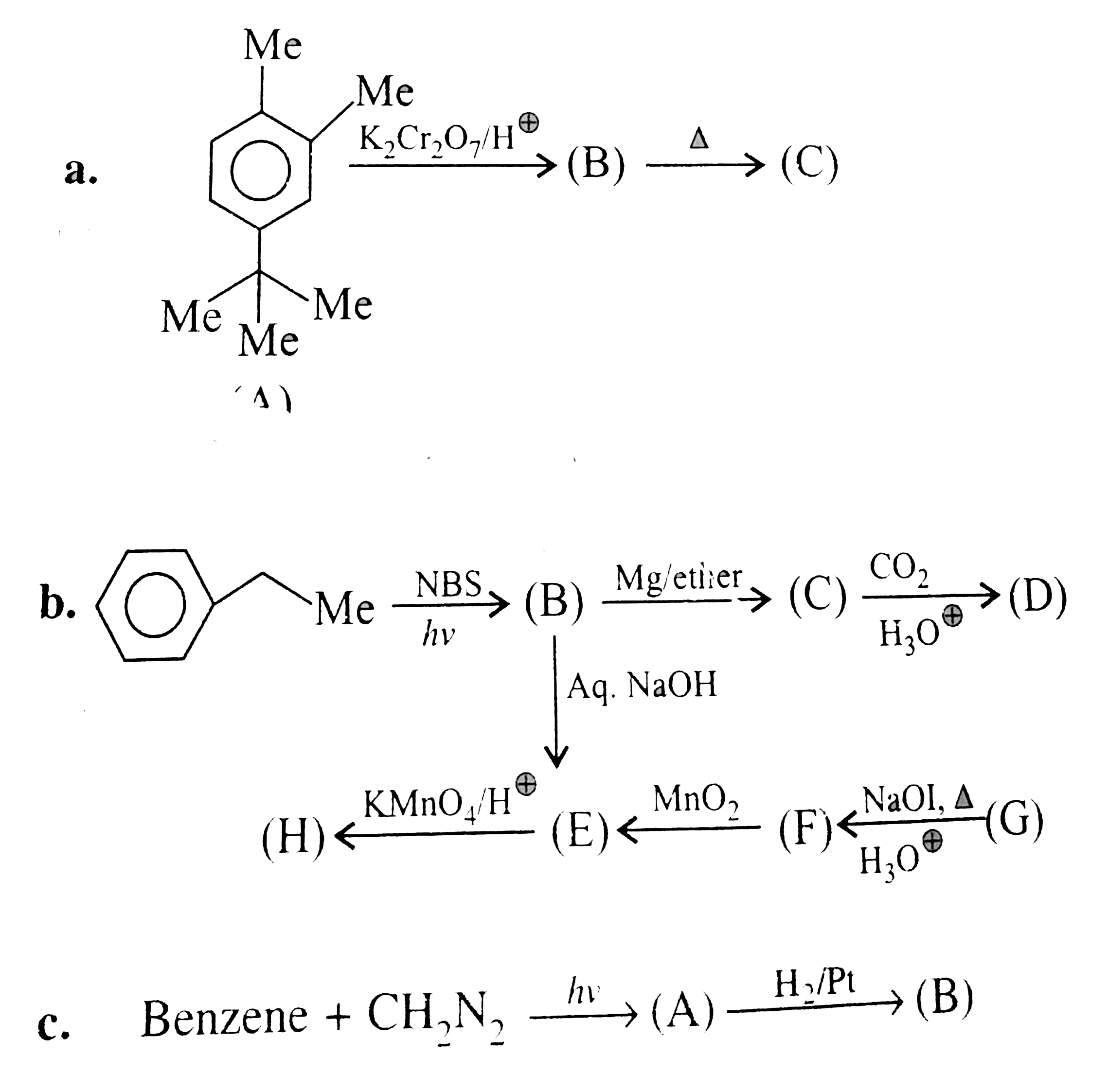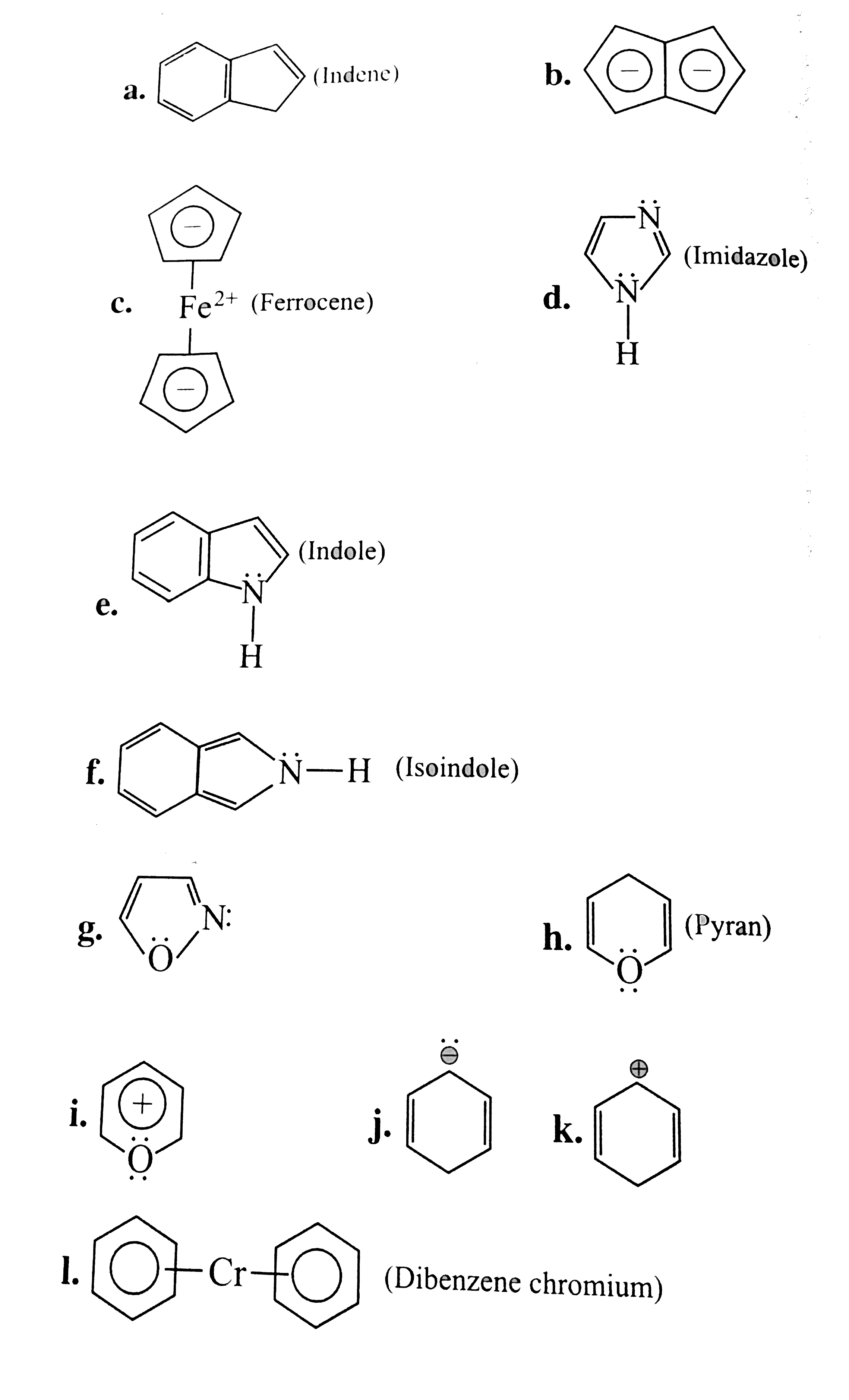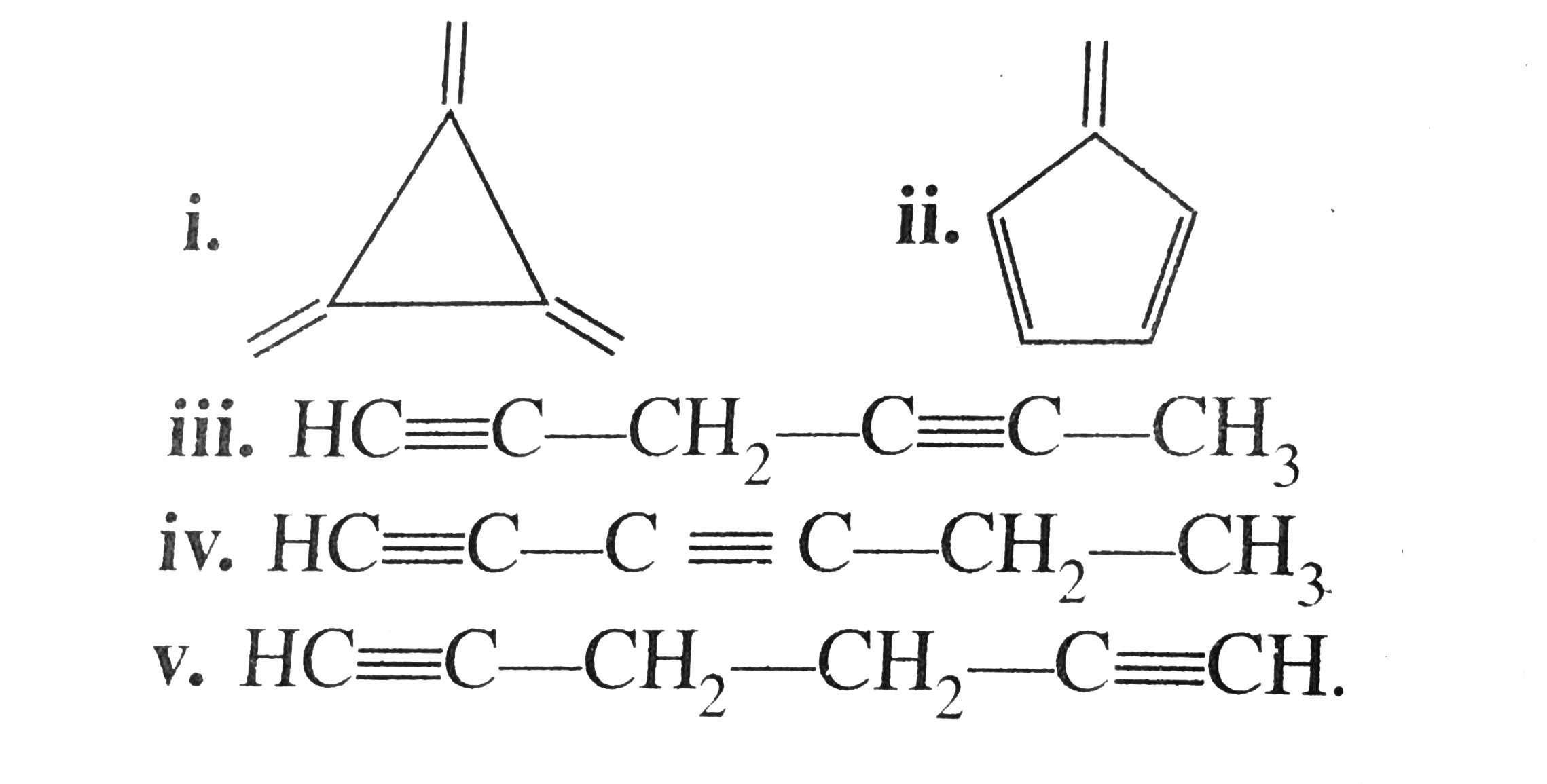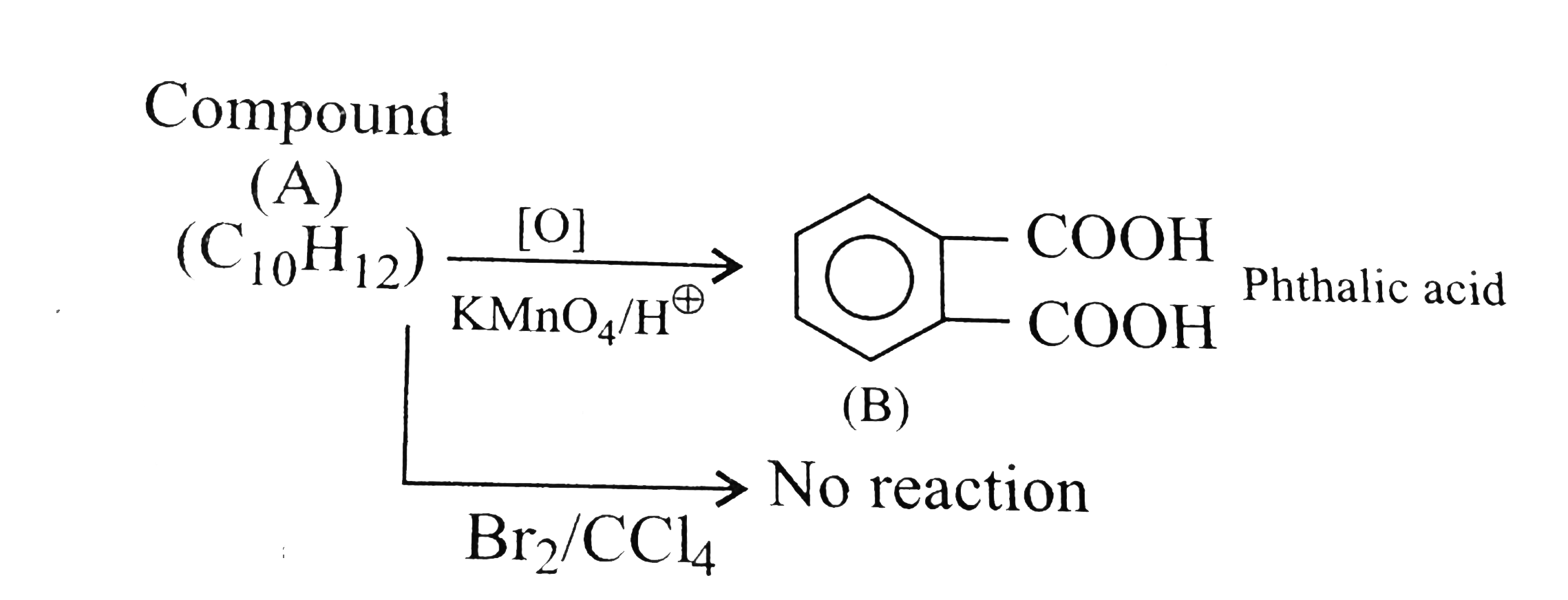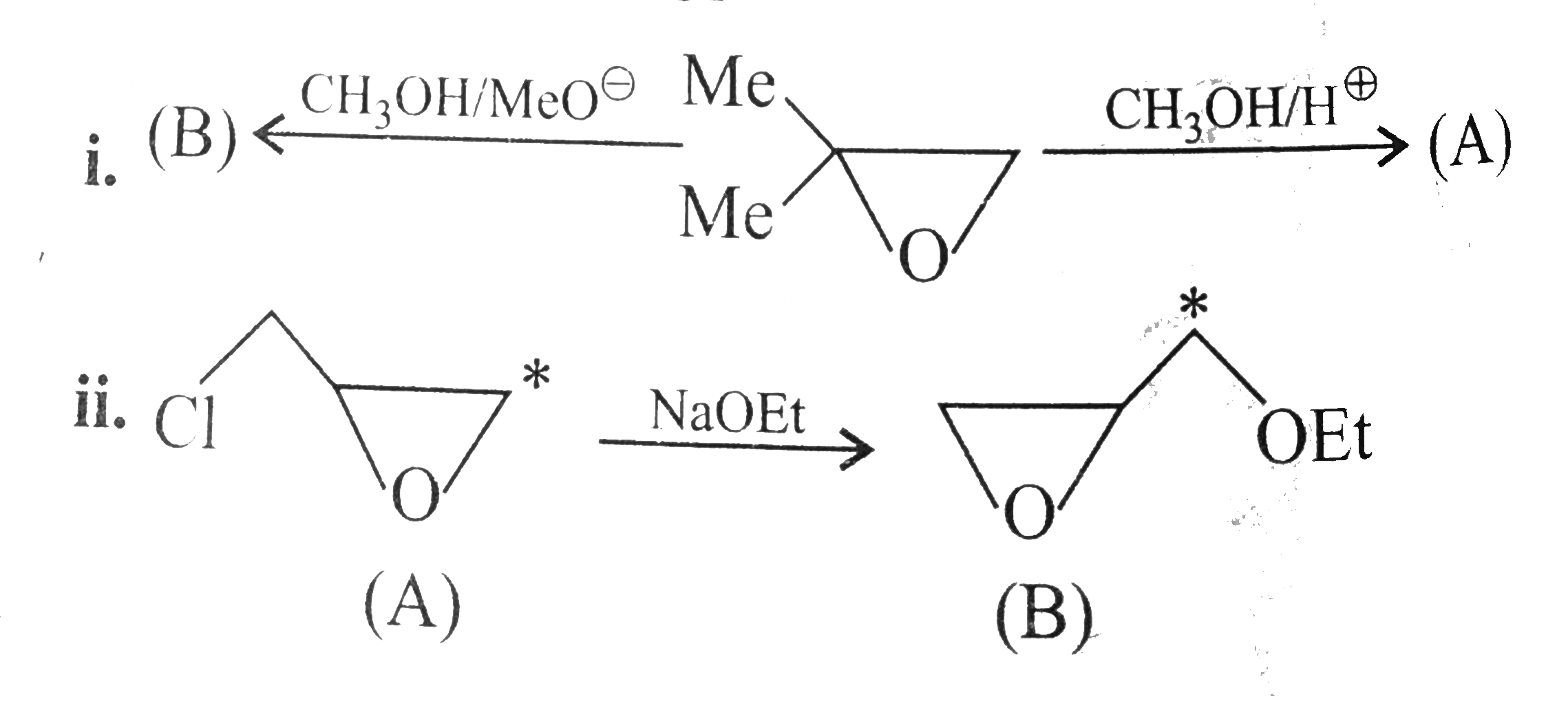Solved Examples from CENGAGE CHEMISTRY (ENGLISH) AROMATIC COMPOUNDS AND ALKYL AND ARYL HALIDES for Class 12
| Class 12 | CHEMISTRY |
| Chapter | AROMATIC COMPOUNDS AND ALKYL AND ARYL HALIDES |
| CENGAGE CHEMISTRY (ENGLISH) | Solved Examples |
| Medium | English |
| Academic Year | 2023-2024 |
Question 7
a.
7− Bromocycloheptraiene (tropylium bromide) completely dissociates in water and gives a yellow precipiate of AgBr with AgNO3. Why?
(b) Why is cyclopentadiene (Ka=10−15) much more acidic than 1,3− cyclohexadience?
C. Explain the following 1,3,5-cycloheptatrience through a cycle, planner triene with six π→e's is not armoatic, whereas tropolone behaves like a phenol.View SolutionQuestion 17
a. Why are ¯e donating groups, such as (−NH2) (−OR), (−R)o− and p− directing towards SE reaction? Explain by an example.
b. Why are ¯e withdrawing groups, [such as (−NO2,(−SO3H),(−CN),(−COOH), etc].m− direection towards SE reaction? explain by example.
c. Although halogens are ¯e withdrawing yet they are o− and p− directing towards SE reaction. Why?View SolutionQuestion 18
Arrange the following compounds in decreasing order of their property as indicated:
a. Reactivity and orientation of (I) Ph−⊕S..−Et2 and (II) PhNO.
Activating effects of the following o,p− directions:
I. −Oo−.II,-OH,III.-NH_(2)IV.−NHCOCH3 V. −OCOCH3
c. Respectivity and orientation of I. PhOEt and II. PhSEt
d. Categories the following subsituents as:
I. Activating,
ii. Deactivating,
iii. o,p, or m− directing.
I.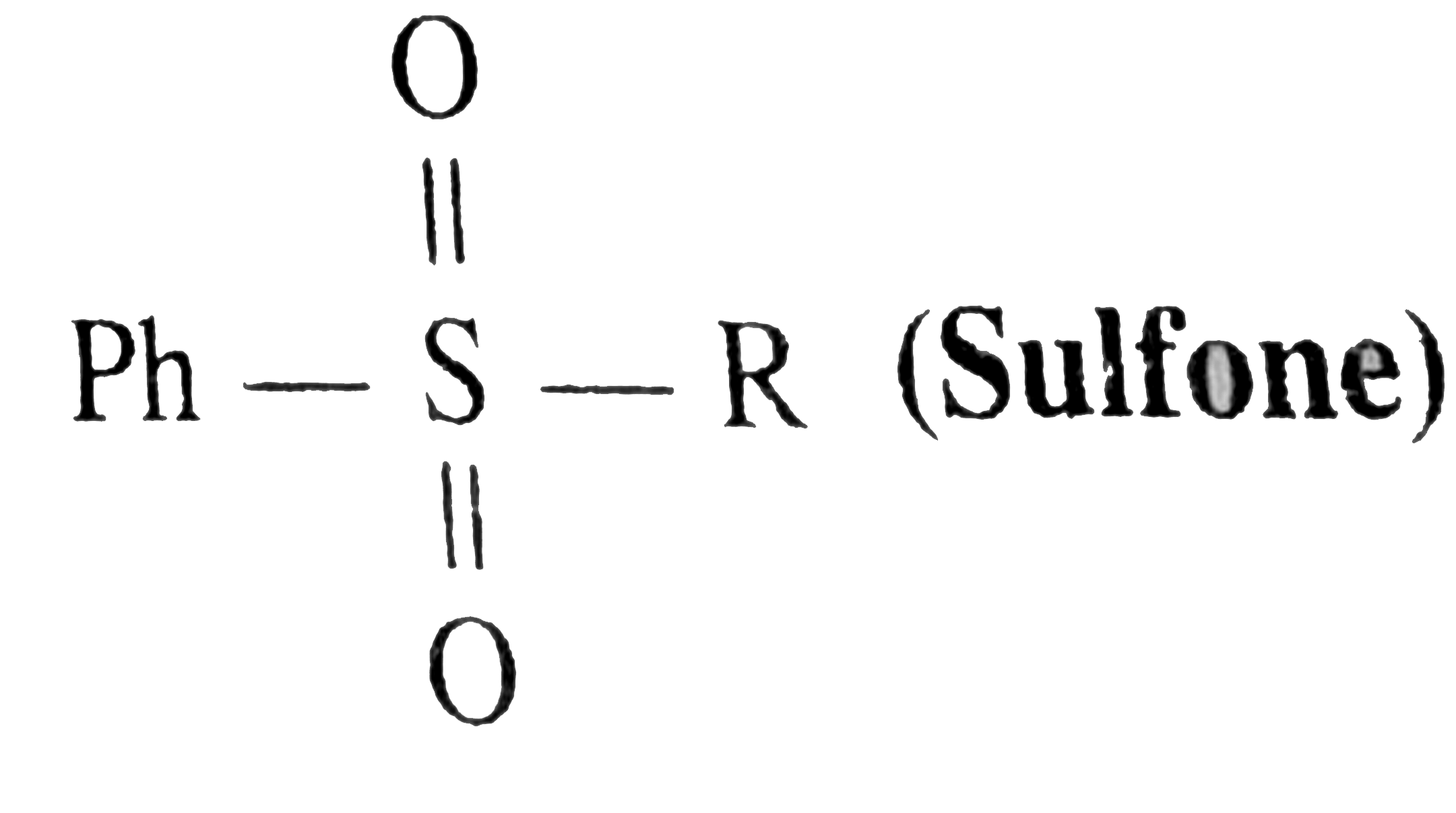
II.
III. Ph−..S−R
SE reactivty of:
I. PhNO, II.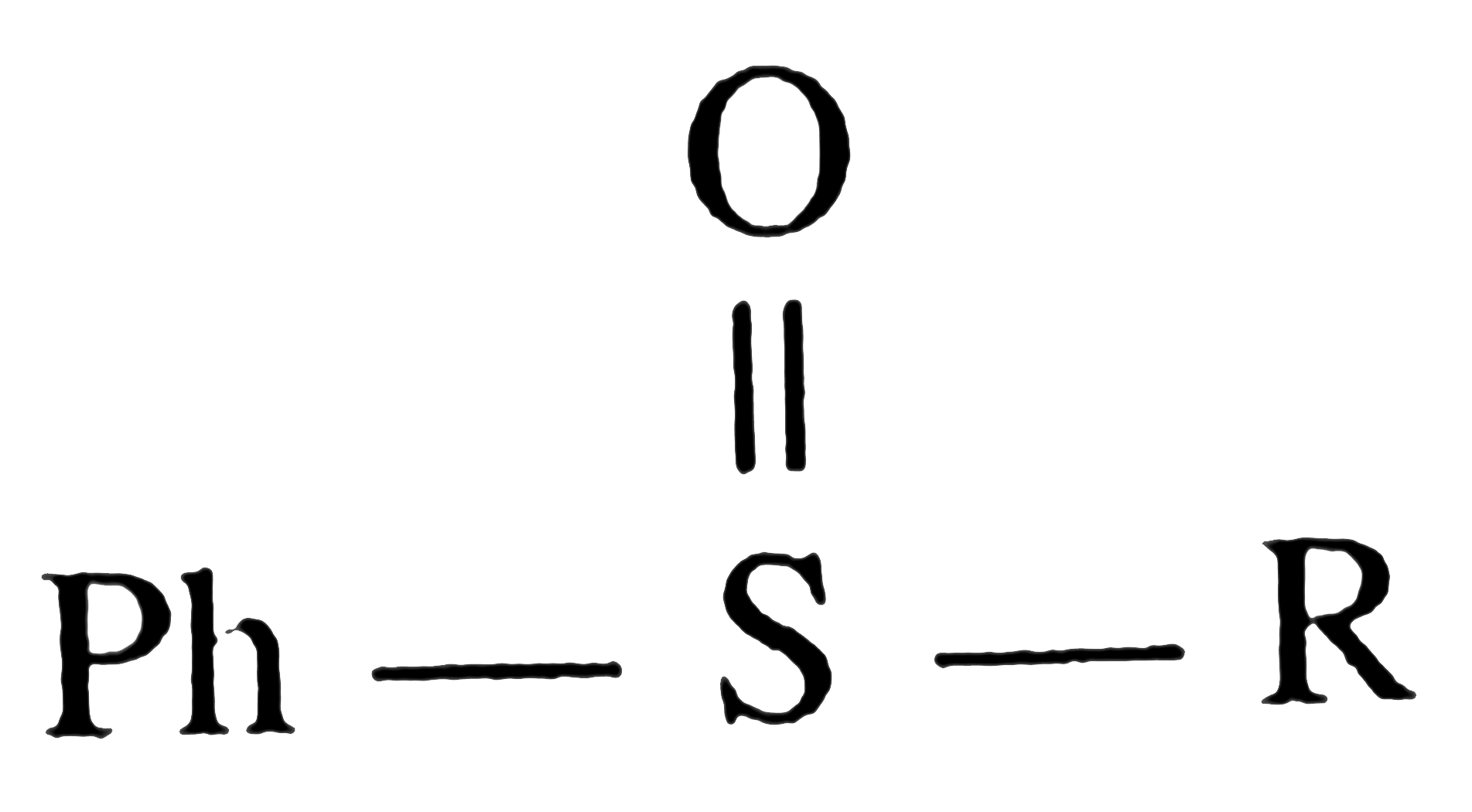
f. SE reactivity and orientation of:
1. PhF, II. PhCl, III. PhBr,IV.PhlView SolutionQuestion 23
a. Which of the following shows primary isotope effectgt
i. Nitration of benzene. ii. Halogenation of CH4. Iii. Alkene prepared by E.lcB mechanism.
b. Which of the following shows secondary isotope effect?
i. An alkene obtained by E.2 mechanism
ii. An alkene obtained by E.l mechanism
c. Which of the following examples of KH/KD (ratio of rate constant) is greater than 1.
i. PhCH2CH2Br adn PhCD2CH2Br towards de-hydrohalogenation by strong base.
ii. Conservation of:
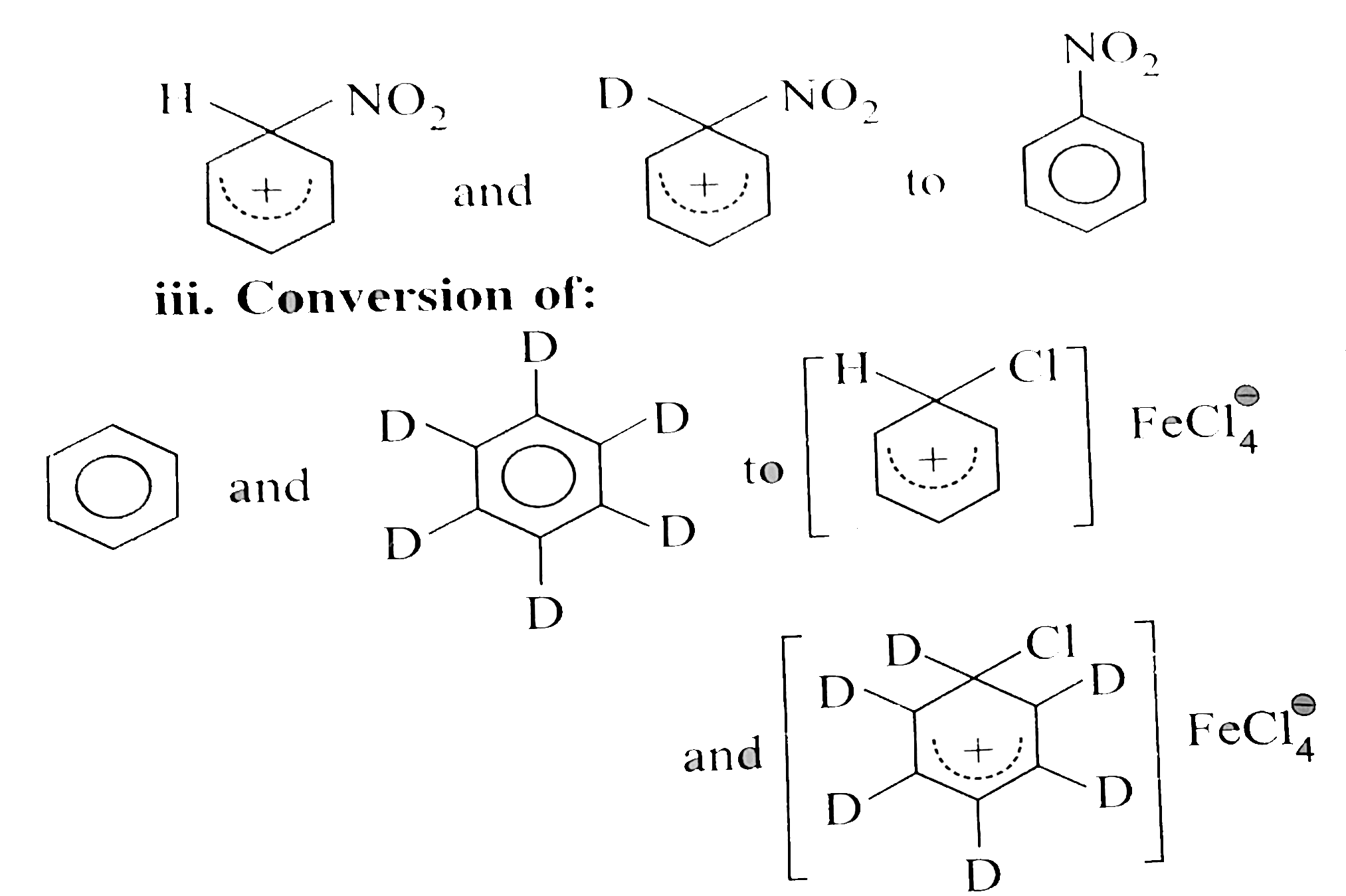
iii. Conservation of:
 View Solution
View SolutionQuestion 25
a. In the F.C. Alkylation with alkene, why is HF, not HBr, used? How does HF at high temperature effect the dealkylation process?
In Illustration 11.24 in the conversion of (I) to (II), why dows alkylation take place at 2 and 6 positions rather than at 3 and 5 positions?
c. Expain which product (I) or (II) is formed and why.
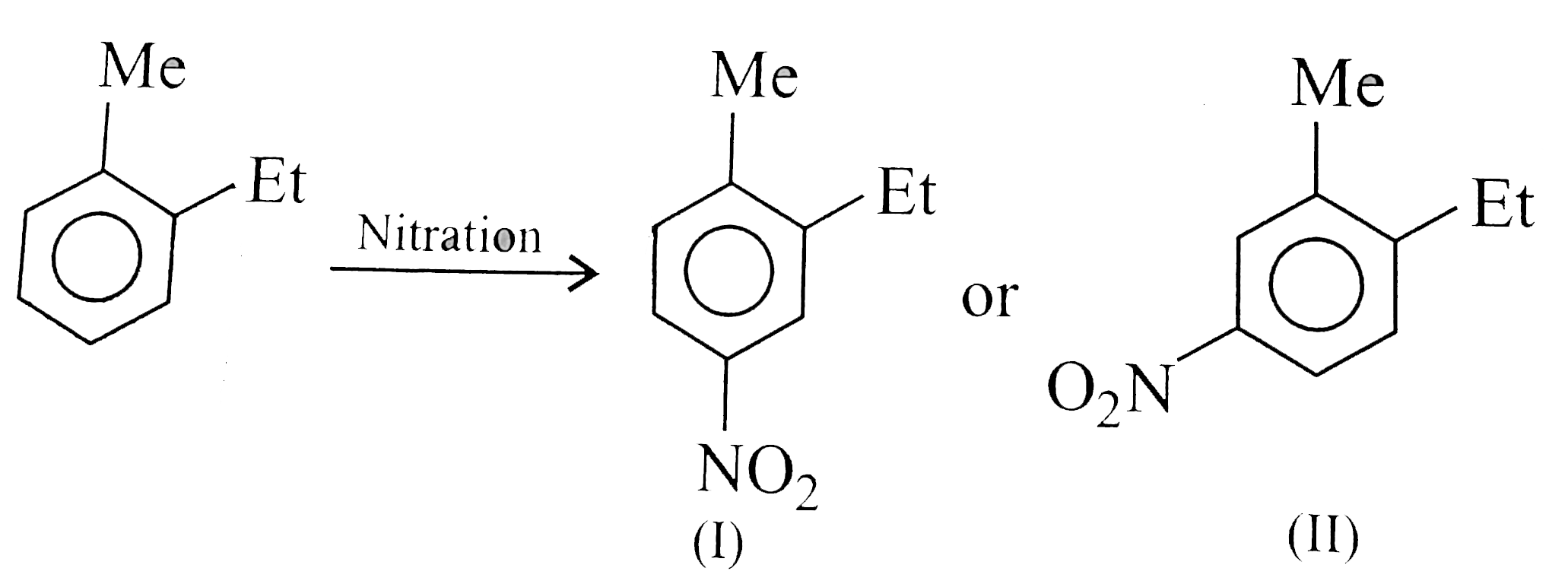
d. What is the depreesion in freezing point of 1m soultion of nitrating mixture (Kf=xK,kgmol−1)?View SolutionQuestion 28
For dofferemt reactions of H2SO4 with (i) HNO3 and (ii) HClO4,
a. Write the equactions for the recactionsand identify the conjugate acids and bases:
b. Expain the different behaviours of H2SO4
II. Nitrobenze can be prepared from benzene by using a mixture of conc. HNO3 and conc. H_(2)SO_(4) In the nitrating mixture, HNO3 acrs are:
a. Base, b. Acid
c. Reducing agent, d. Catayst
III. Among the following statements on the nitraction of aromatic compounds, the false one is:
a. The rate of nitration of benzene is almost the sameas that of hexadeucterobenzene.
b. The rate of nitration of touene is grater than that of benzene.
c. The rate of nitration of benzene is greater than that of hexadeuterobenze.
c. The rate of nitration of benzene is greater than that of hexadeuterobenezene.
d. Nitration is an electrophillic subsitution reaction.
IV. Select the correct alternatice(s).
The following reaction occurs in a mixture of conc. HNO3 and cnc. H2SO4 as:
HNO3+2H2SO4→NO⊕2+2HSO⊕4+H⊕3
Which of the following statements about this reaction is correctgt
a. Nitric acid acts as a base.
b. Sulphuric acid acts as a base.
Sulphure acid acts as a dehydrating agent.
d. Addition of H2O will reduce the NO⊕2 concentration.
e. HNO3 and NO⊕2 are conjugate acid-base pair.View SolutionQuestion 32
Answer the following species (I−IV) according to the decreasing order of potential energy.
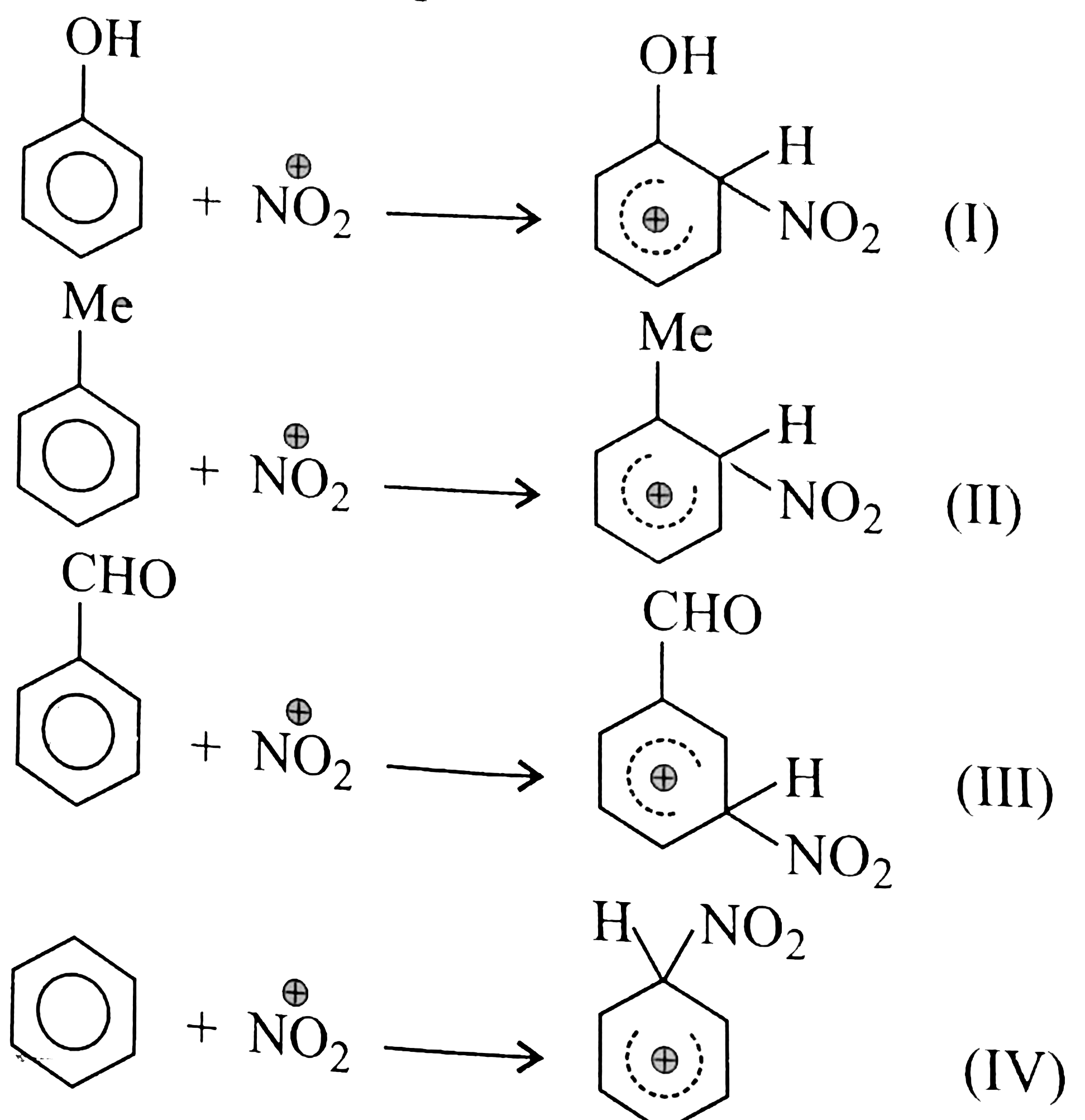
b. Which of the following resonance structures is/are wrong?
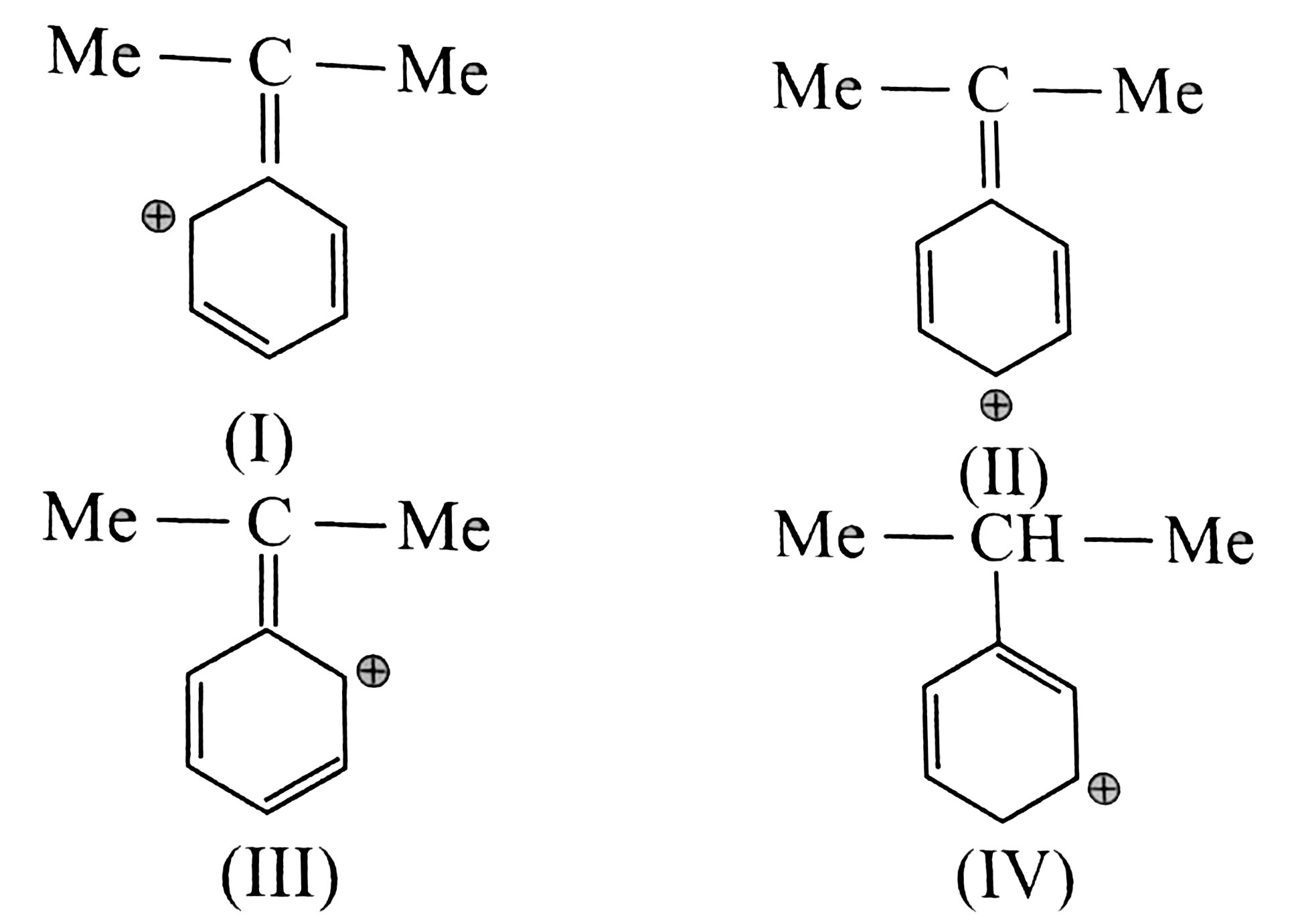
c. Which of the following is/are stable resonating structures?

d. Whichof the following is/are least stable arenoinum ion ?
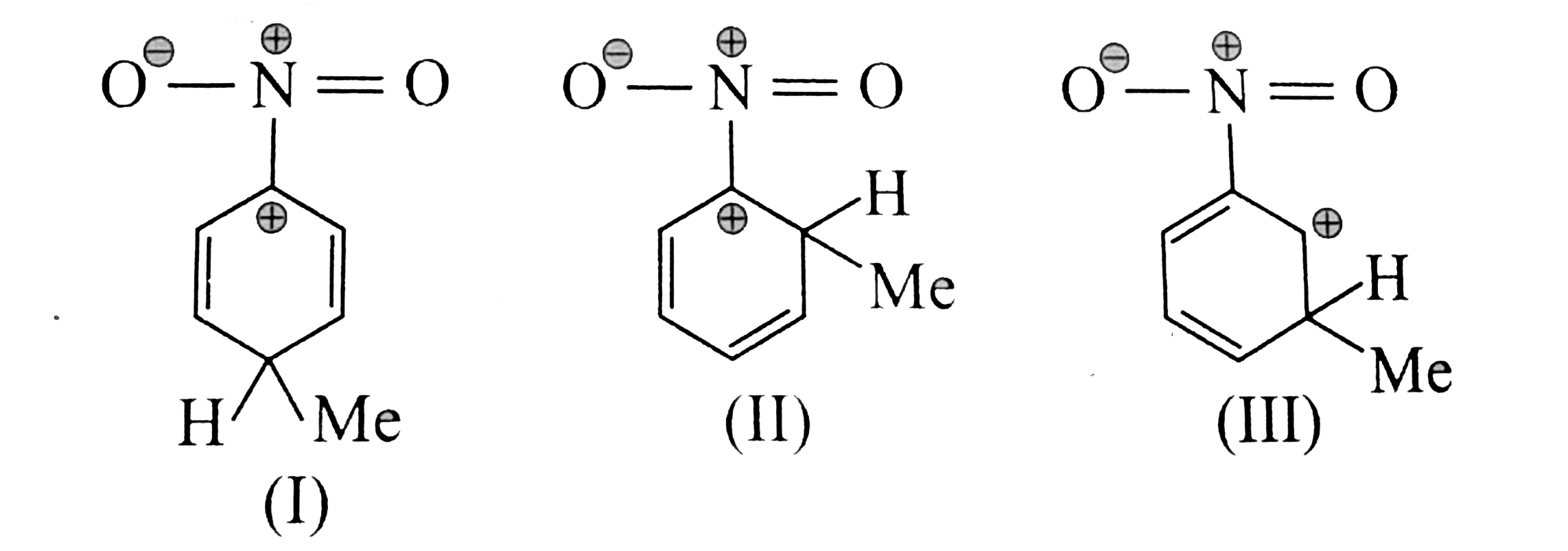 View Solution
View SolutionQuestion 39
(a)Azulene has an appreciabel dipole moment.Write the reasonance structure that explains the dipole moment and its aromaticity.
(b)In the cse of halogen-substituted azulenes,a halogen atom onC−6can be displace bynucleophile while one onC−1is unreactive towards nucleophile .Rationalise this differemce in behaviou.View SolutionQuestion 41
(a)Me3CH2CH(Cl)Ph., (b)MeC(Et)2CH2Cl
(c)MeCH=C(Br)CH2Me2,(d)m−ClC6H4CH2CHMe2
(e)p−I−C6H4CH(Me)Et (f)p−FCH2C6H4CH2Cme3
(g)MeCH=CHC(Cl)Me2,(h)MeC(Br)(et)Et
(i)MeCH=CHc(Cl)Me2,(j)EtC(Me)2CH2Br
(k)Me2CHCH(Br)Me ,(L)BRCH2C≡CH2Cl
(m)CHF2BrClF ,(n)(CBr_(3))_(3)CBr)<br>(o)MeC(p-BrC_(6)H_(4))_(2)CH(Cl)Me,(p)Me_(3)CCH=ClC_(6)H_(4)Cl-mView SolutionQuestion 42
Write the stick,condensed and bond line structure of the following compounds:
a.4−tertButyl−3−chloroheptane ,b.2−(2−Bromophenyl)−1−chloro octane
c m-Bromochlorobenzene d Perchlorobenzene
e.1−Bromo−4−ethyl cycohexane .f2-Fluoro−3−methyl pentane
1-Chloro−4sec butyl−2methyl benzene ,1,4−Dichloro but−2ene
i4−tert-Butyl−3−fluoro heptane ,j1iodo−4−ethyl cyclohexane
k2−Fluoro−3−methyl pentaneView SolutionQuestion 45
a. Assign orientation to the three chlorotounes with μ=1.3,1.78, and 1.9D.
b. Assign orientation to the three chloronitrobenzens with μ=2.5,3.1, and 4.3D
c. Which has higher μ:(1)<br><imga≤ocr_imageload∈g=lazysrc=https://d10lpgp6xz60nq.cloudfront.net/physics_images/KSV_CHM_ORG_P2_C11_S01_045_Q01.pngwh=80%mx-autosty≤=background:white;>orII.PhBr?View SolutionQuestion 48
a. An armatic compound (A)(C7H8O) on reaction with Br2+H2O gives a white ppt. of compound (B)(C7H5Obr3). Compound (C), an isomer of (A) also gives the same reaction and gives a white ppt. of compound (D)(C7H5OBr3). Compound (C) is insoluble in NaOH. identify (A),(B),(C) and (D).
b. I. Starting from C6H6 and C6H5OH, synthesise phenyl 1−2,4− dinitrophenyl ether (B).
II. Could we have first prepared and then nitrated Ph2O ?
c. 4− Chlorobutanol ᶱOH−−−−−→(A)→(B)+Cl
d. HOCH2−CH2−CH2OHConc.H2SO4−−−−−−−−−−→160−170∘CView SolutionQuestion 50
a.Complete the following:
b.
Identify all the possible products. Give the major product and racnk the products in decreasing order of reactivity with NBS.
c.
Indentify all the possible products. Give teh major products and list them in decreasing order of reactivity with Me3CoCl.View SolutionQuestion 51
a.Explain the following
a. Dipole moment of CH3F is 1.85D and that of CDF is 1.86D.
b. 8− Hydroxy quinoline can be separarted from 4− hydroxy quinoline by steam disillation:
c. The boiling point of (C2H5)S>(C2H5)2O.
d. The pKa of o− fluorobenzoic acid (I) is 4.14, wheraes that of p− chlorobenzic acid (II) is 3.99.
e. Glycine exists as zwitterion , but PABA does not.
f. Write teh structure of carbocation produced on treatment of a compound (A)(Ph2CHC(OH)Me2) with SbF5/SO2.View SolutionQuestion 52
a. The dipole moment of HBr is 2.6×10−30C.m and intertomic spacing is 1.41Å. What is the percent ionic character of HBr ?
b. A diatomic molecule has μ=1.2D. Its bond distance is 1.0Å. What fraction of electronic charge exists on each atom ?
c. In water, (H−O−H) bond angle is 105∘. The distance between (O−H) is 0.94Å.μ of H2O=1.85D. Determine the magnitude of the charge on the oxygen atom in water molecule and hydrogen atom.
d. Bl3 is a symmetrical planner molecule, all the (B−1) bonds lie at 120∘ of each other. The distance between the I atoms is 3.54Å. THe Estimate the covalent radius of boron. e. Calculate the dipole moment of the following compound:
 View Solution
View SolutionQuestion 53
Complter the following:

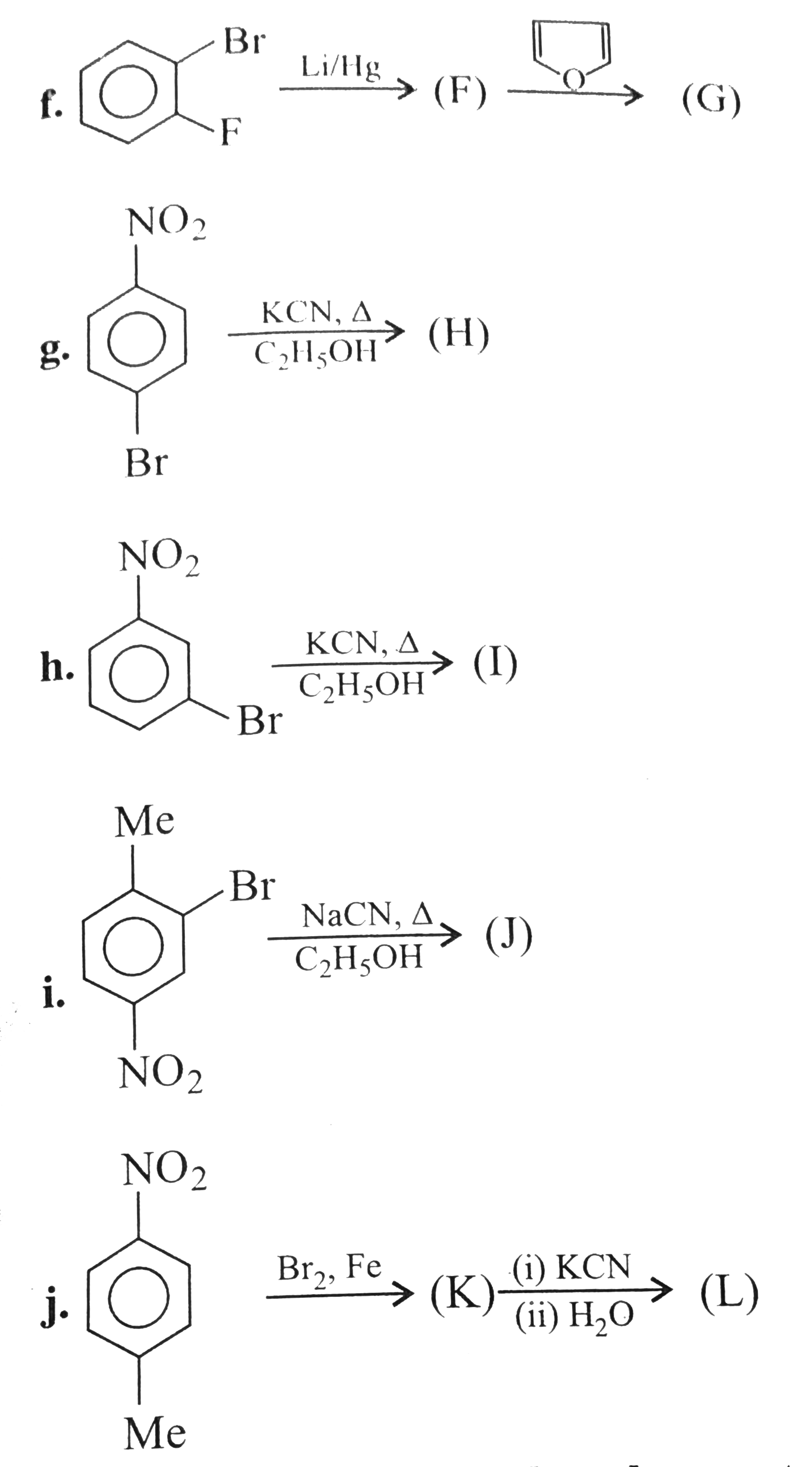
II. Which of the folliwng has the greater Ka value?
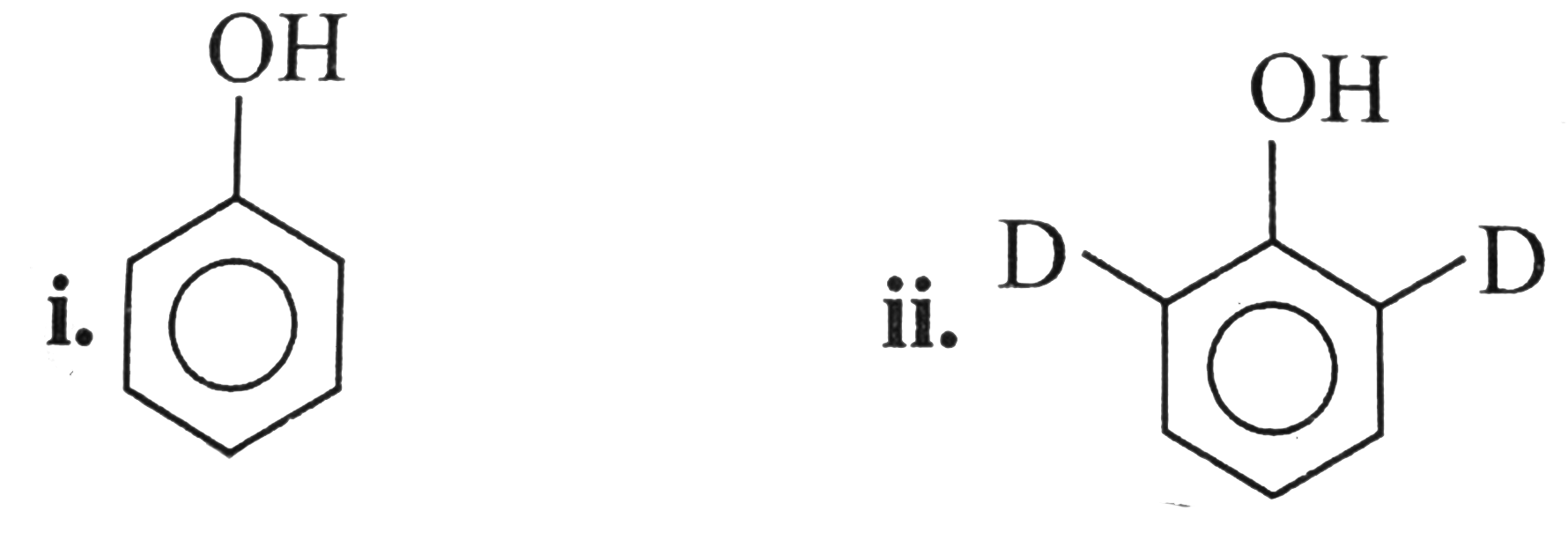
III. Which of the carbonyl groups in (a) and (b) protonate more readialy in acid solution and why ?
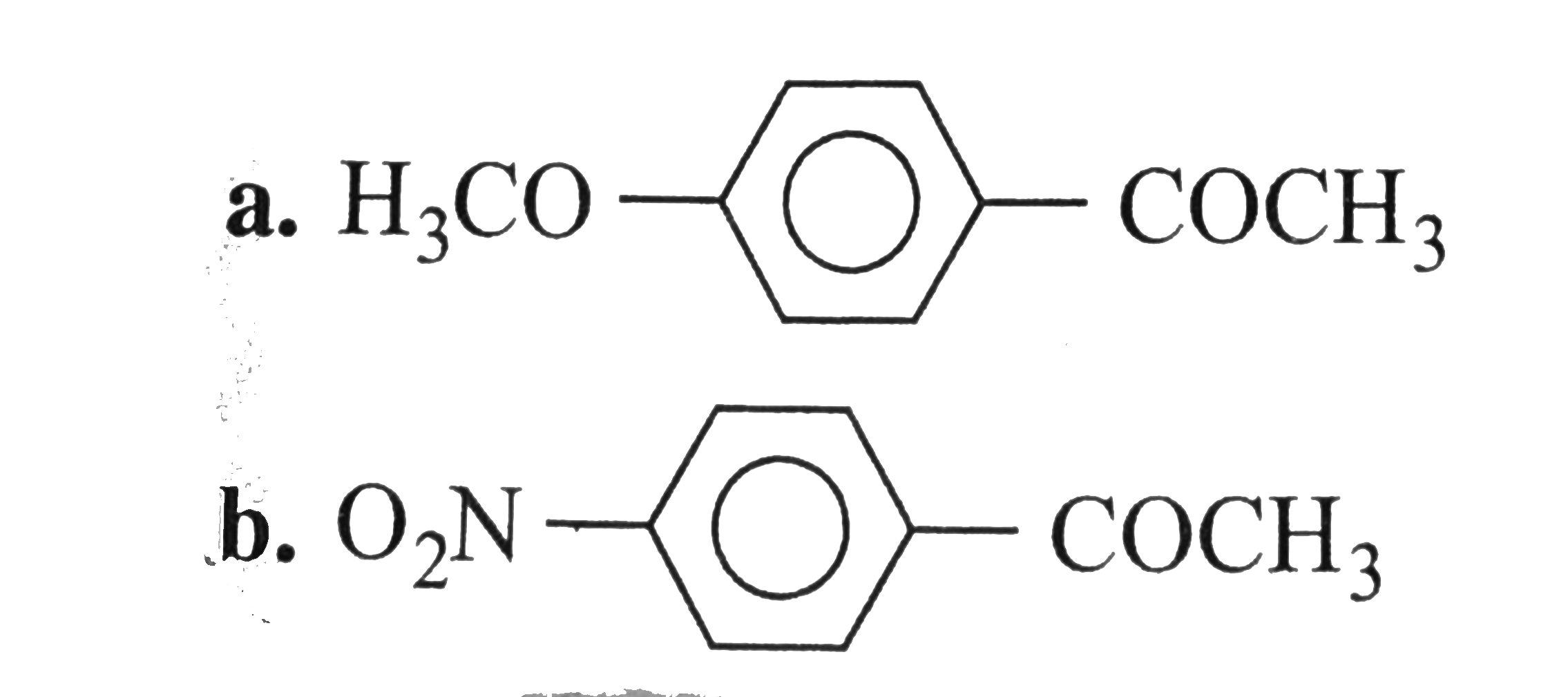
IV. When a trace of KNH2 is added to a solution of chlorobenzene and potassium triphenyl mehide (Ph3CᶱK⊕) in liquid NH3, a rapid reaction takes place to yield a product of formula C25H20. What is the product? What is the role of KNH2) and why is it needed?View SolutionQuestion 54
a. Indicate whether the following are SN−1,SN−1,E1, or E2
1. (CH3)3CBr+C2H5OH at 60∘→(CH3)3C(Major)−OC2H5+(CH3)C(Minor)=CH2
2. CH3CH2CH2Br+LiAlH4→
3. CH3CH2Br+Cl+Iᶱ→
4. (CH3)3CBr+CNᶱ(Etanol)→
5. CH3CHBr−CH3+ᶱOH(H2O)→
6. CH3CHBr→CH3+ᶱOH(Ethanol)→
7. (CH3)3CBr+H2O→
b. Give teh decreasing order of reactivity of the alkaline hydrolysis of the following alkyl halides towards (1) SN−1 (2) SN2 and (3) in the presence of AgNO3:
i. (CH3)2C(Br)−C2H5 ii. C5H11Br.
iii. C2H5CH(Br)C2H5.
c.
d. Give teh decreasing order of reactivity of alkaline hydrolysis of the followong halides towards SN−1:
1. MeCl, ii. PhCH2Cl, iii. Oh2CHCl, iv. Ph3Cl
2.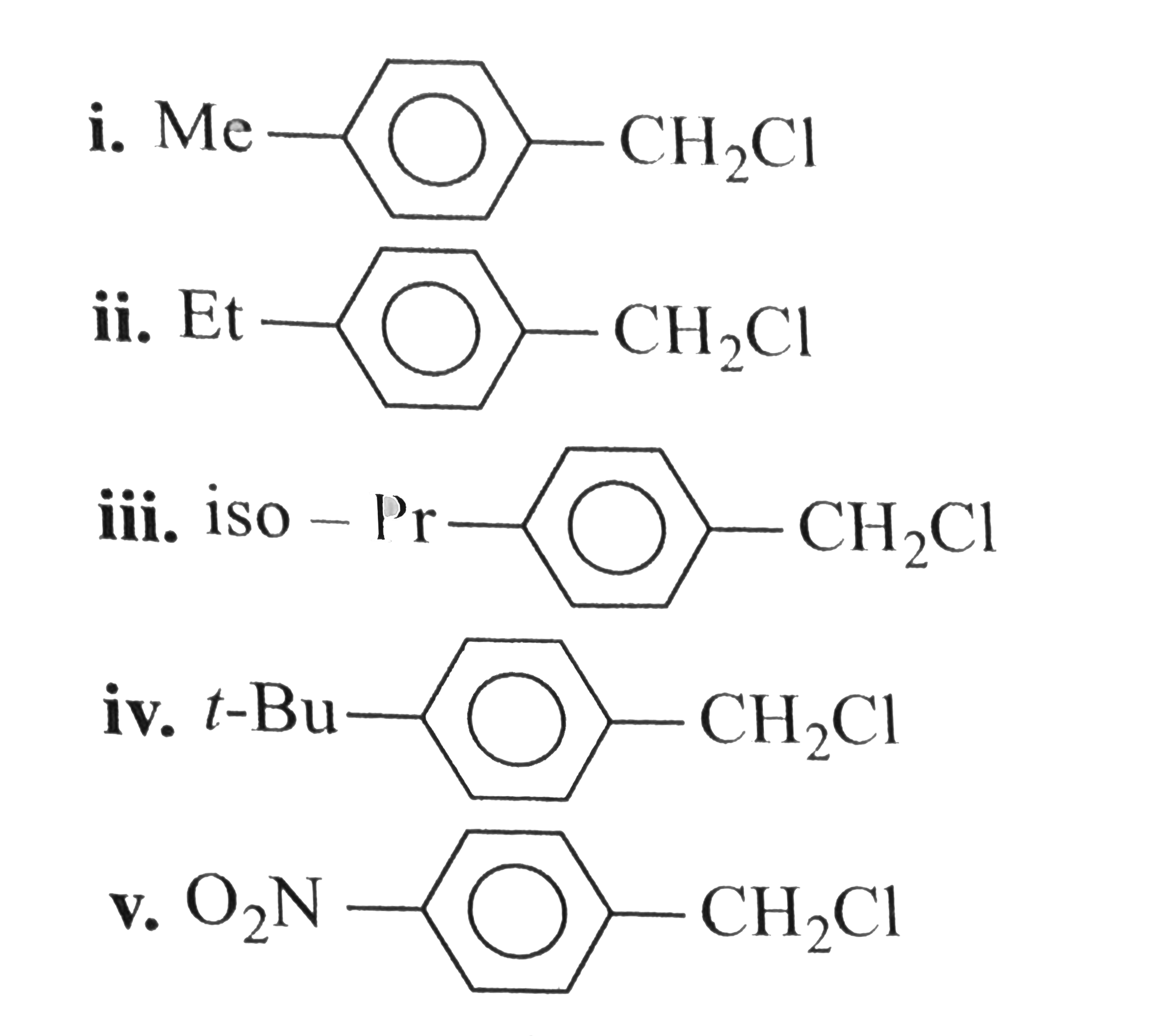
e. Determine the relative SN−2 reactivity with NaCN in aprotic DMSO of the following alkyl halides:
1. i. CH3CHClCH2CH3
ii. CH3CHBrCH2CH3
iii. CH3CHlCH2CH3
2. iv. CH3CH(CH3)CH2CH2I
v. CH3CH(CH3)CHICH3
vi. CH3CI(CH3)CH2CH3.
3. vii. 4− Bromo 1,1− dimethylcyclohexane
viii. 1− Bromo -cis or trans−1,4− dimethycyclohexane
ix. cis or trans −2− Bromo-cis−1,3− Dimethyl-cyclohexane
f. Optically pure (+)−2− bromoctane, [α]=+36∘ reacts with aq. NaOH in actone to give opstically pure (−)−2− octonal, [α]=−10.3∘. With partically racemised bromo compound whose [α]=+30∘, the [α] of alchold product is −6.0∘. Cacualte:
1. The percentage optical purity of partically racemised bromo compound and alchocol,
2. the percentaage of inversion and racemission, and
3. the percentaage of frontside and backside attack.
g. Compare teh rates of SN−1 and SN−2 reactions of:
1. Cycloprophyl and cyclopentyl chloride
2. Vinyl chloride
h. Arrange the following in the order of decresing basically:
1. Fᶱ, 2. overset(ᶱ)(O)H3.ᶱNH2, 4. CᶱH3
a. 4>3>2>1, b. 1>2>3>4,
c. 2>1>3>4, d. 3>2>1>4
i. Arrange the following in the order of decresing nuclepphillic character:
1. H2O, 2. ᶱOH, 3. CH3Oᶱ, 4. CH3COOᶱ
i. 2>3>4>1, ii. 3>2>1>4
iii. 1>4>2>3, iv. 4>1>2>3
j. Arrange the following in teh decreasing order as a leaving griup in substitution reaction.
1. CH_(3) CO overset(ᶱ),2.C_(6) H_(5)O^(ᶱ)<br>C_(6)H_(5) SO_(3)^(ᶱ),4.CH_(3)O^(ᶱ).<br>a.3gt1gt4gt2,b.3gt1gt2gt4<br>c.3gt2gt1gt4,d.4gt2gt1gt3<br>k.Theorderof≤av∈ggrouabilityforthefollow∈gis:<br>1.-OAc,2.-OMe<br>3.-OSO_(2)Me,b.4.-OSO_(2) CF_(3)<br>a.1gt2gt3gt4,b.4gt3gt1gt2<br>c.3gt2gt1gt4,d.2gt3gt4gt1View SolutionQuestion 55
Explain why solvolysis (where the solvent is nucleophillic) appears to follow a first-order rater law, rather than a secound order.
II. Complete the following:

III. Predict the product of each SN2 reaciton Insicate sterochemistry where apporopriate.

IVgt Why is PhOᶱ a weaker nucleophile than ROᶱ ?View SolutionQuestion 56
I. 5− Chloro−1.3− cylopentadience undergoes SN−1 solbolysis in the persence of Ag' ion slowly, even though chlorine is doubly allylic, and allylic halides normally ionise reasily. Expalin.

IV. 1− Choloro −2− (dimethylamino) propane (A) after standing for several weeks in a sealed contaniner changes to 2− chloro −1− (dimethylamino) propane (B). Explain.
V. Give the major major products of the following elimination reactions:
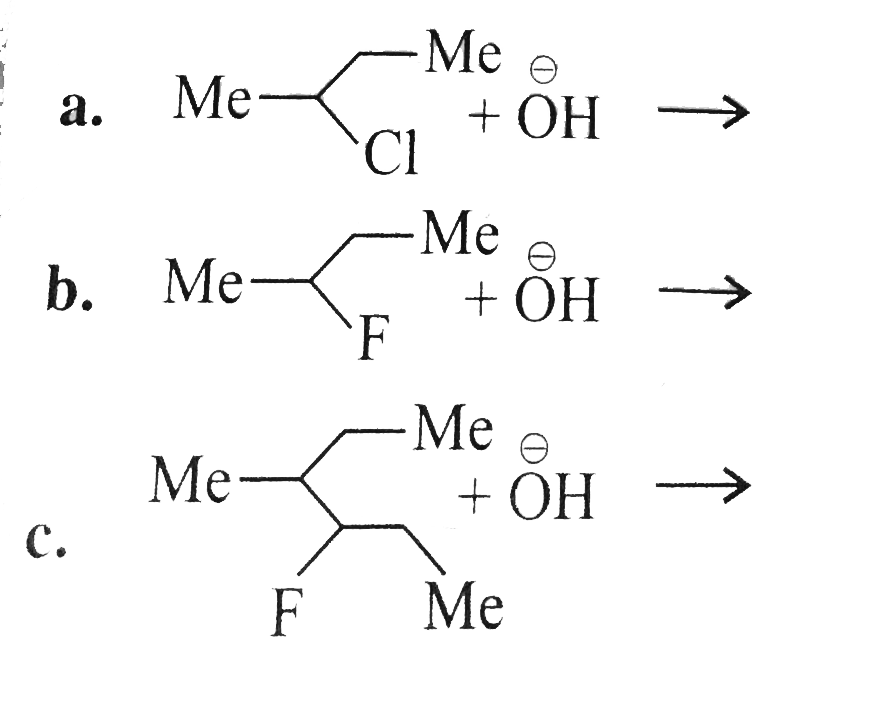
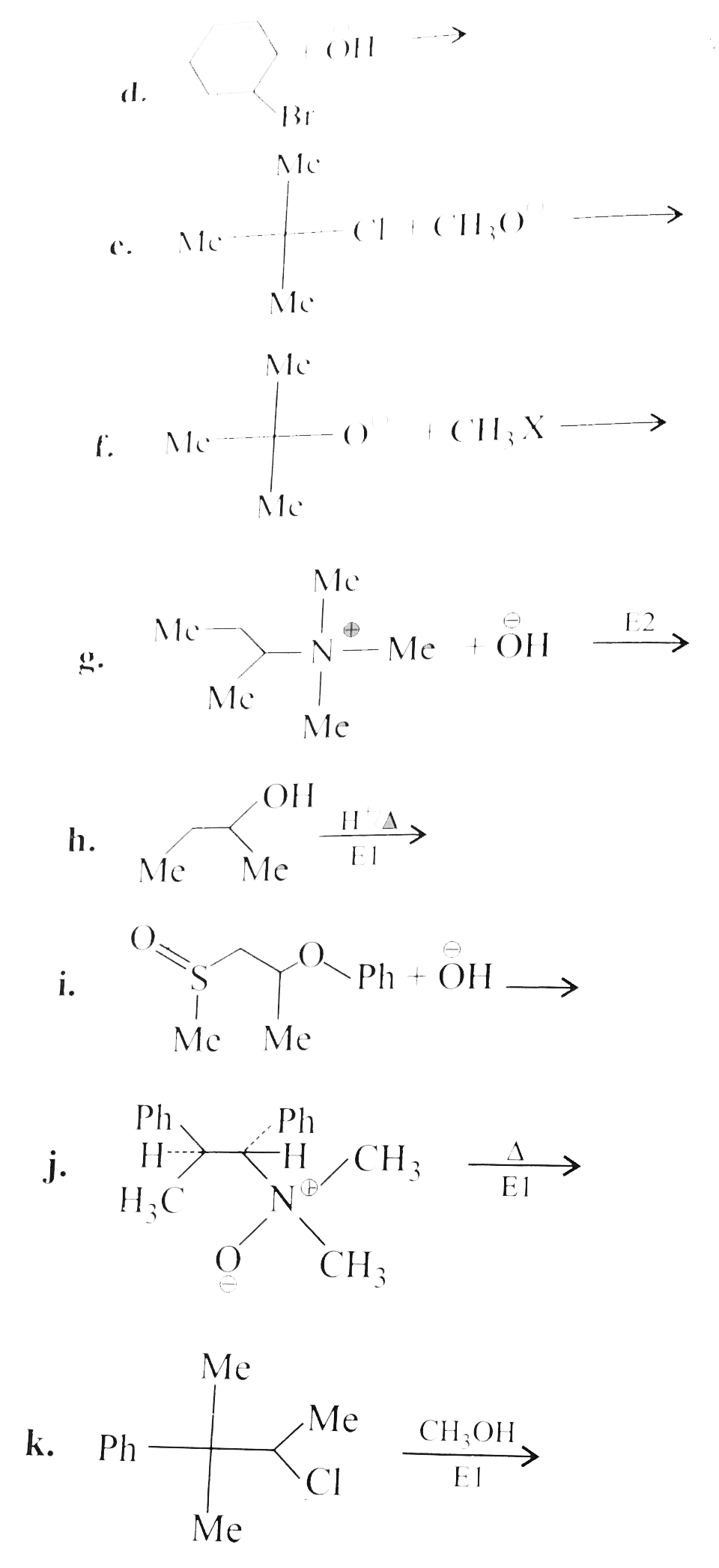 View Solution
View SolutionQuestion 57
I. Which of the following will solvolyse faster is SN−1 and why?
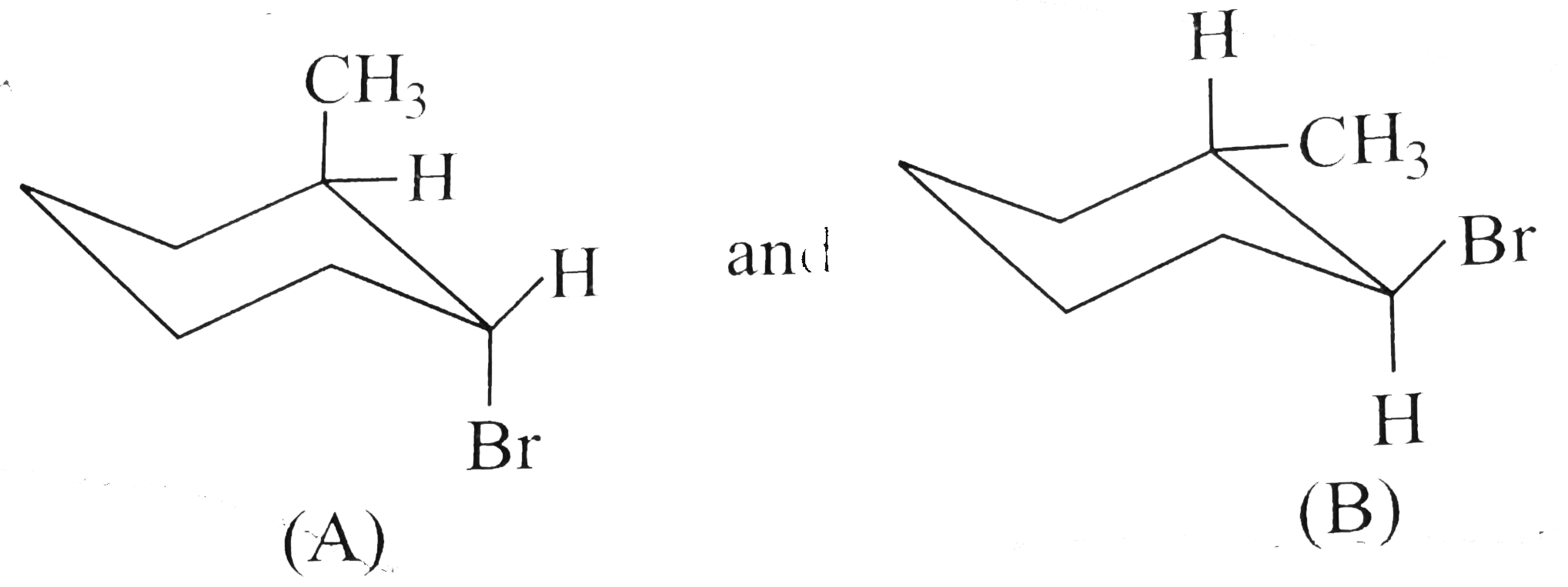
II. Fᶱ works as a good leaving group in ArSN reaction
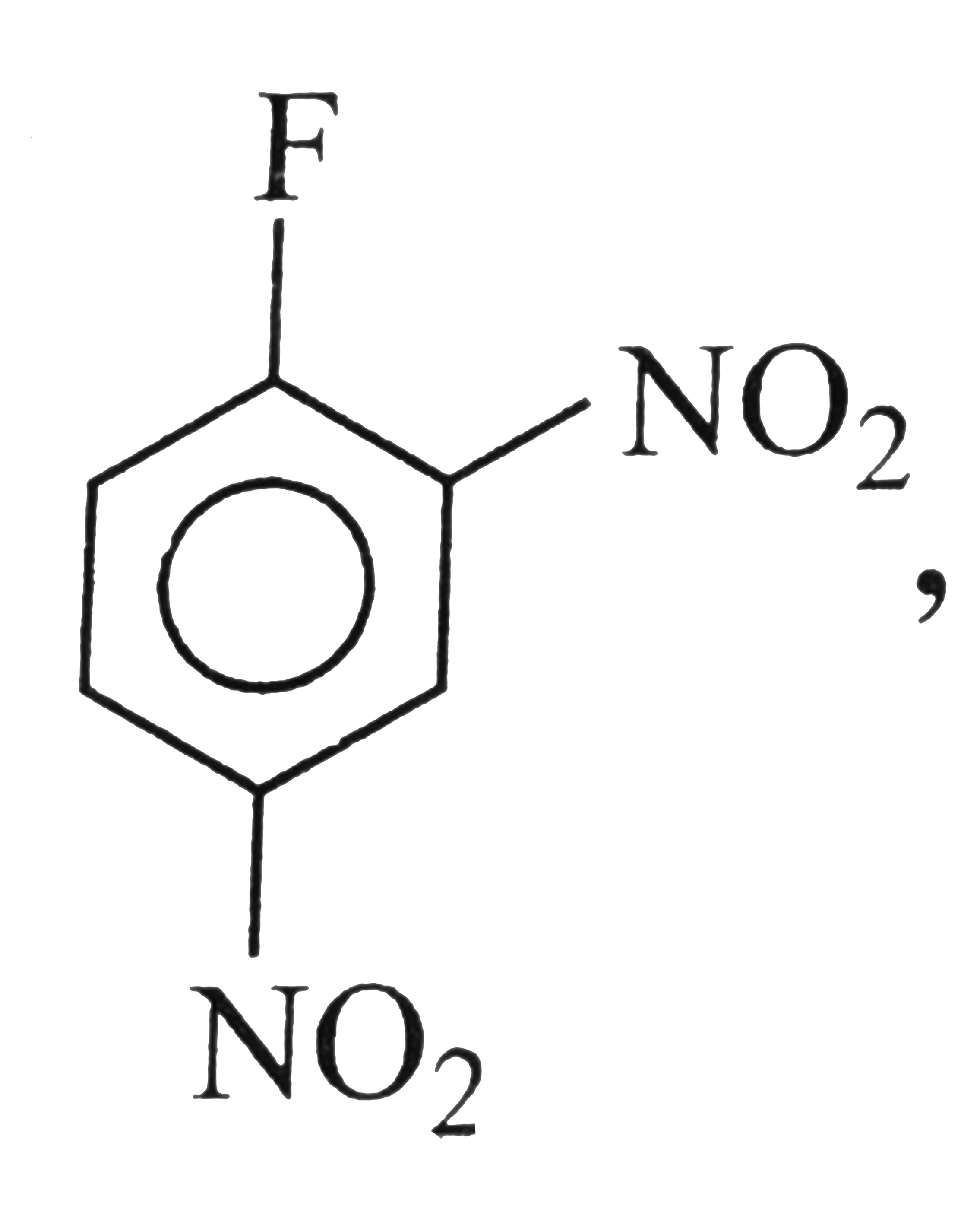
even though it is a por leaving group in alipatic SN−1 and SN−1 mechanisms. Exaplin.
III. When reacts with alc. KCN, a mixture of ismeric products is obtained. Explain.View Solution
reacts with alc. KCN, a mixture of ismeric products is obtained. Explain.View SolutionQuestion 60
a. The treatment of RX with aqueous KOH leads to the information of alcohols but in the presence of alcholic KOH or NaOH, alkenes are the major products. Expalin why.
b. CHF3 is less acidic than CHCl3. Explain.
c. Wurtz reaction in case of tert-alkyl halide fails. Explain.
d. Dipole moment of C6H5Cl is lower than that of C6H11Cl (cuclohexul choride). Expalin why.
e. Why should Grignard reagent be prepared under anthydrous conditions?
f. Why does p− dichlorobenzene have higher melting point and lower solubility than o− and m− isomers ?View SolutionQuestion 61
Give the decreasing order of following with their properties as indicated.
A. Decreasing basic, mucliophllic and fugacity orders:
a. I,H_(2)O,II.CH_(3)OH,III.O overset(o-)(H),IV.CH_(3)O^(o-)<br>b.I.H_(2)O,II.C_(2)H_(5) OH,III.O⊕H, IV. C2H5Oo−
c. I. HCO⊕3, II. Fo−
III. F3C−COOo−, IV. NOo−3
B. The decreasing order of ArSN reaction:
a. I. PhCl
II. p−NO2−C6H4−Cl
III. 2,4,6− Trinitro chlorobenze
IV. 2.4− Dintro chlorobenzene
I. PhF
II. p−NO3S−C6H4−F
III. p−HOOC−C6H4−F
IV. Ip−NO2−C6H4−F
C. I. PhCl
II. p−NO2−C6H4−Cl
III. o−NO2−C6H4−Cl
IV. m−NO2−C6H4−Cl
C. The decreasing order of SE reaction:
a. I. PhCl, II. C6H6
III. PhCH3, IV. PhOMe
b. I. PhCH_(3)<br>II.o-MeO-C_(6) H_(4) - Me<br>III.m-MeOC_*(6) H_(4) - Me<br>IV.p-MeO - C_(6)H_(4) - Me<br>c.I.PhNH_(2),II.PhNHCHOCH_(3)<br>III.PhNHCOPh,IV.PhNHTs<br>d.I.PhNH_(2)<br>II.o-NP_(2) - C_(6) H_(4) - NH_(2)<br>III.m-NUO_(2) - C_(6) H_(4) - NH_(2)<br>IV.p-NO_(2) - C_(6) H_(4) - NH_(2)View SolutionQuestion 69
Syntesise the following:
a. Cyclohexanol (A) to 1,2,3− tridenuterocy cloxane (B).
b. E− but 2−e≠ to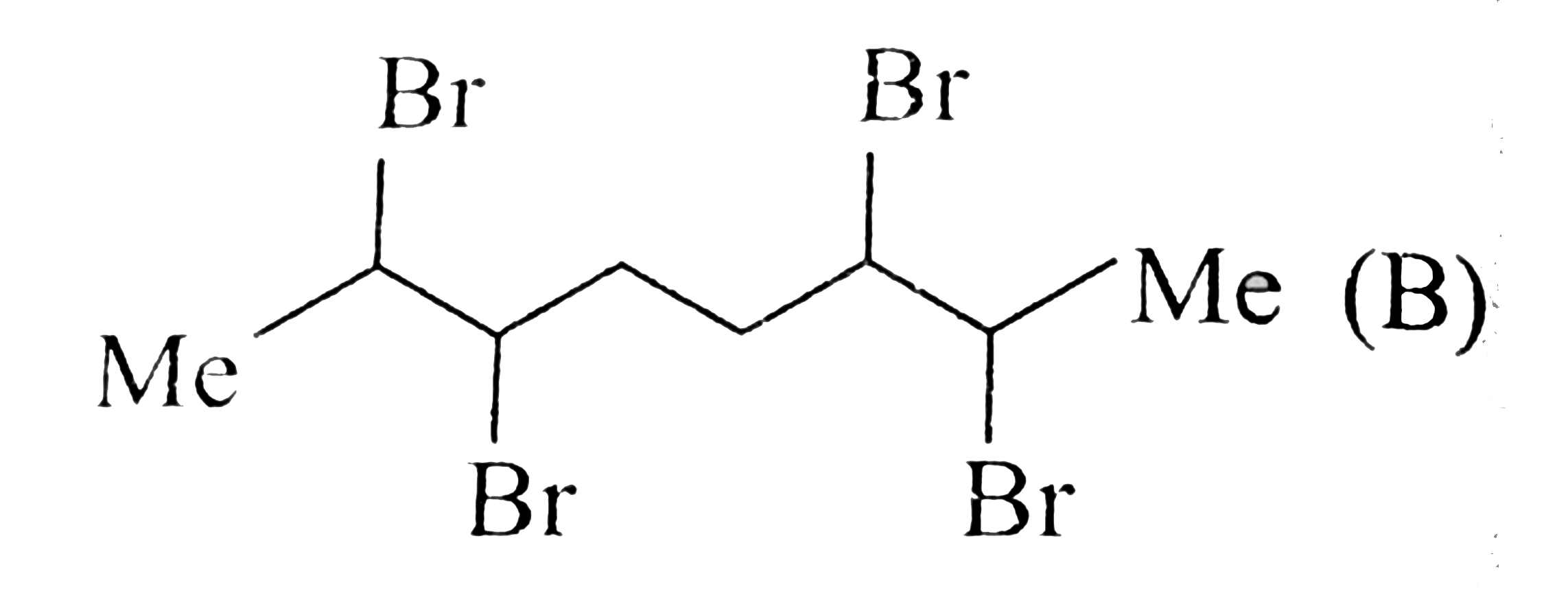
i. Which diastermoer of (B0 is obtaine?
ii. If Z− But 25−e≠ is used, which diastermoer of (B) is obtained?
c.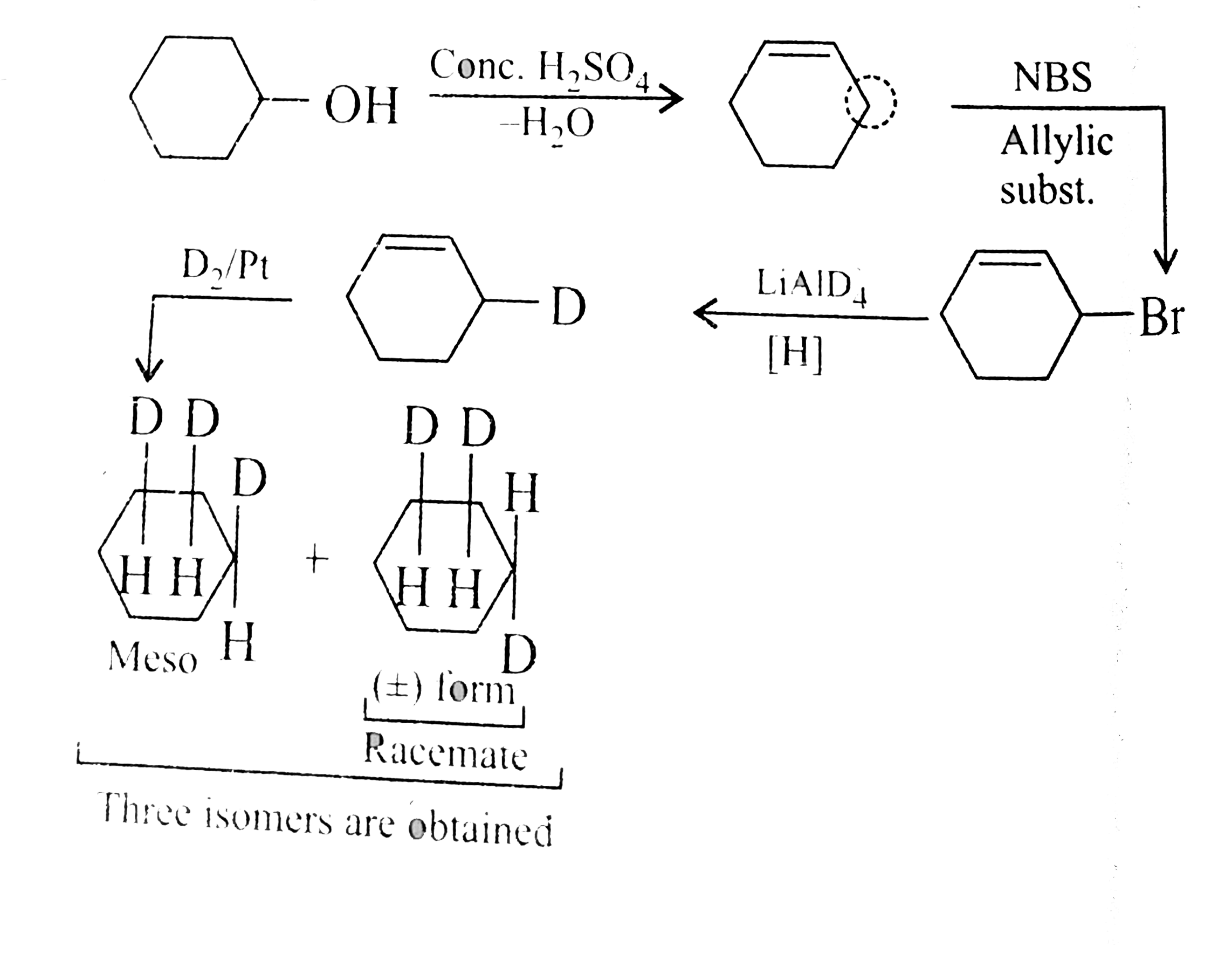
What is product (C) ? Which reaction [(1) or (2)] is faster and why? View SolutionQuestion 72
I. Give the products of the following:

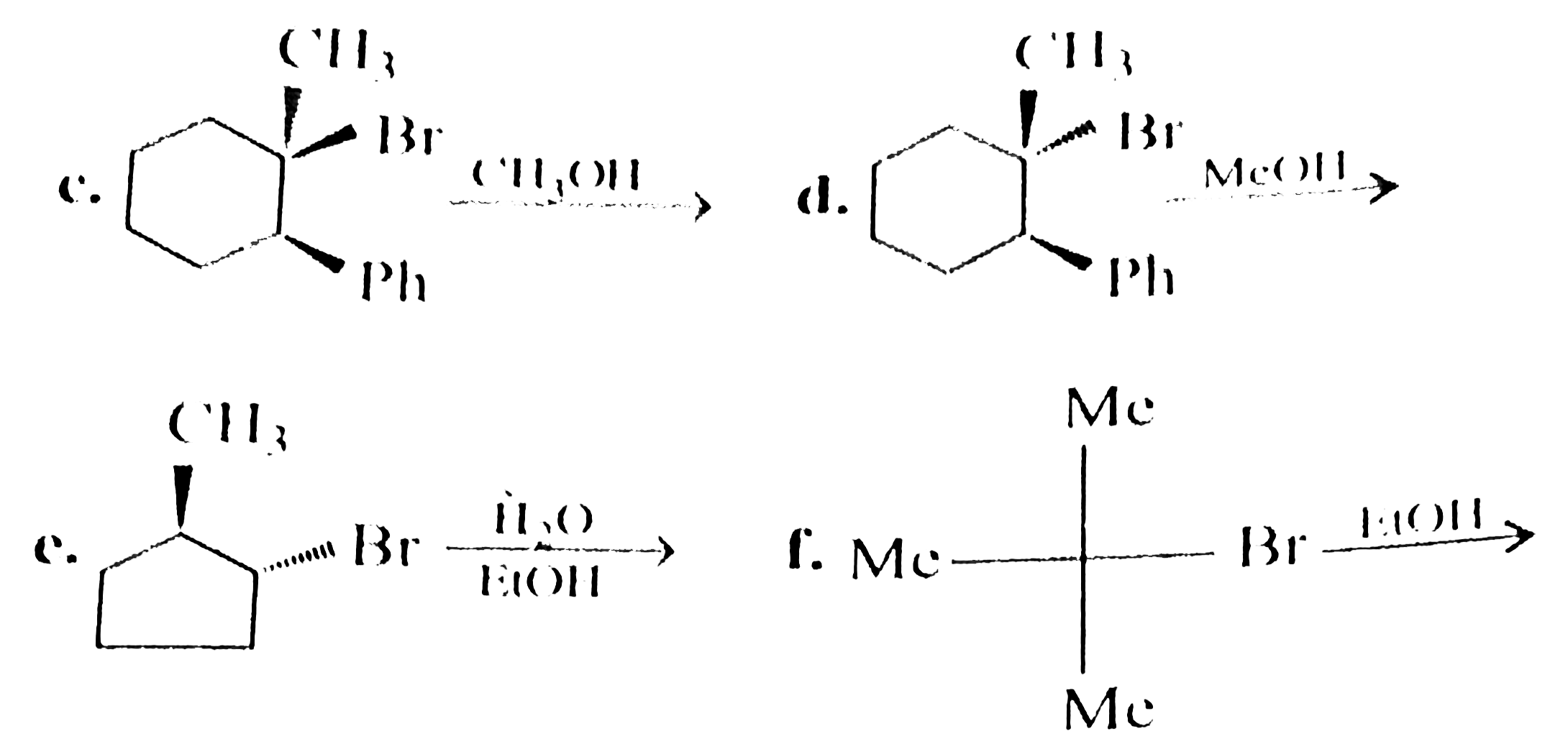
II. Which has faster rate of SN−1?
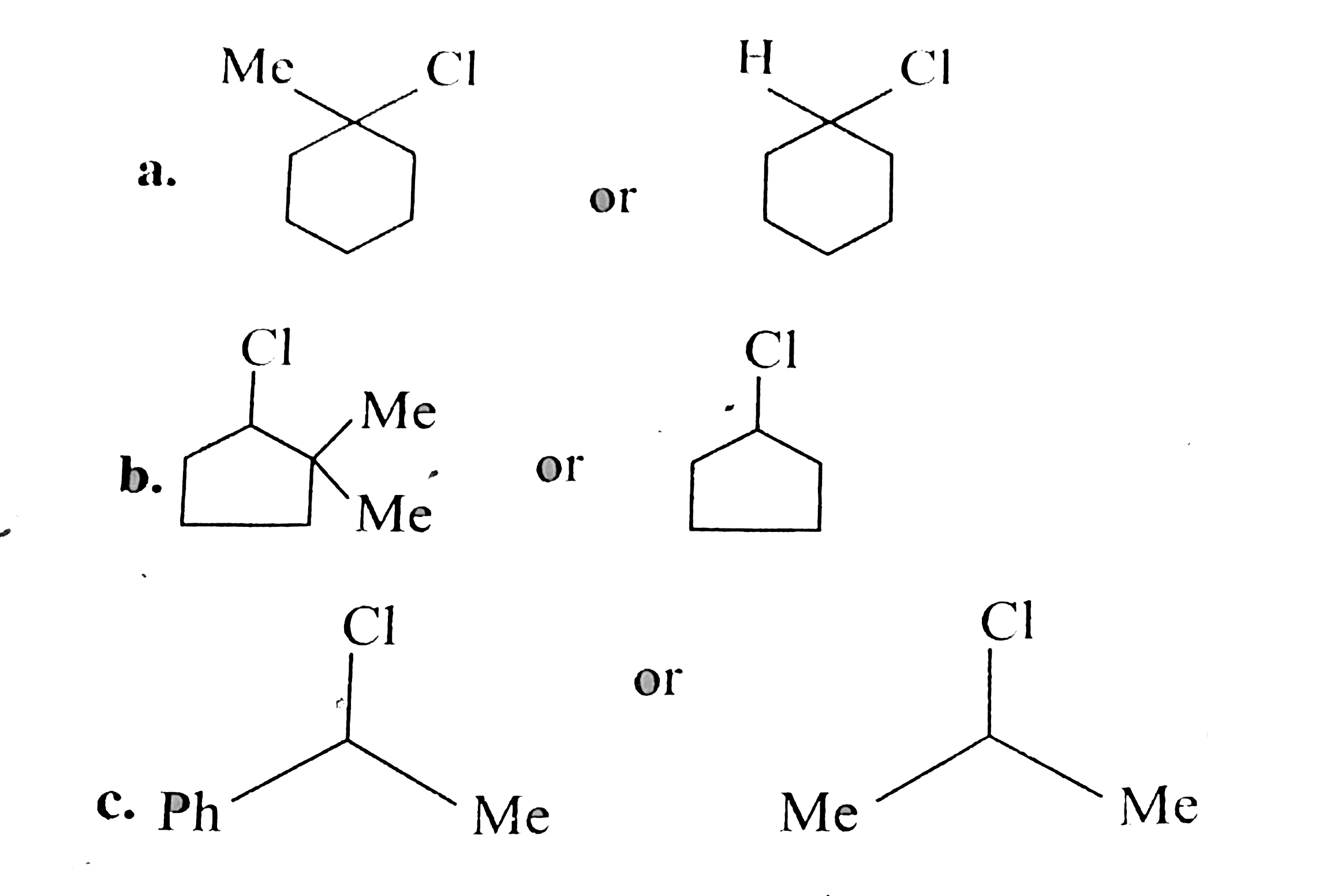
III. Which has faster rate of SN−1?

IV. Give the decreasing order of:
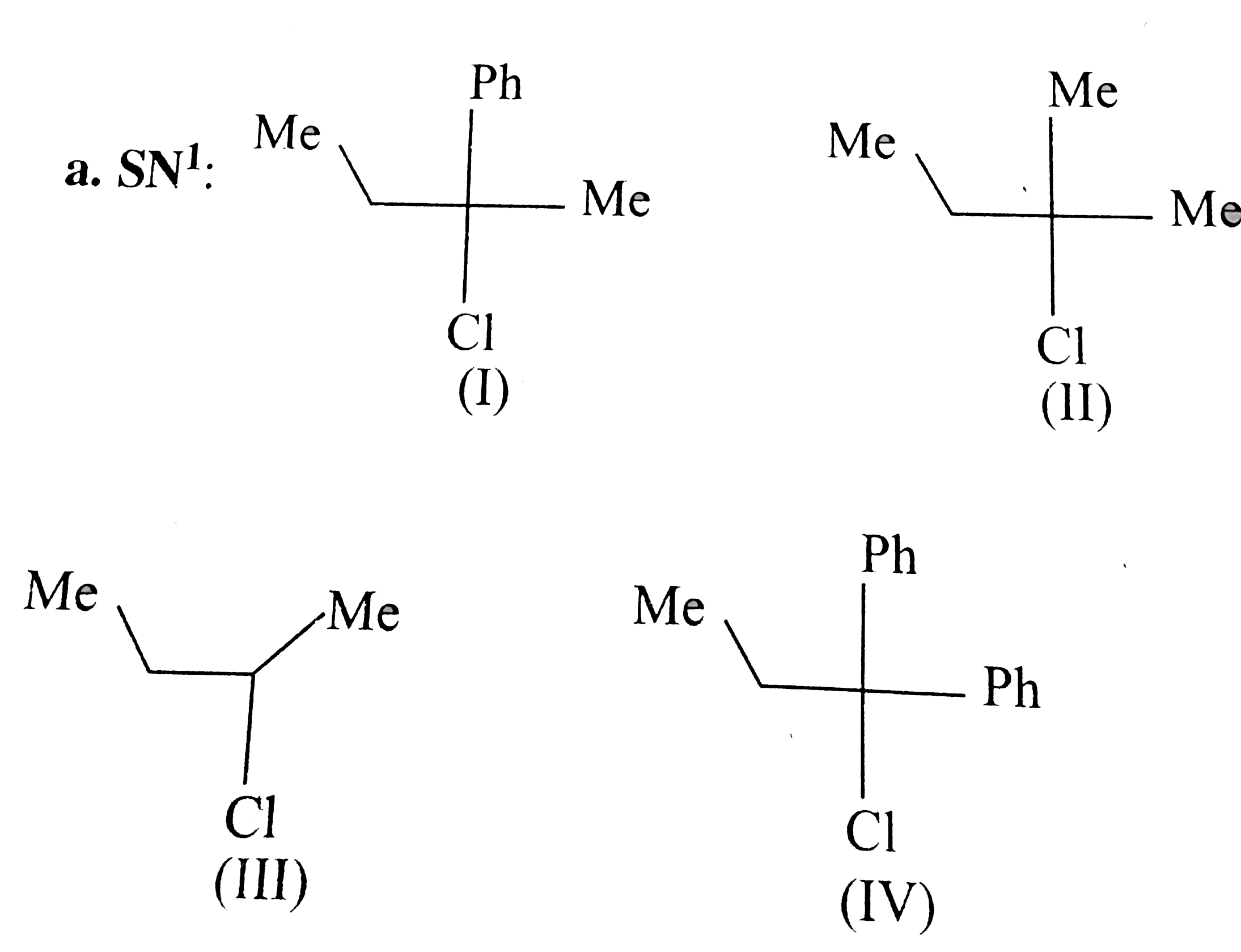
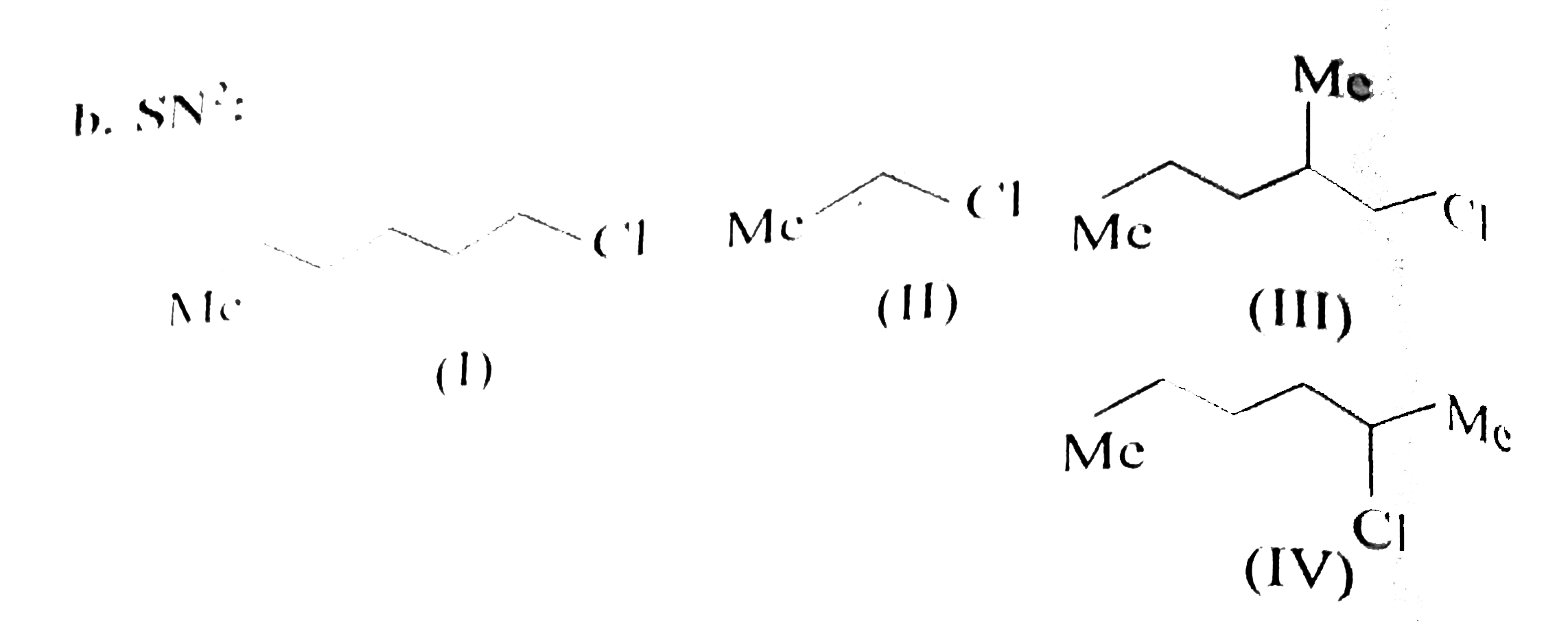
Show the mechanism for the fromation of there products and sub-products.
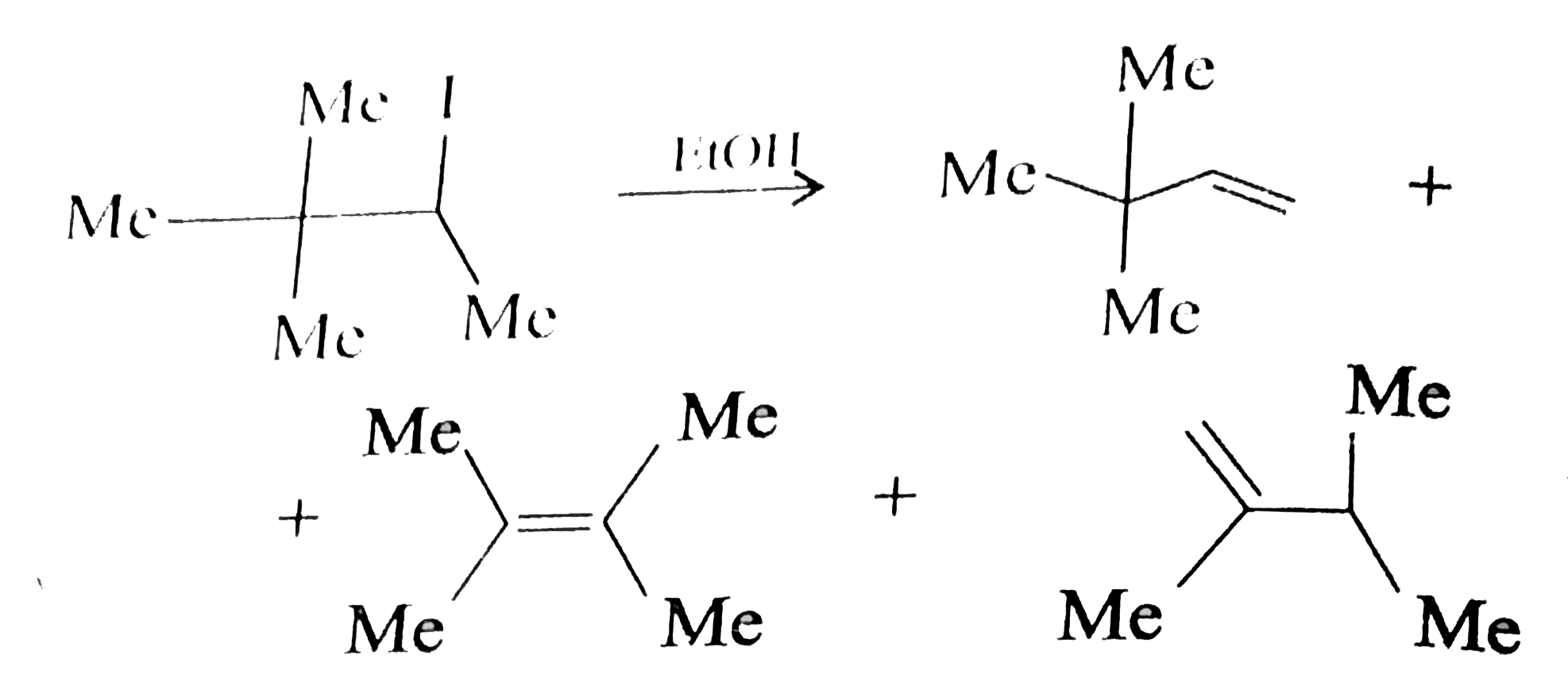
Explain teh formtaion and mechanism.
VII. Explain wheter these reactions would follow the SN−1 or SN−2 and which is faster.
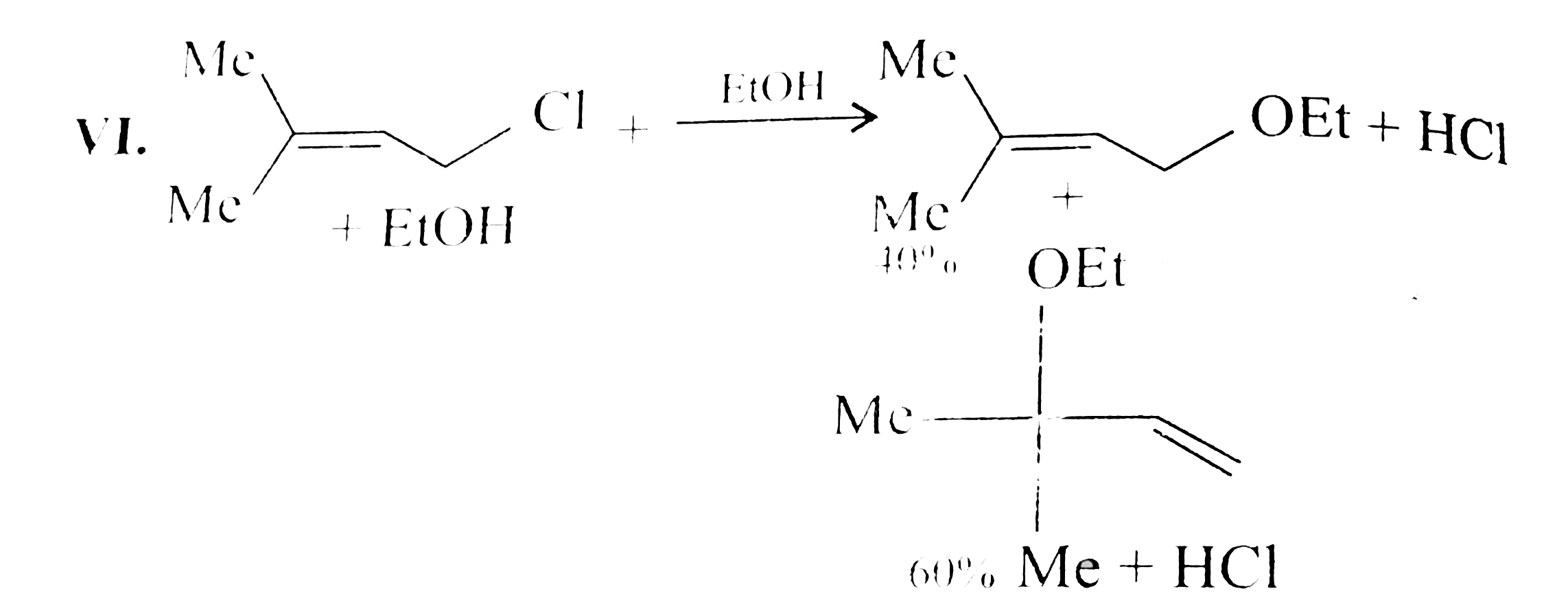
VIII. What are the products of the following reactions?
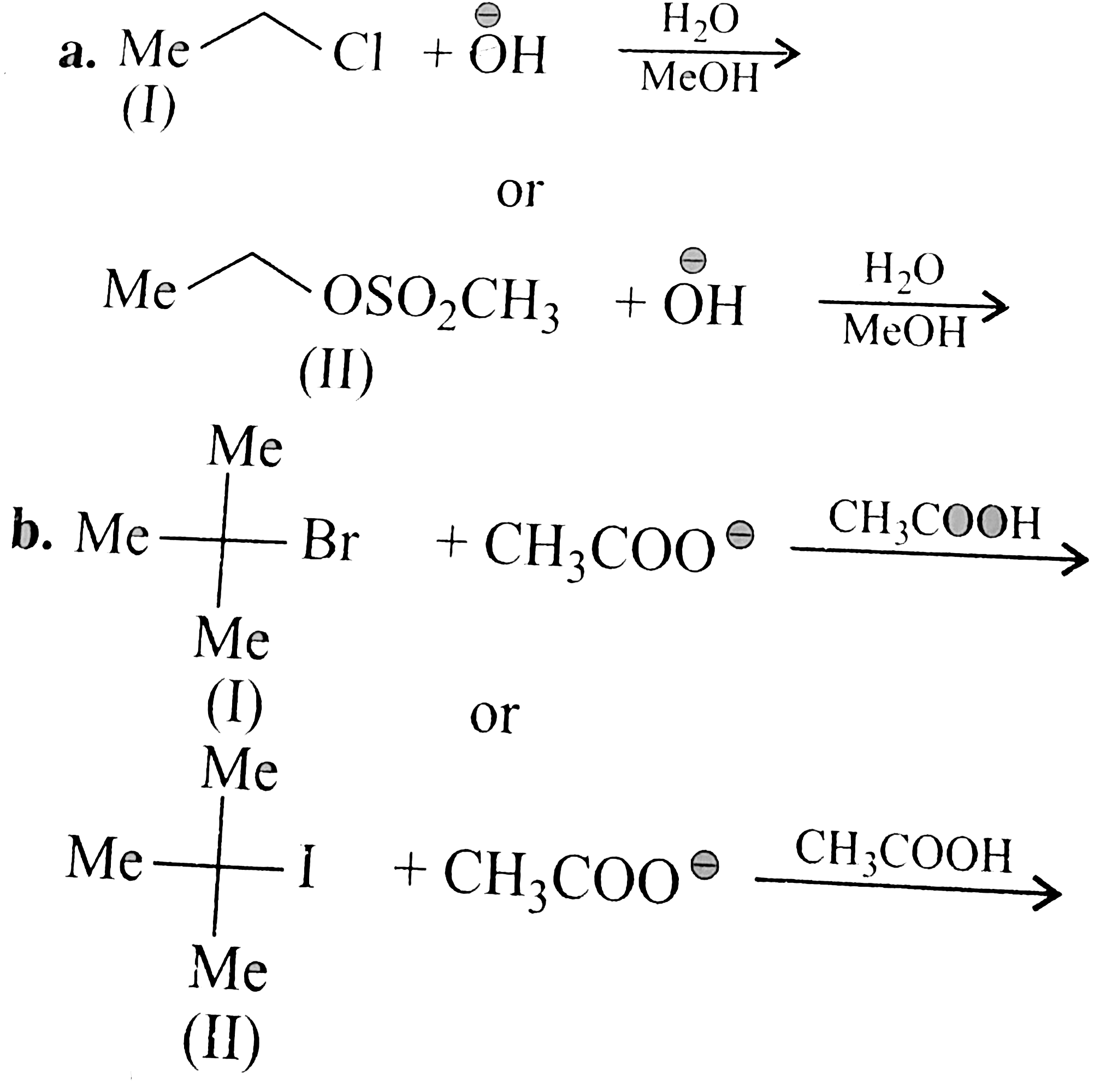
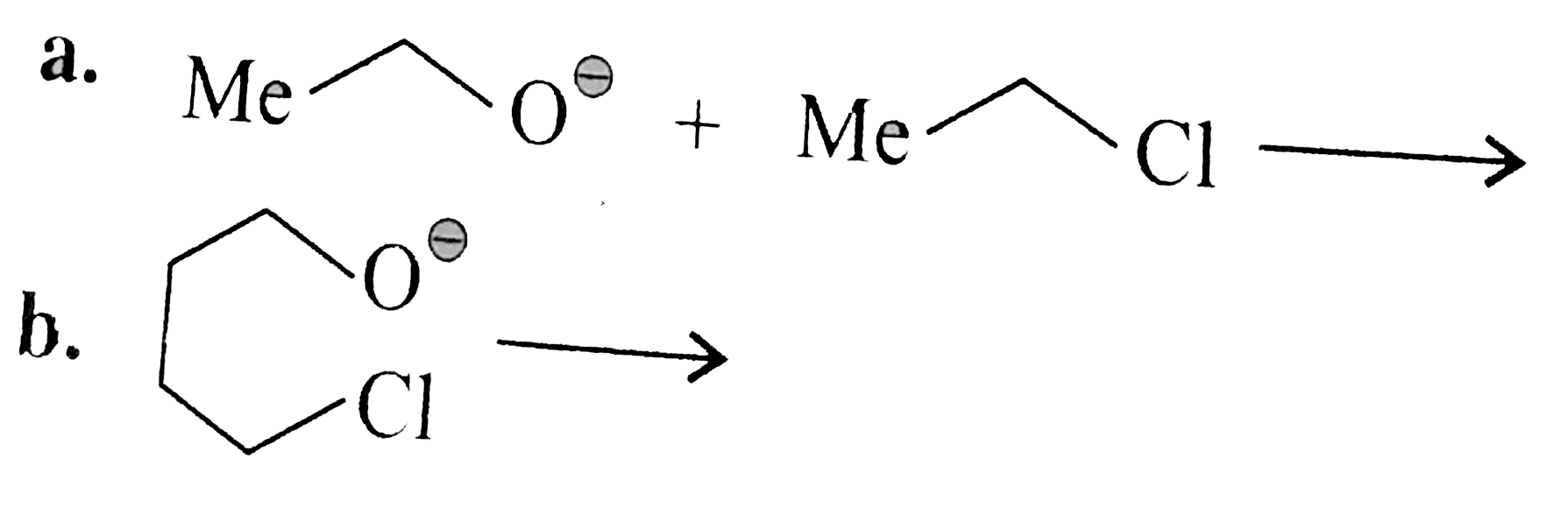
IXgt a. This reacation gives three subtituion products. Show teh structure.

b. Which has faster rate?

X. GIve teh products of the following:

XI. Which is more reactive towards acid-catalysed hydration and explain the regiochemistry of the alchohol formed.
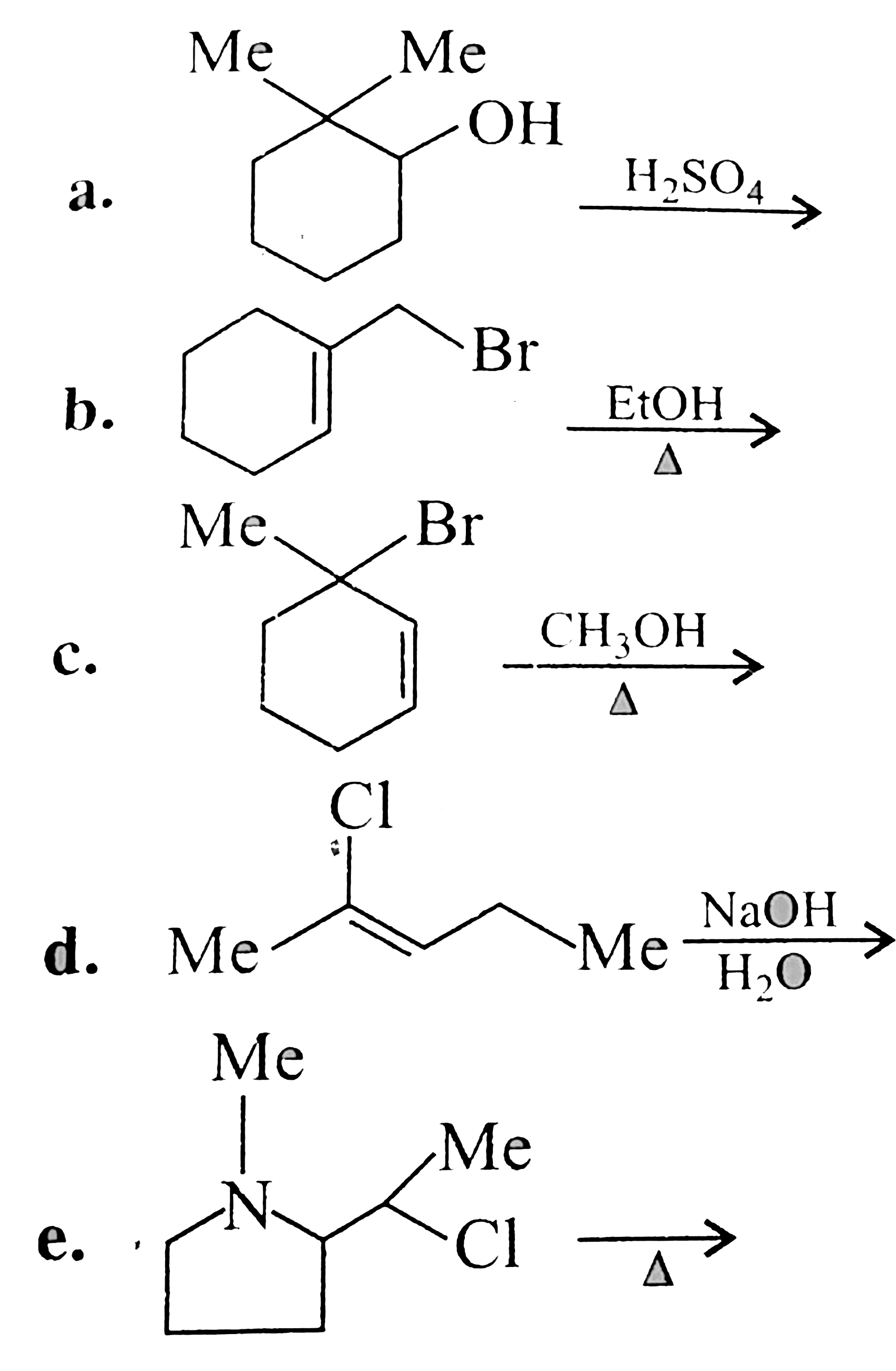
XII. Which hydrolyses at faster rate?
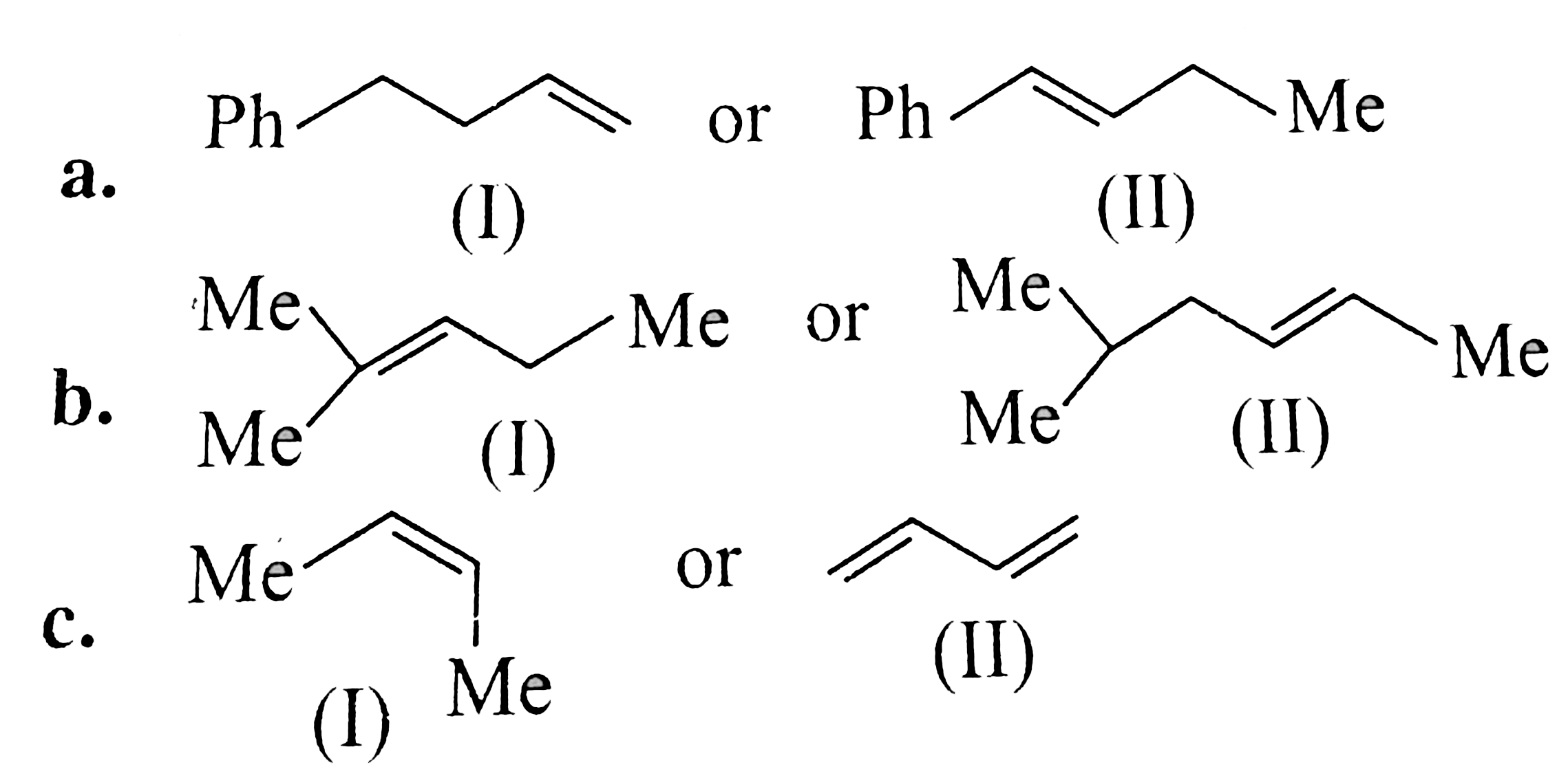
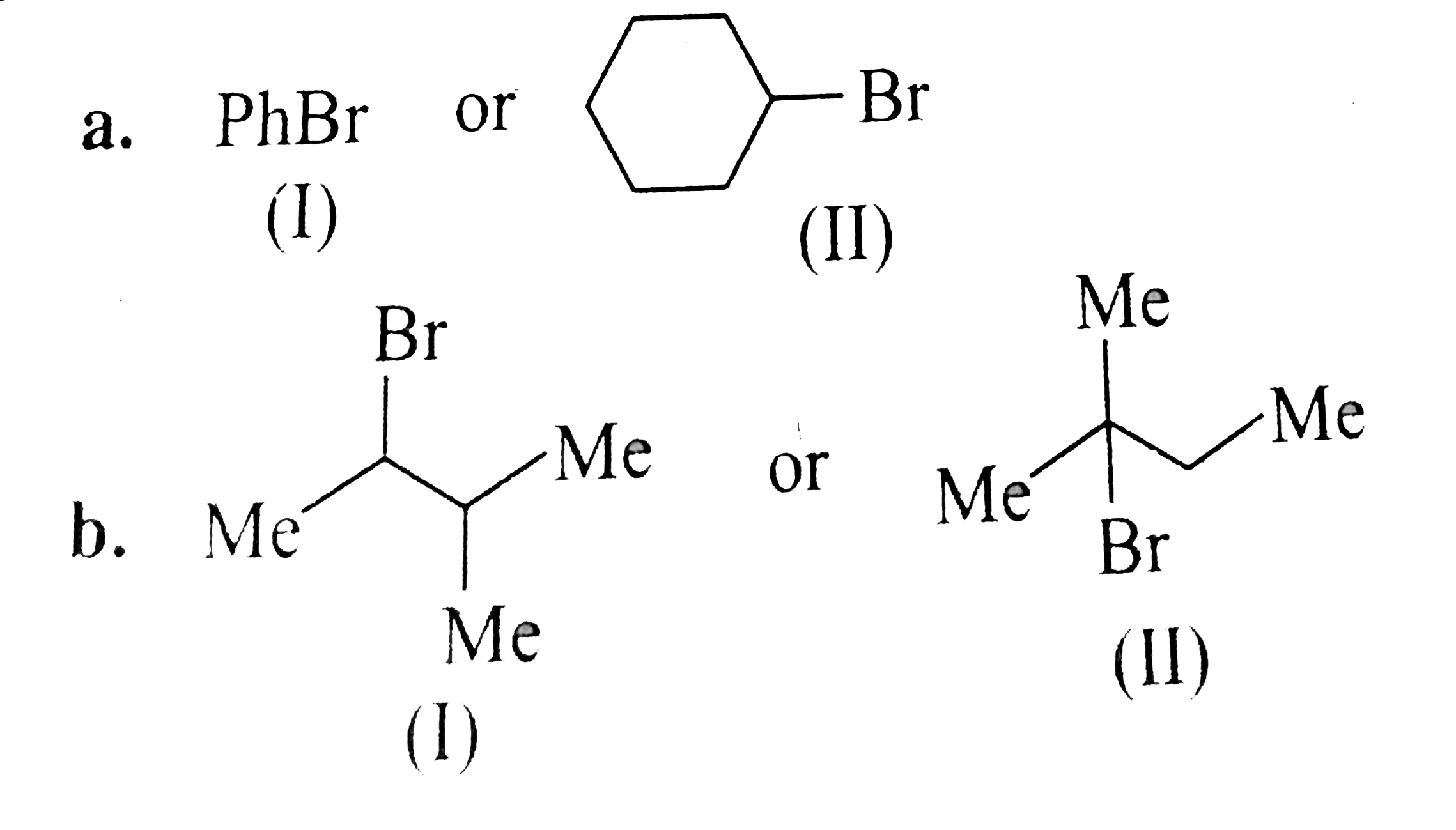
 View Solution
View SolutionQuestion 73
A Grignard regane t(A0 and a haloalkene (B) react together to give (C) compound (C) on heating with KOH yields a mixture of two geometrical isomers, (D) and (E) of which (D) predominates. (C) gives 1− bromo 3− phenyl propane on reaction with Hbr in the presence of a peroxide. Give teh structures of (A),(B), and (C) and the configuratins of (D) and (E).View SolutionQuestion 74
Cataylitc dehydrogention of methylcyclohexxane, obtained form petroleum, gives a liquid which on treatement with chlorosulphonic acid at 370K yileds a mixture of two isomers (A) and (B),C7H7SO2CL. The major isomer (A) reacts with ammonia to from (C), which on oxidation with permangnate gives compound (D) gives a well-known sweet-ening agent. (E). The major isomer (B) also reacts wtih ammonia to give a compound (F) which on treatment with NaCl∅NaOH gives an antiseptic (G). Idntify (A) to (G).View SolutionQuestion 75
An organic compound (A) having C = 16.27%,H = 0.677%, Cl = 72.203% reduces Fehling solution and on oxidation gives an acid (B) having C = 14.679%, H = 0.612% and Cl = 65.137%. (B) on distillation with sodalime gives a sweet smelling liquid (C) which contains 89.12% chlorine. (C) can also be obtained by heating (A) with alkali. (A) can also be obtained by the action of Cl2 on C2H5OH. Identify (A), (B) and (C) and explain the reactions.View SolutionQuestion 76
Benzene reacts with CH3I in the presence of AlCl3 to give compound (A)(C7H8) which undergas oxidation with alkaline KMnO4 to give an acidic compound (B).(B) reacts with SOCl2 to give (C) which gives (D) with ammonia. The compound (D) on reaction with bromine and alkali froms (E) which reacts with bromnine water to give (F)(C6H4NBr3).(F) reacts with NaNO2 adn HCl and forms (G)(C6H2N2Br3Cl). Additiaon of Kl froms (H) Indenitify the compounds (A) to (H).View SolutionQuestion 77
Two isomeric mononitro derivaters (B) and (C) are obtained by the nirtration of an organic compound (A),C7H8O. Treatment of (A0 with acetyl chloride products (D) which on reaction with CrO2Cl2 gives (E) whose oxidation with neutral KMnO4 followed by acidification gives (F). Compound (F) on heating gives pheonl. (A) on treatment with alkaline C6H5SO2Cl produces. (A) on treatment with alkaline C6H5SO2Cl produces (G) which on oxidiation with KMnO4 gives (H). Hydrolysis of (H) also gives (F). Give teh structures of (A) to (H). View SolutionQuestion 82
Answer the following :
a. Which of the following H will have lower pKa value in the given compound?
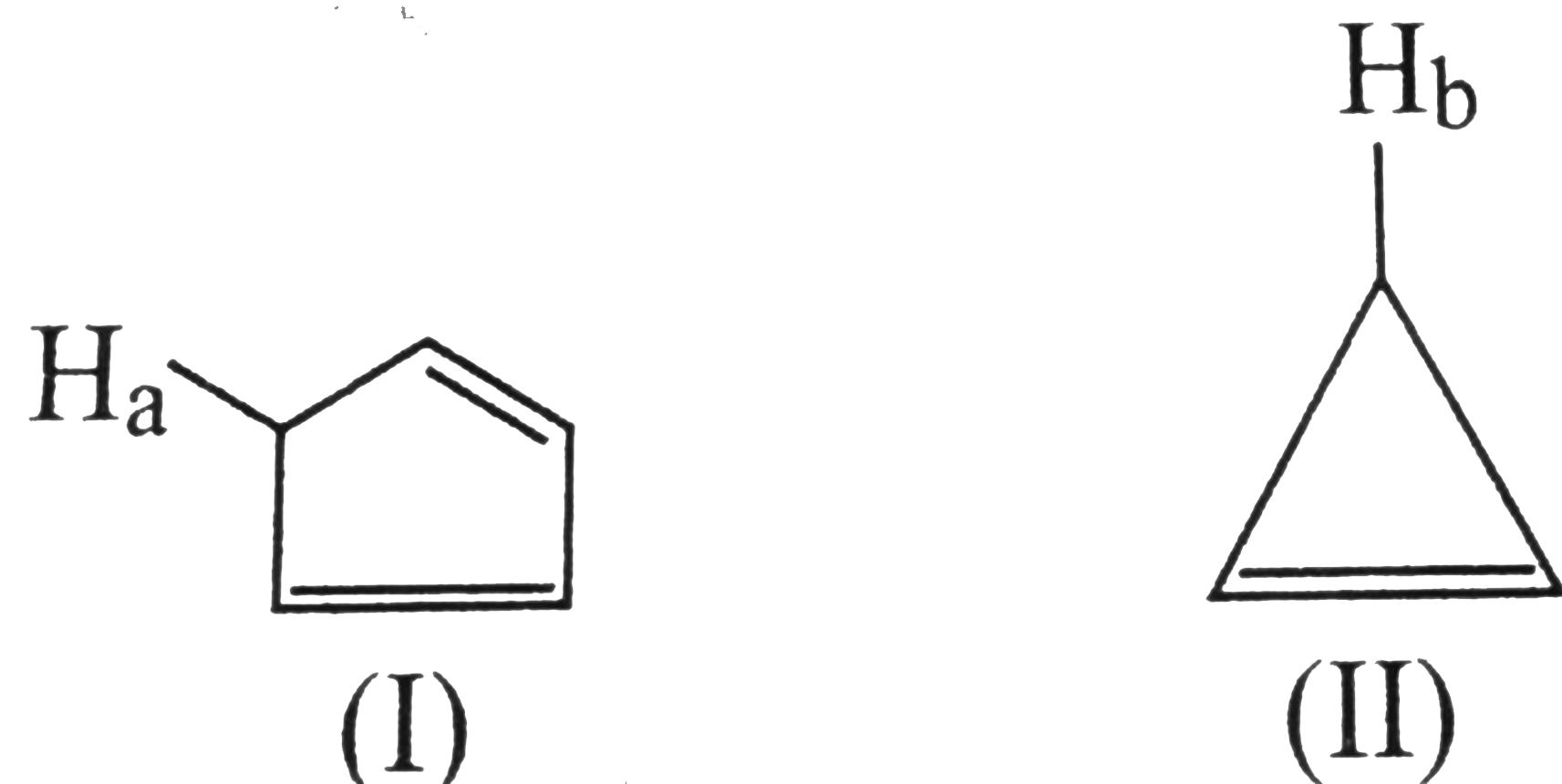
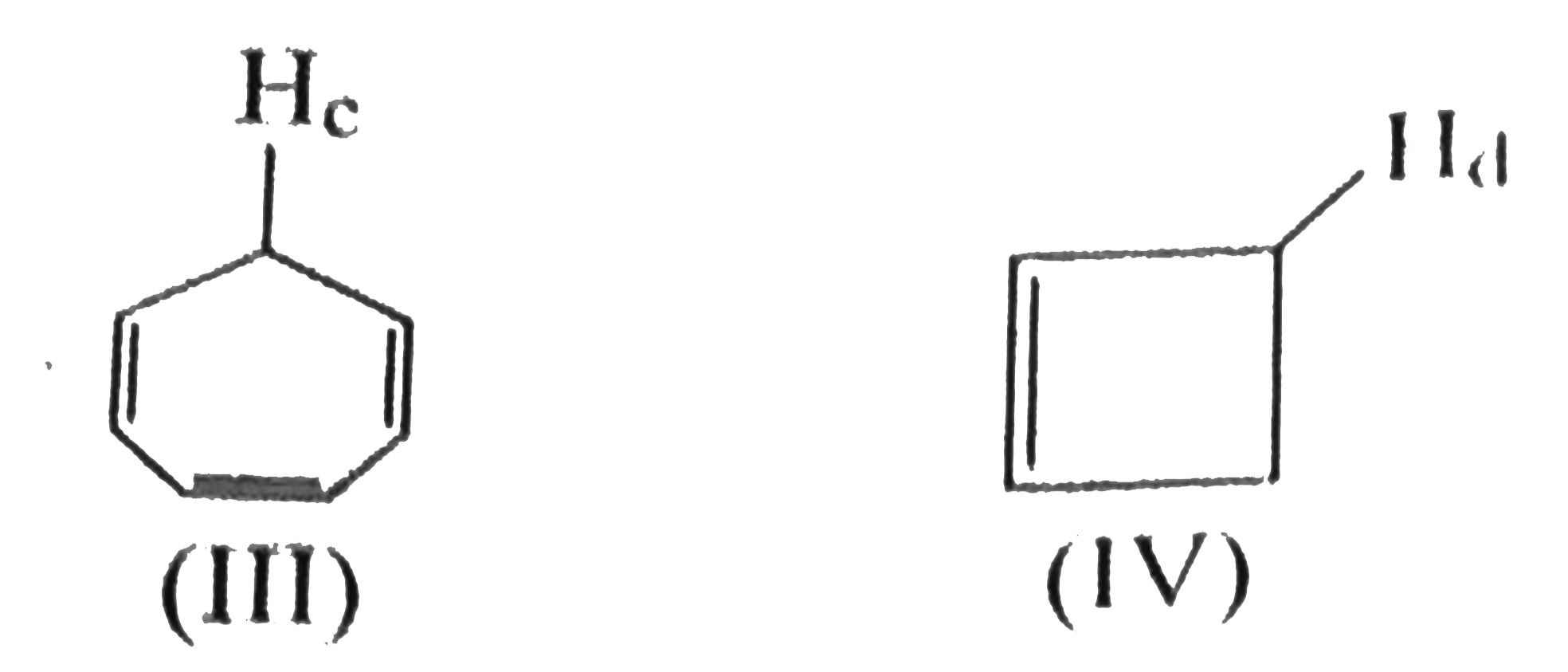
b. Which of the following have lower pkb value?
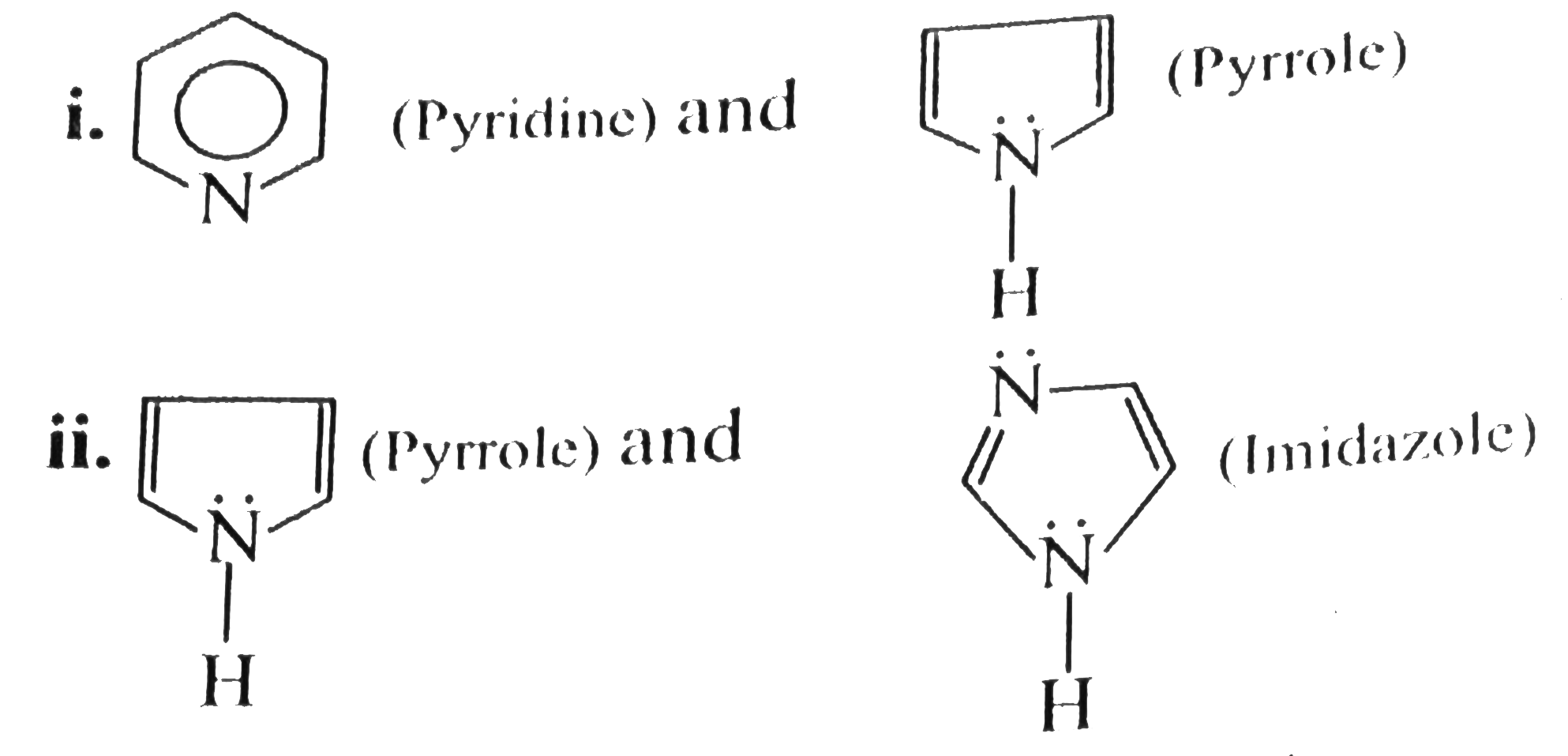
c. Give the decreasing order of teh stability of the following:
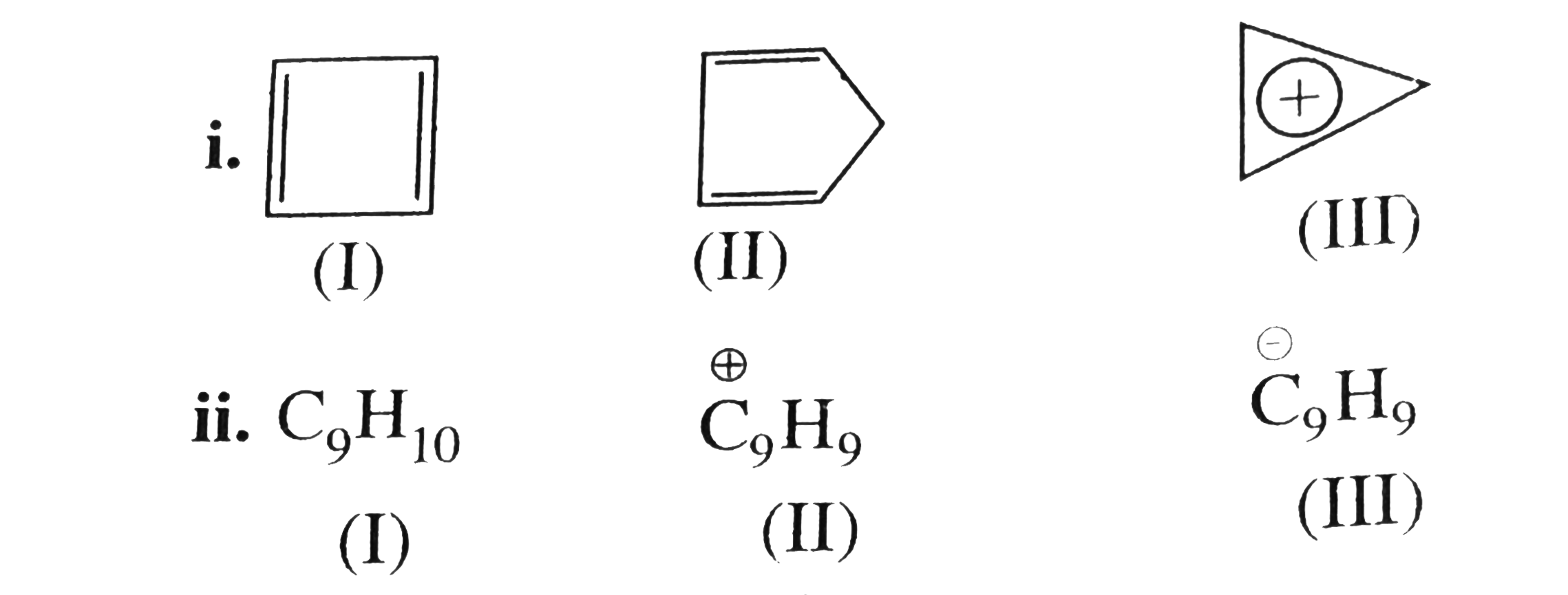
d. Which of the following is more stable?
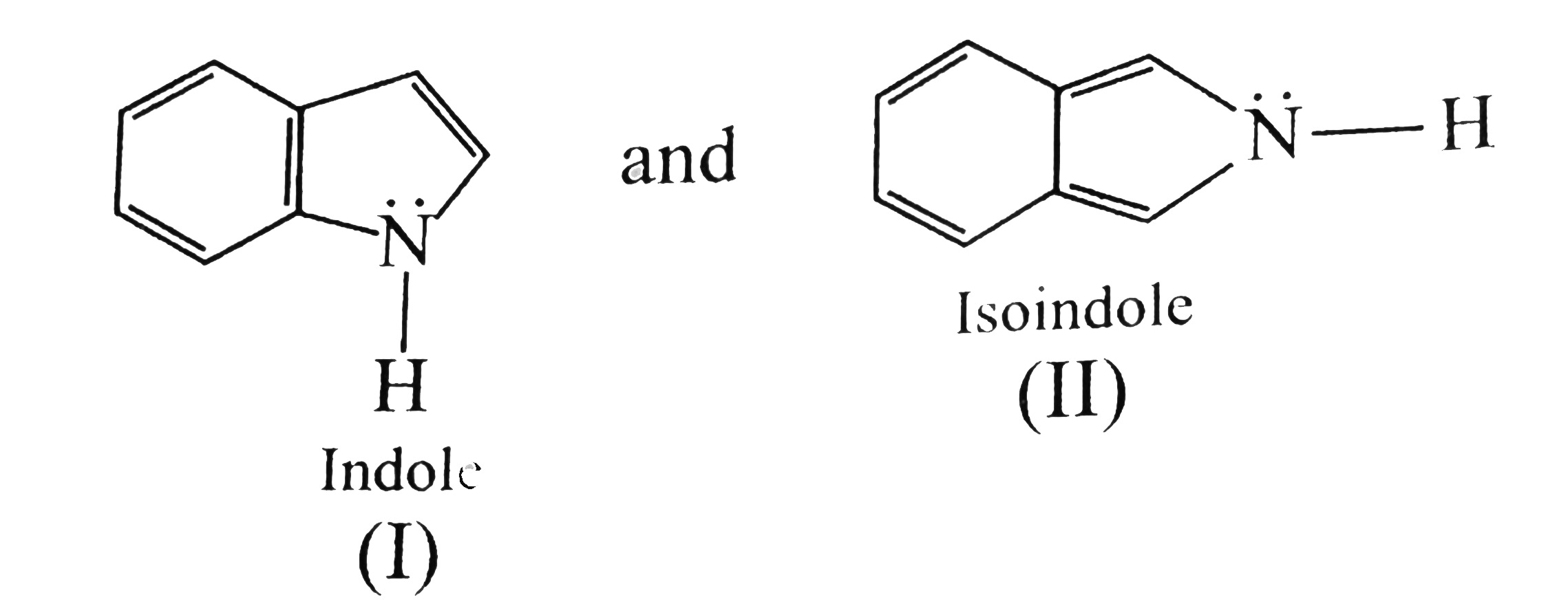
e. What of the decreasing order of pka values of the following?
I. HC=CH

f. Which of the following has highest Ka value?
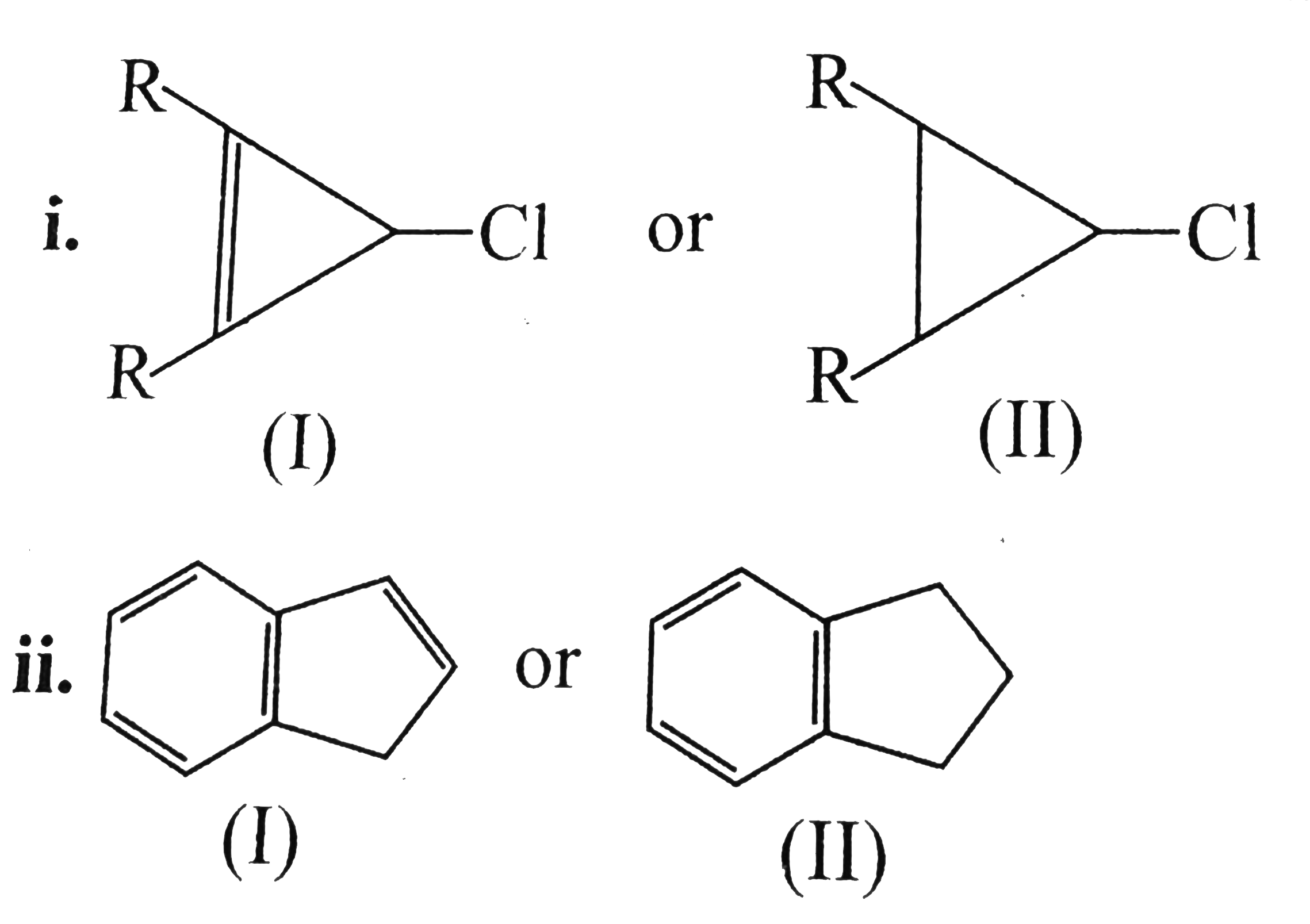
g. Which of the following reacts faster wtih ag. NaOH by SN−1 mechanis,?
 View Solution
View SolutionQuestion 93
Give the products of the following:
i. Benzene + Cylohexanol (BF3,60∘C)
ii. Benzene +CH2=CHCH2Cl(ZnCl2) and H2SO4
iii. Benzene + Ethylene oxide +AlCk3
iv. Benzene +CH2Cl2+alCl3→(A)
(B)C6H6+AlCl3∣←−−−−−−−−
v. Benzene +ClCH2CH2Cl+AlCl3→(C)
(D)C6H6+AlCl3∣←−−−−−−−−
vi. Benzene + Phosgene (COCl2)AlCl3−−→(E)
overset(H_(3)O^(o+))(rarr) (F)<br>vii.Toe–≠+Maloncianthydroverset(AlCL_(5)(rarr) (A)<br>underset(H_(3)PO_(4))(rarr) (B) underset(HCl) overset(Zn-Hg)(rarr) (C)<br>viii.Expla∈howalkylbenze≠napha≤≠,anthrace≠andphenanthre≠canbedist∈guishedformo≠a¬herF.C. reaction ?View SolutionQuestion 94
a. Show that reaction of o− bromogluro benzene with Mg produces benzyene.
b. Why does I− cj,prp−2.6− dimerhyl benzene not undergo elimination-addition reaction with NaNH2 in liq. HN3?
c. Why does bromobenzyene react faster than 2.6− dideuteriobromonbenzene with NaNH2 in liw. NH3?
In the following reactions:

Explain why the formaiton of (I) is faster than that of (II).
c. Why does compound (A) on heating give benzyene intermediate which dimeries to give product (B).
 View Solution
View SolutionQuestion 96
Give the order of reactivity towards SN2 reaction of the followig:
a. i. 1− Bromopentane
ii. 2− Bromopenatane
iii. 2− Bromo −2 methyl butane
b. i. n− Butybromide (C4H9Br)
ii. Isobutyl bromide Me2CHCH2Br
iii. sec− Buityl bromnide CH3−CH(Me)CH2Br
iv. tert- Butyl bromide Me2C−BrView SolutionQuestion 106
Arrange the folliwing compounds in increasing order of SN−1 reactivity.
a. I.m ClCH2CH=CHCH2CH3
II. CH3C(Cl)=CHCH2CH3
III. CH3CH=CHCH2CH2Cl
IV. CH3CH=CHCH2(Cl)CH3
b. I. CH3CH2Br
II. CH2=CHCH(Br)CH3
III. CH2=CHBr
IV. CH3CH(Br)CH3
C. I. (CH3)3Cl, II. C6H5C(CH3)2Cl
III. (CH3)2CHCl, IV. CH3CH2CH2ClView SolutionQuestion 109
Explain :
a. Vinyl chloride is unreactive in nucliphillic 4− subsitution reactions.
b. Neopenthyl bromide undergoes nucliphillic substituion reactions very slowly.
c. 3− Bromocyclohexane is more reactive than 4− bromovyclohexane in hydrolysis with aqueous NaOH.
d. ter− Butyl chloride reacts with aqueous sodium hydroxide by SN1 mechanishm while n− butuyl chloride reacts by SN2 medchanism.View SolutionQuestion 114
Identify all the possible alkenes that would be formed on the dehydrohalogenation of the following organic halides with alcoholic KOH. Also, identify the major alkene.
a. 1- Chloropentane
b. 2- Chloropentane
c. 2-chloro-2-methyl butane
d. 2-Chloro-3-methyl butane
e. 3- Chloro-2-methyl pentaneView Solution
All Exercises from CENGAGE CHEMISTRY (ENGLISH) Class 12 CHEMISTRY AROMATIC COMPOUNDS AND ALKYL AND ARYL HALIDES
- ARCHIVES ASSERTION-RESONING
- ARCHIVES FILL IN THEBLANKS
- ARCHIVES MUTIPLE CORRECT
- ARCHIVES MUTIPLE CORRECT ANSWERS TYPE
- ARCHIVES SINGLE CORRECT
- ARCHIVES SINGLE CORRECT ANSWER TYPE
- ARCHIVES SUBJECTIVE
- ARCHIVES SUBJECTIVE TYPE
- EXERCISES ASSERTION-RESONING
- EXERCISES ASSERTION-RESONING TYPE
- EXERCISES CONCEPT APPLICATION
- EXERCISES CONCEPT APPLICATION TYPE
- EXERCISES LINKED COMPRESHENSION
- EXERCISES LINKED COMPRESHENSION TYPE
- EXERCISES MULTIPLE CORRECT
- EXERCISES MULTIPLE CORRECT ANSWERS TYPE
- EXERCISES SINGLE CORRECT
- EXERCISES SINGLE CORRECT ANSWER TYPE
- EXERCISES SUBJECTIVE
- EXERCISES SUBJECTIVE TYPE
- ILLUSTRATION
- SOLVED EXAMPLES
- SOLVED PROBLEMS

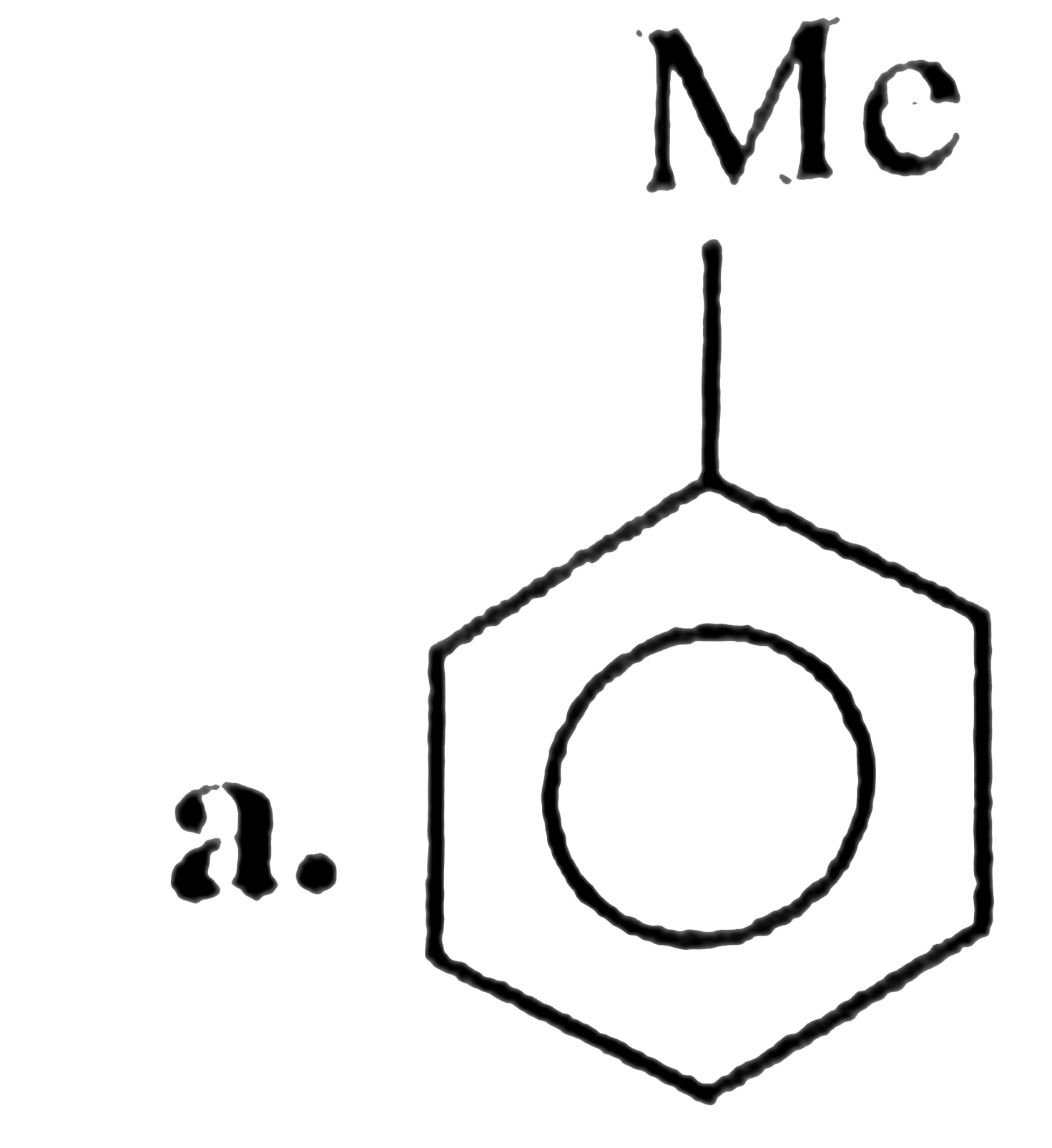 , b.
, b. 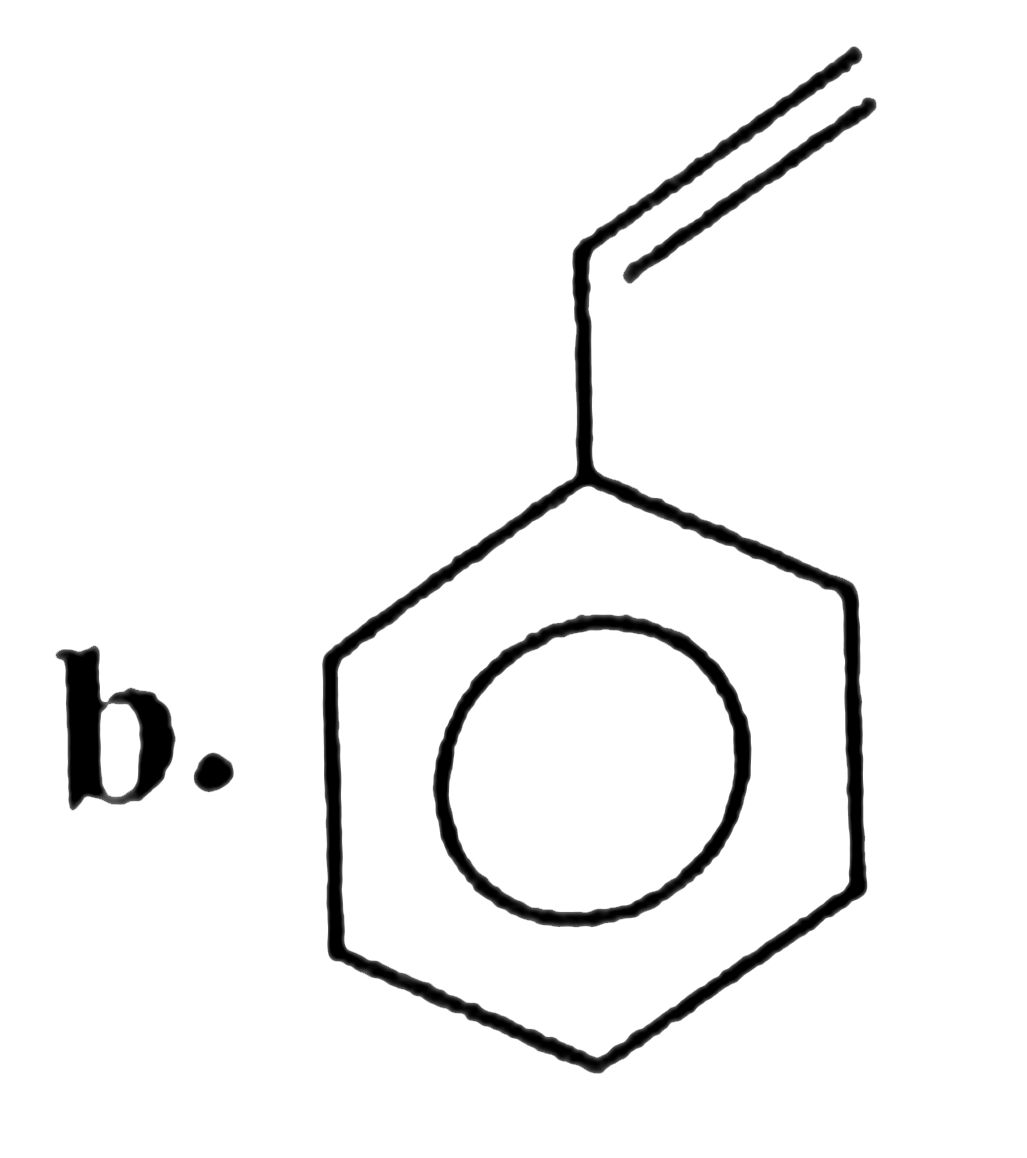
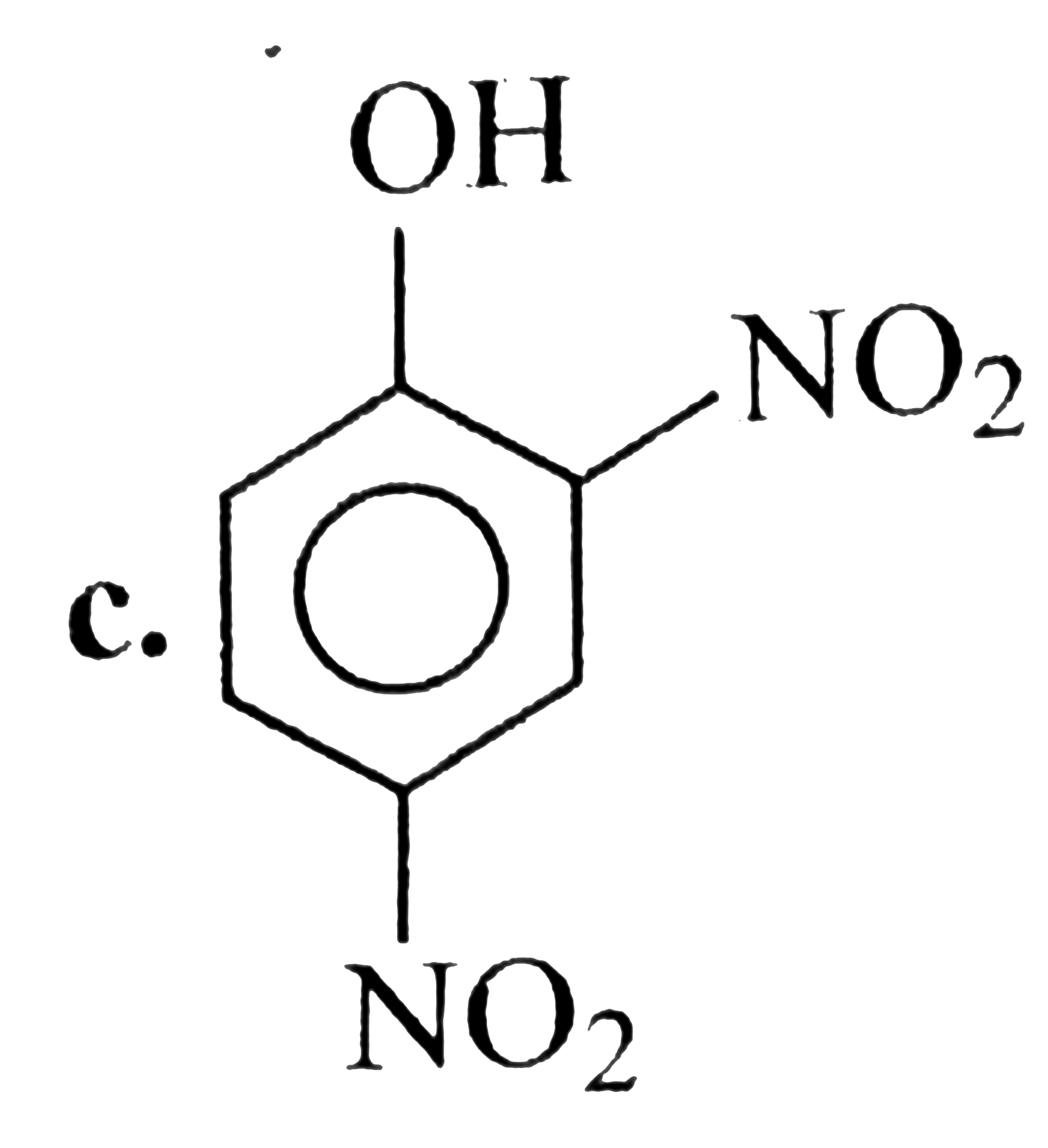 , d.
, d. 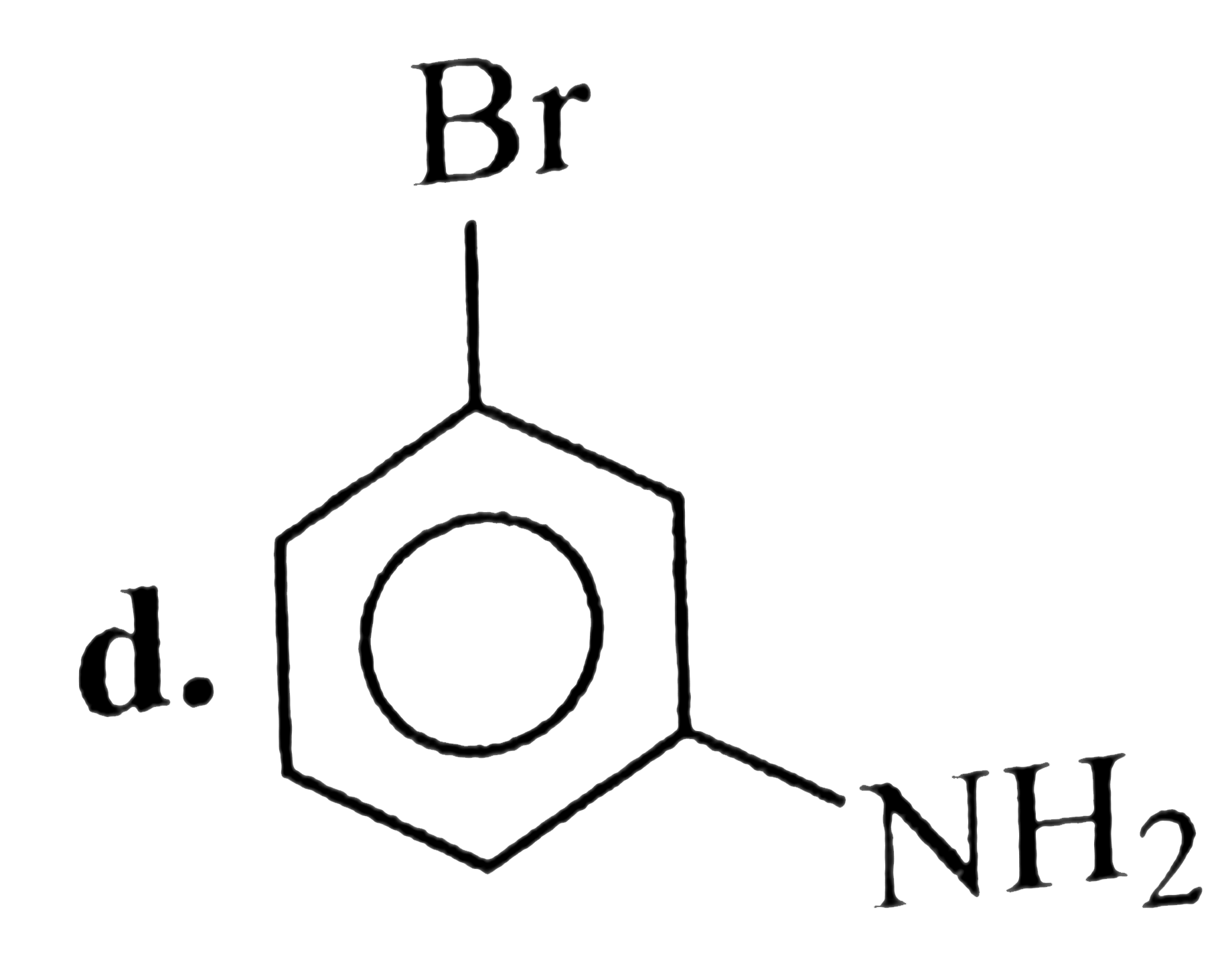
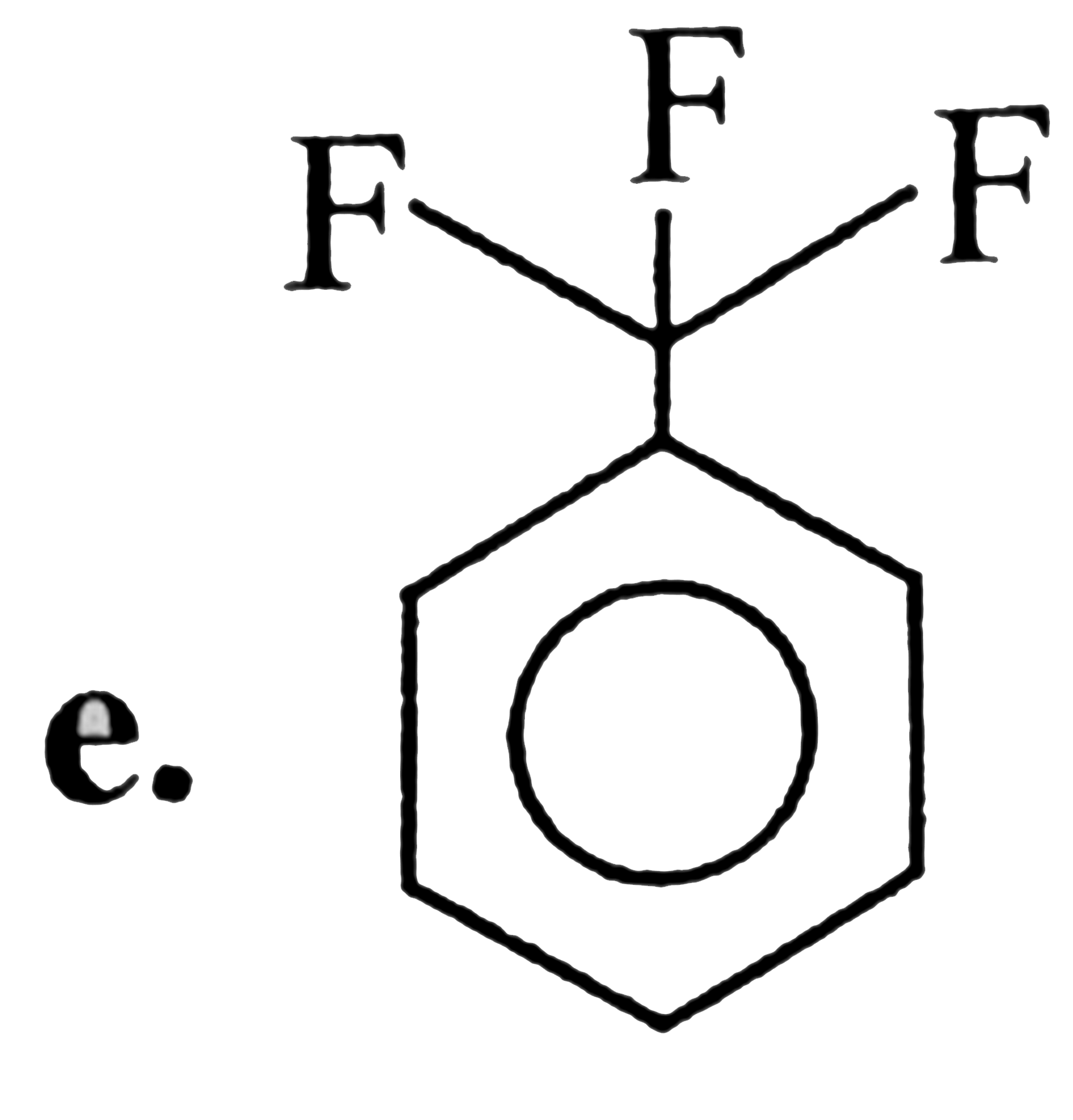 , f.
, f. 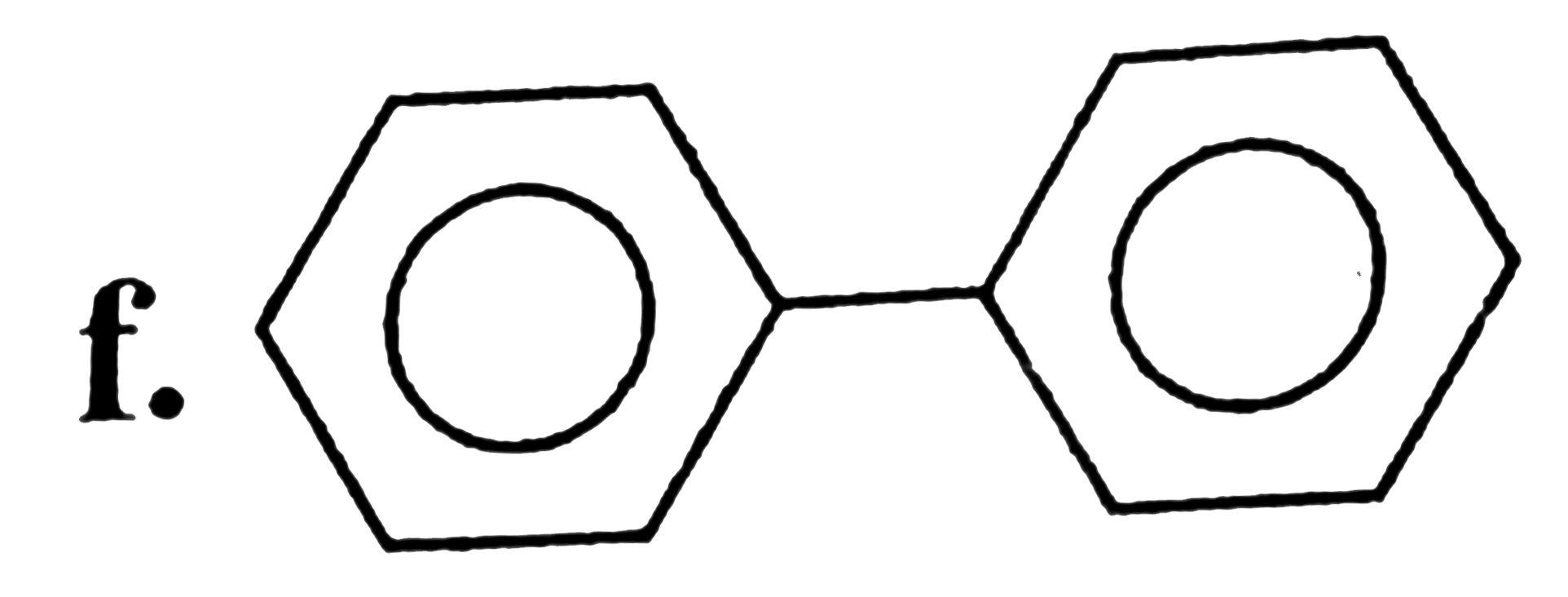
 , h.
, h. 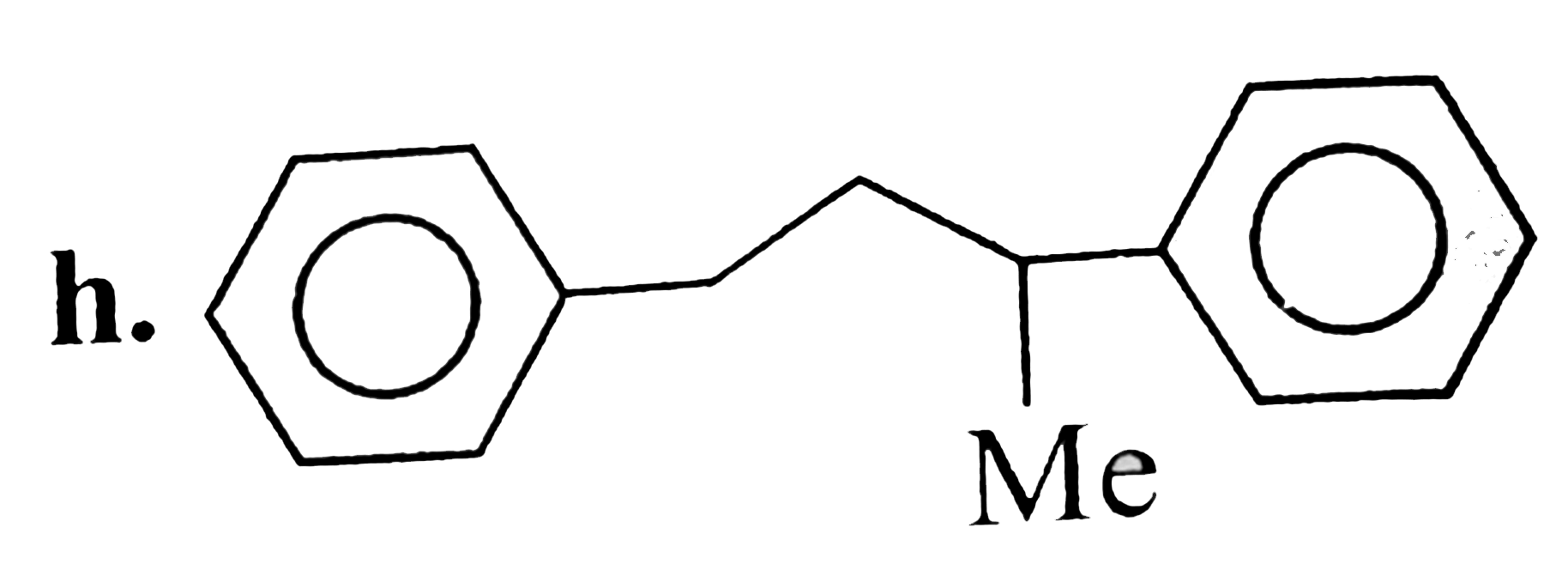
 , j.
, j. 
 , l.
, l. 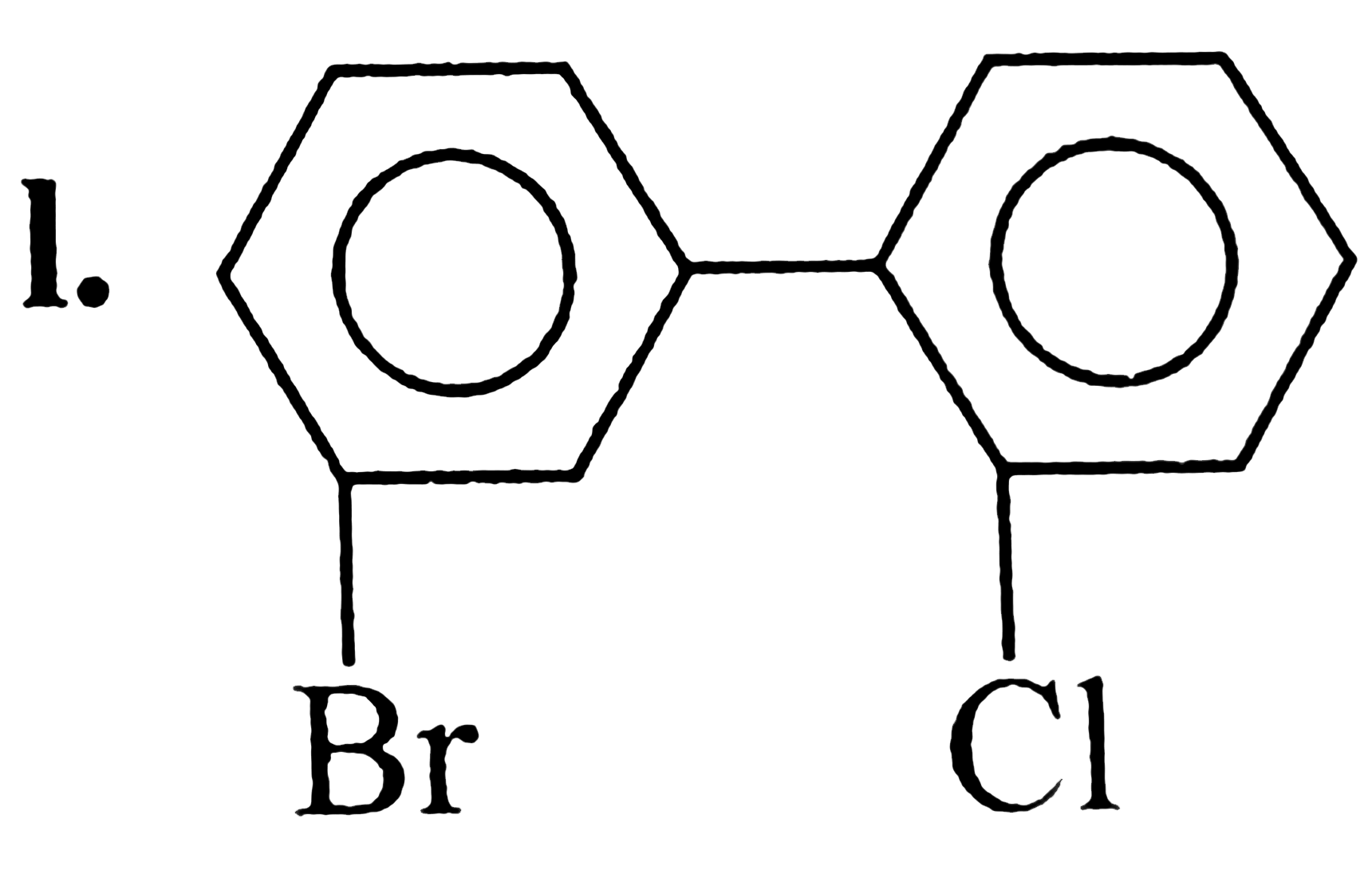
 , n.
, n. 
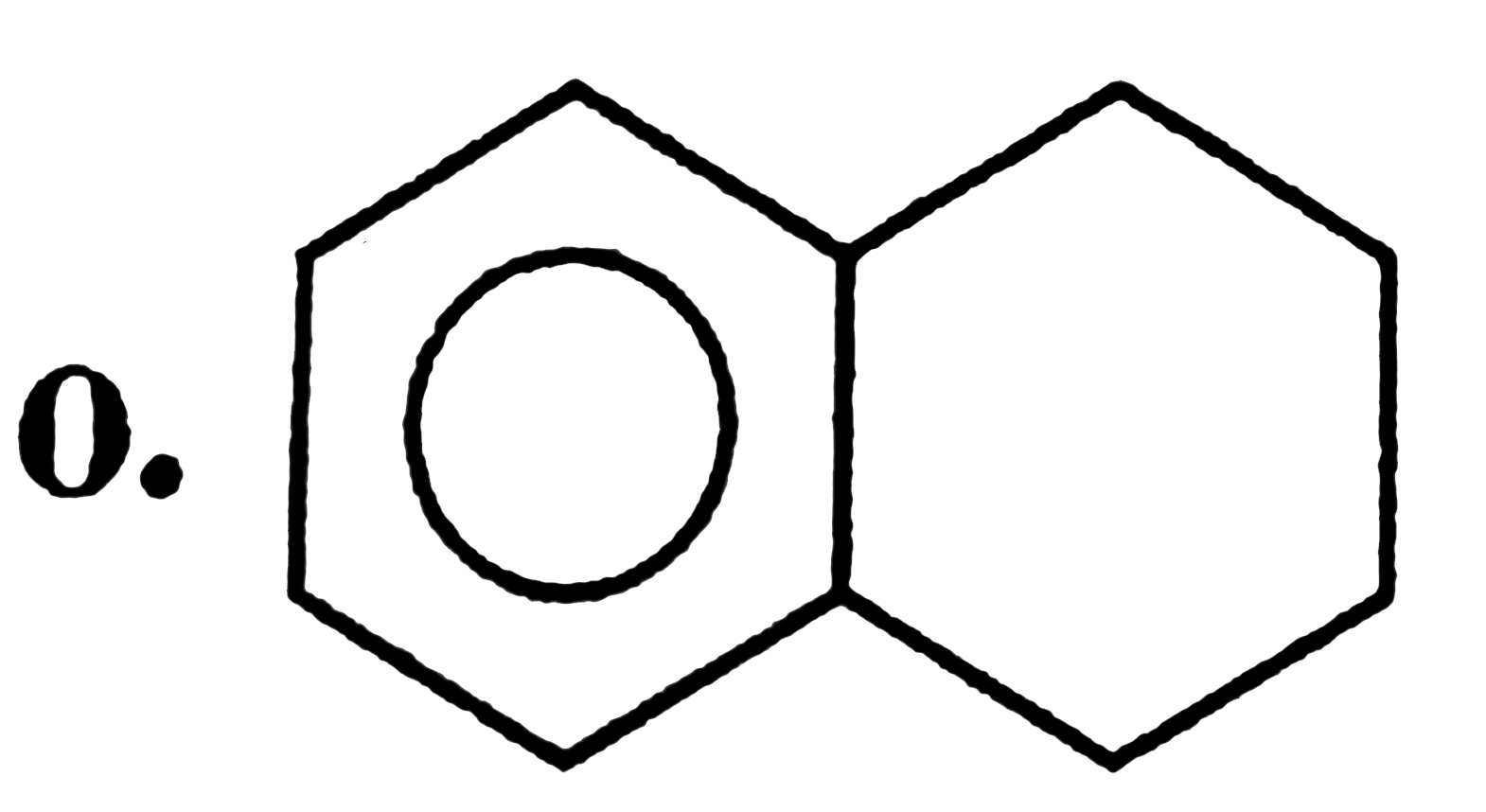 , p.
, p. 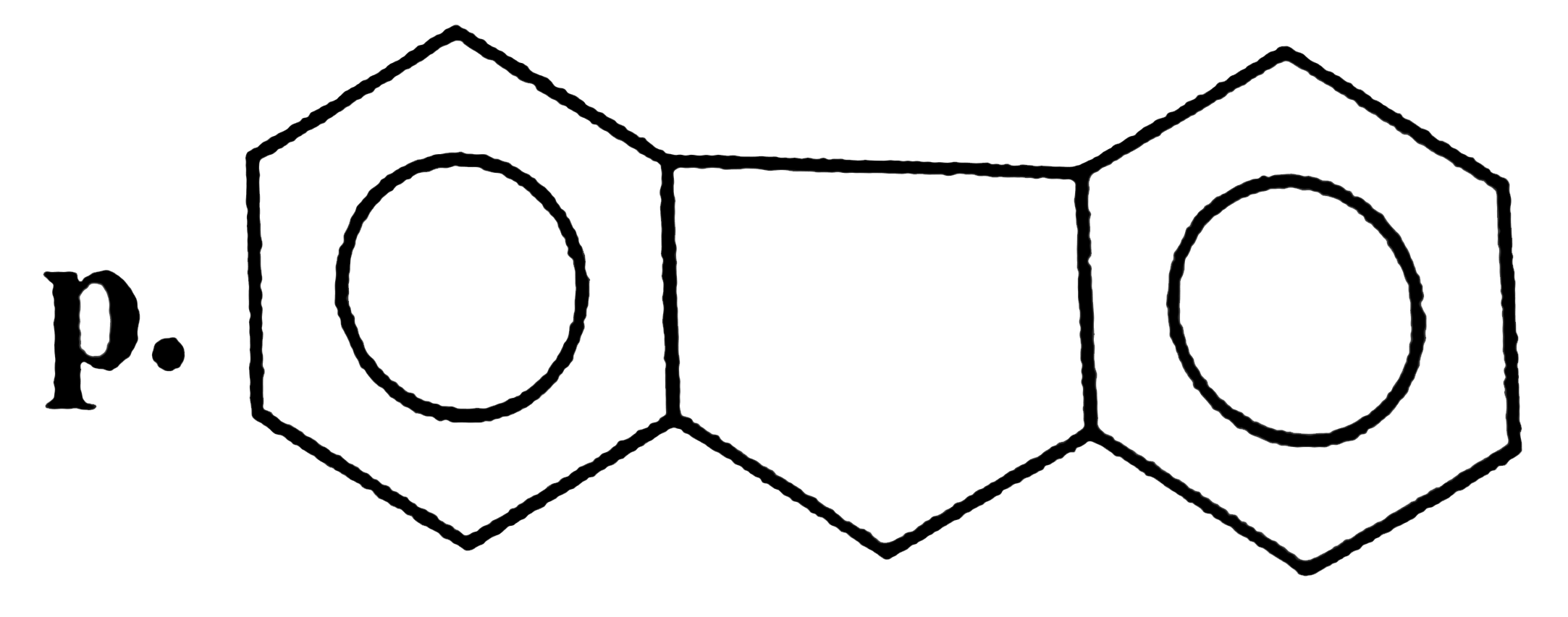
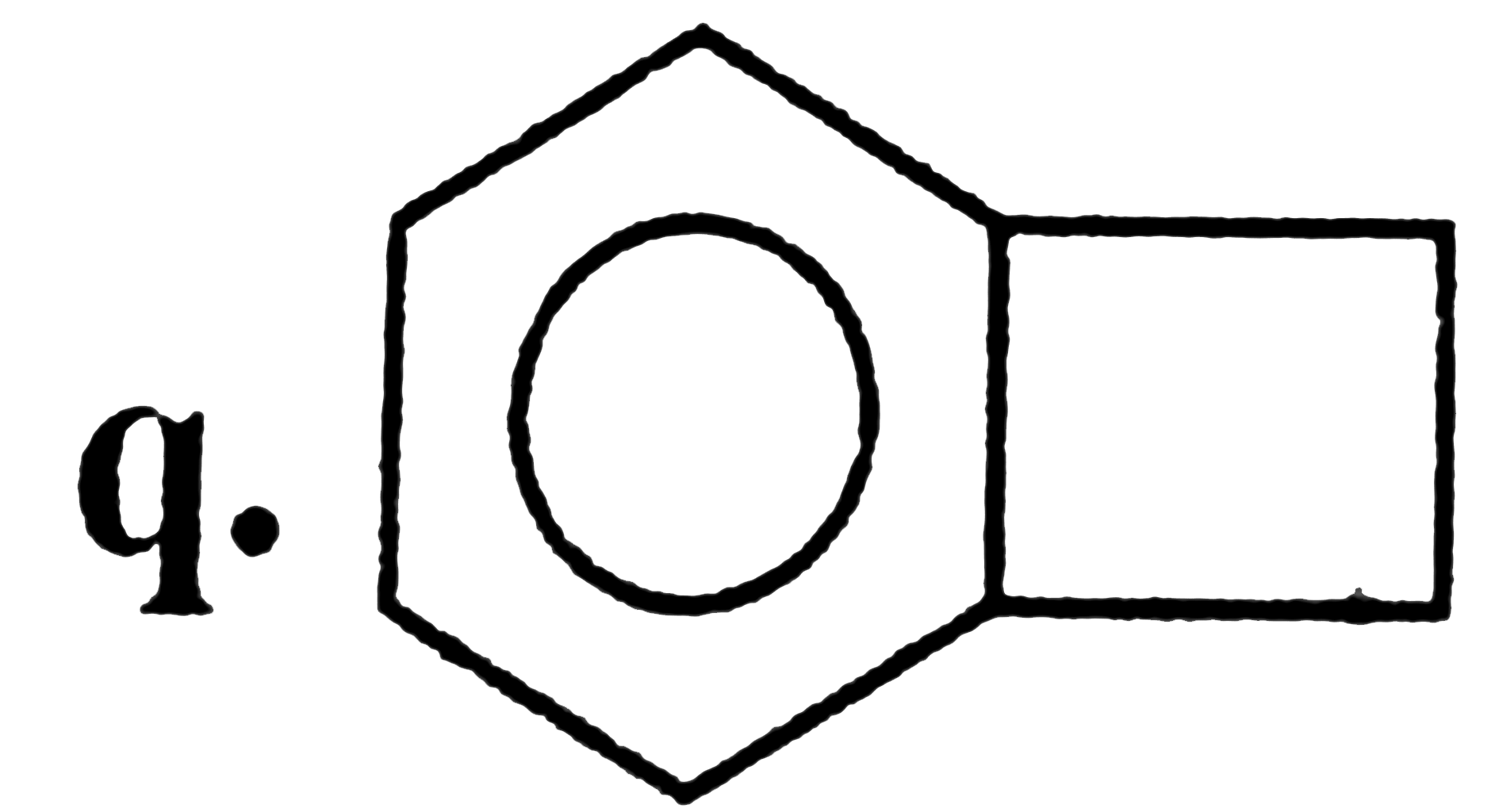 , r.
, r. 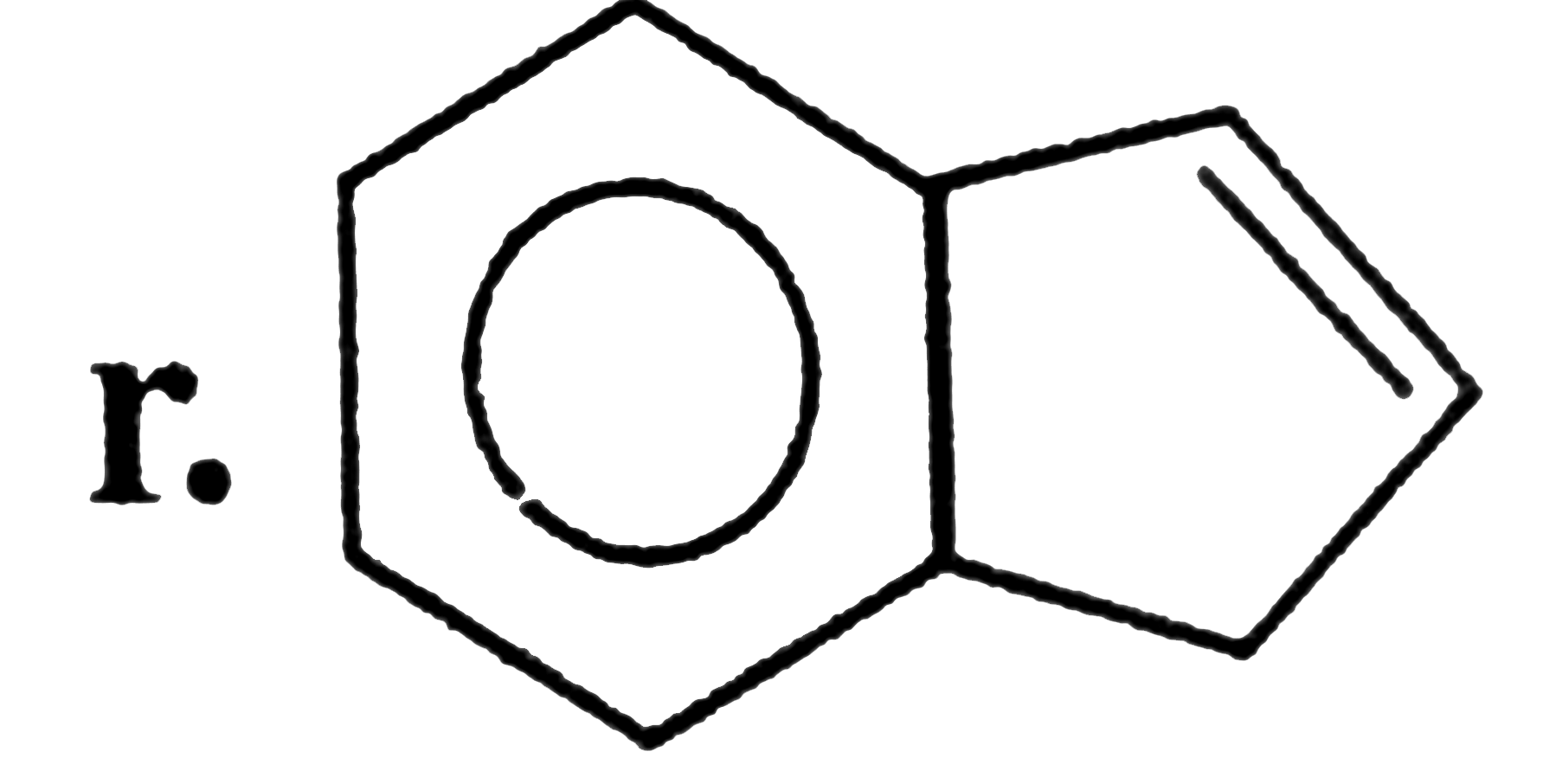
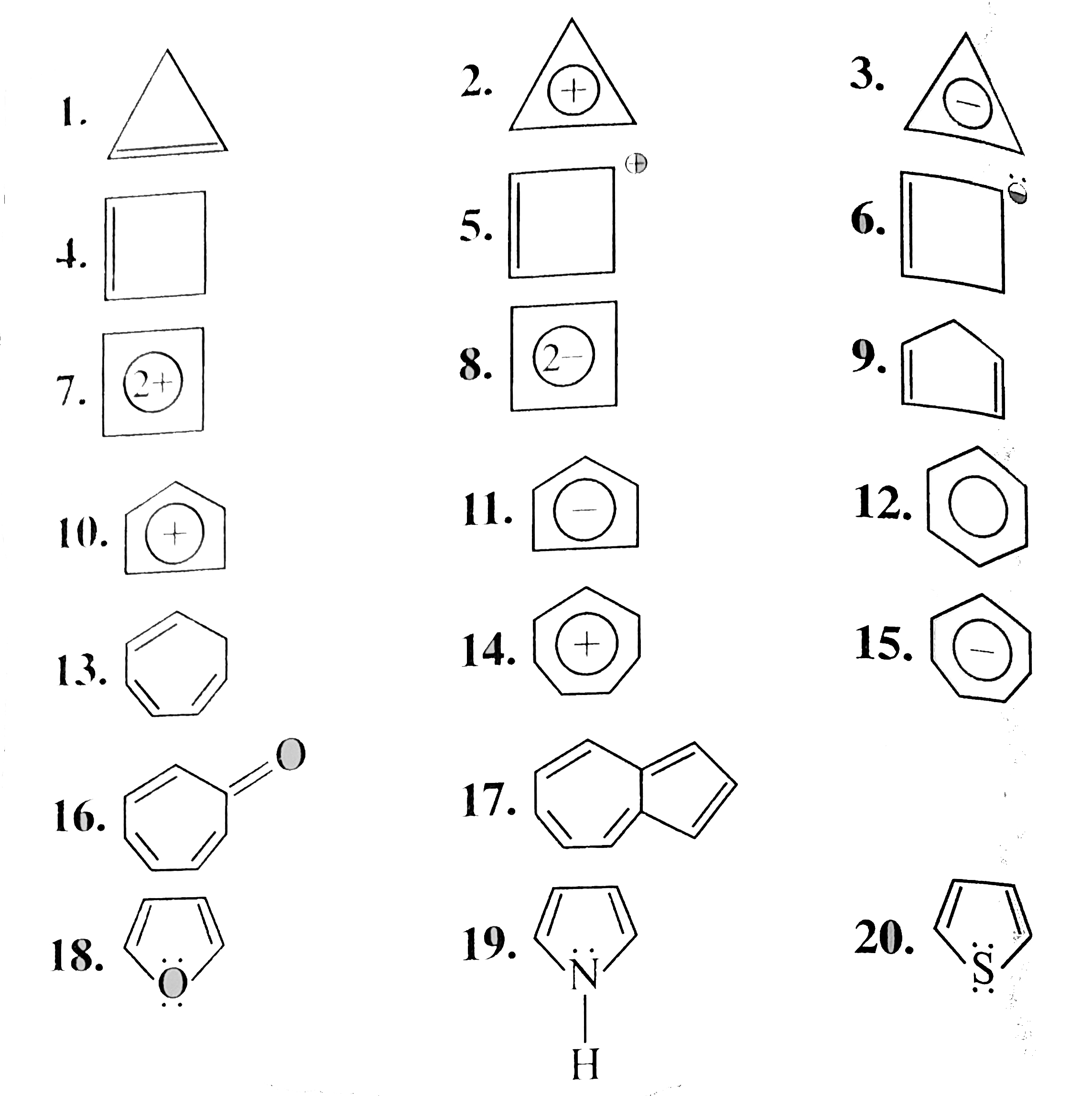
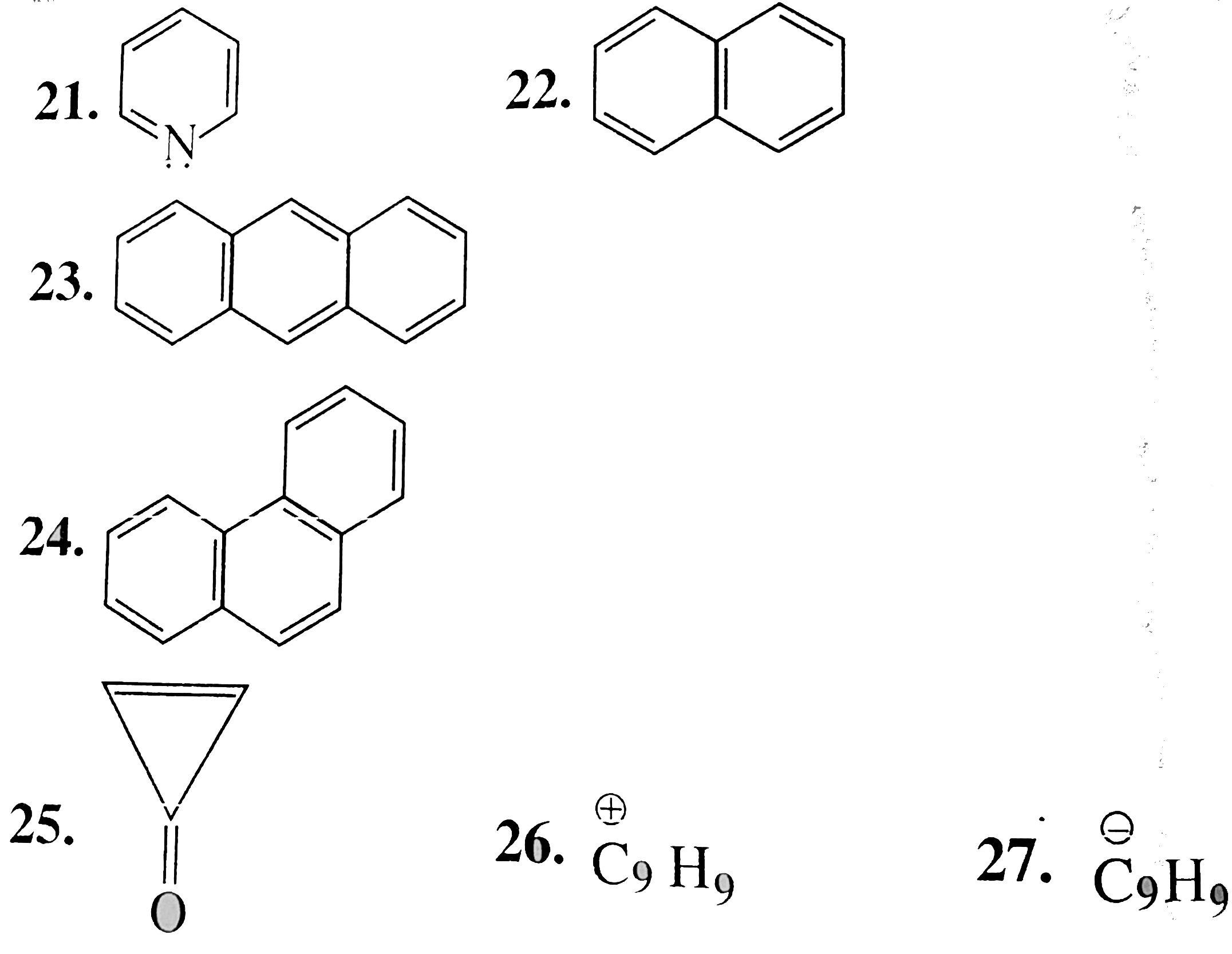


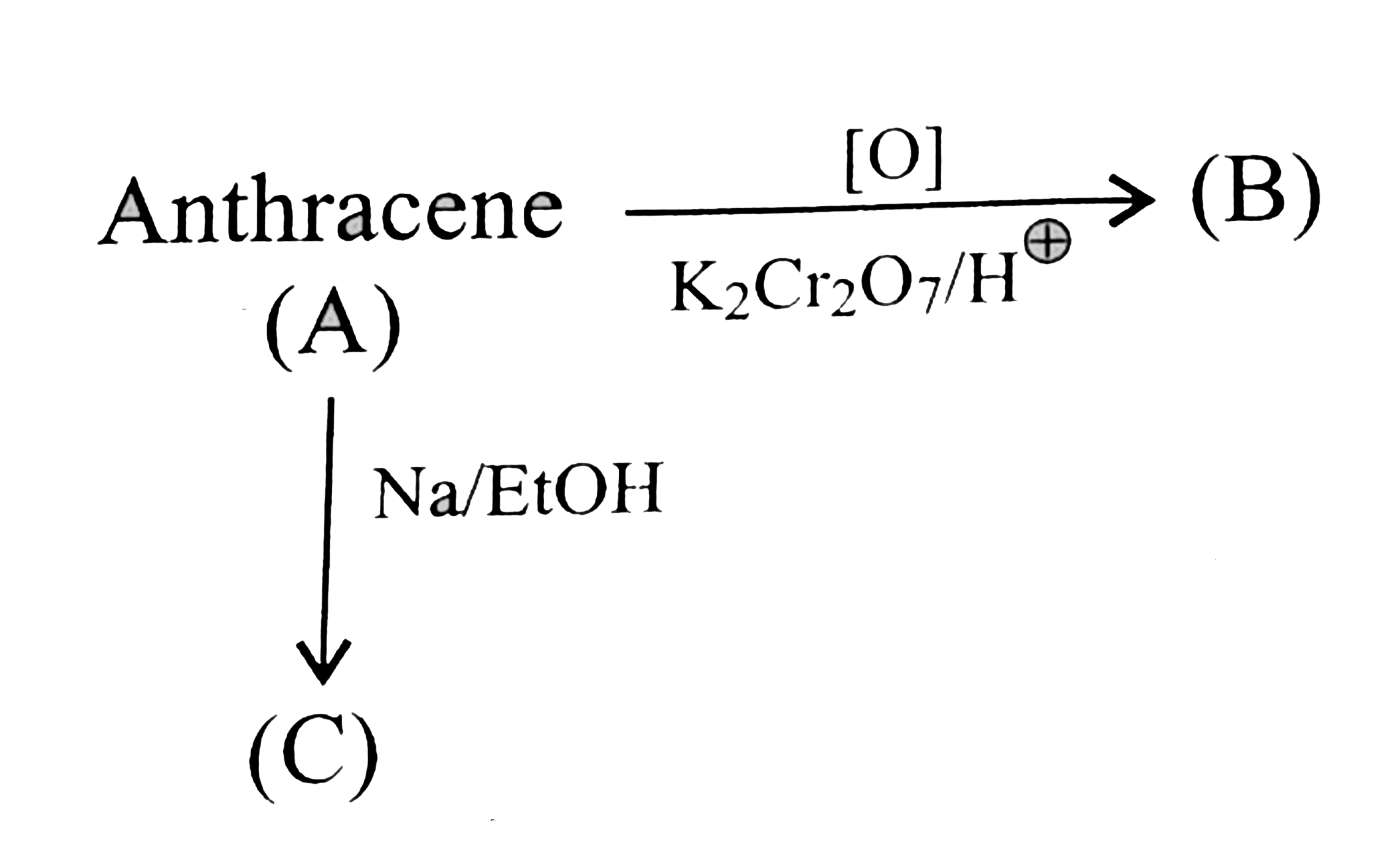


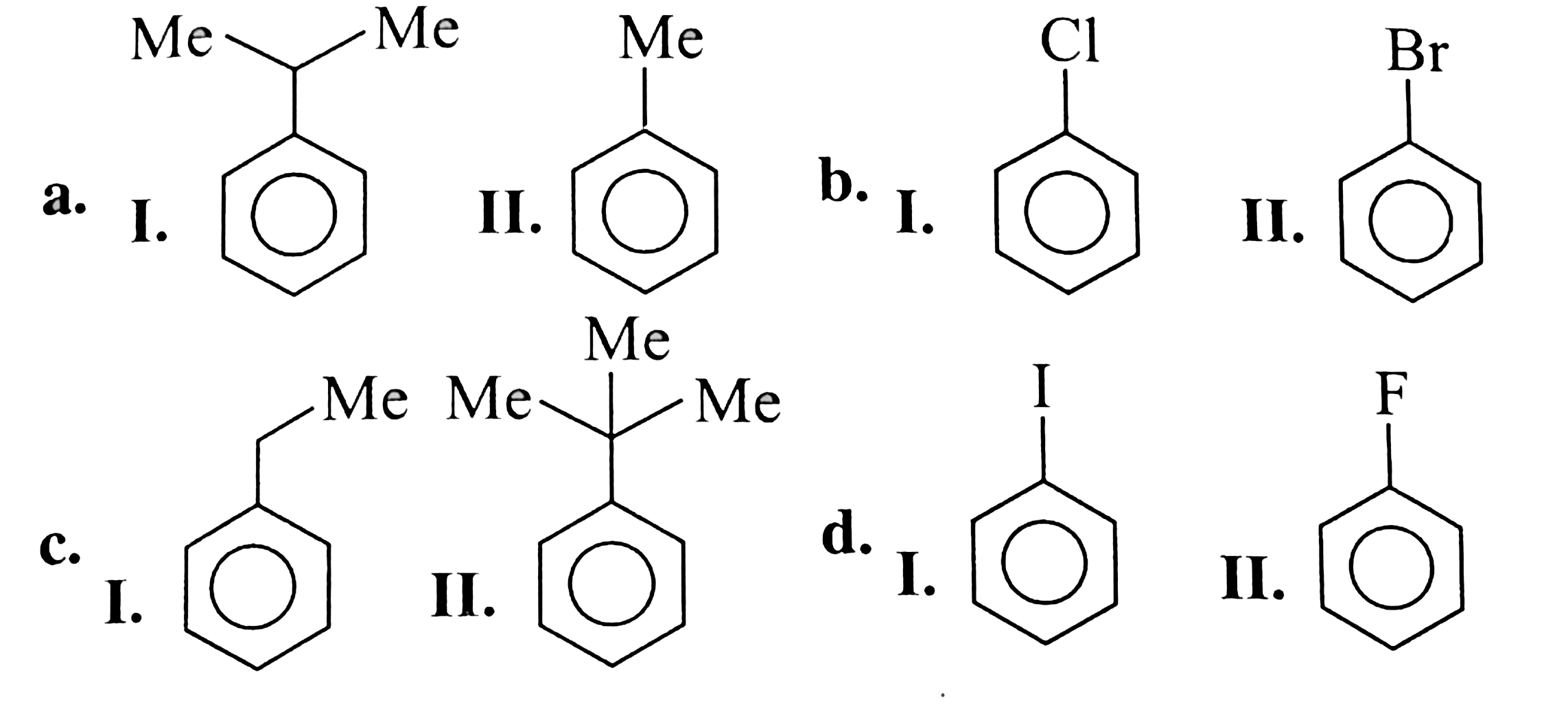

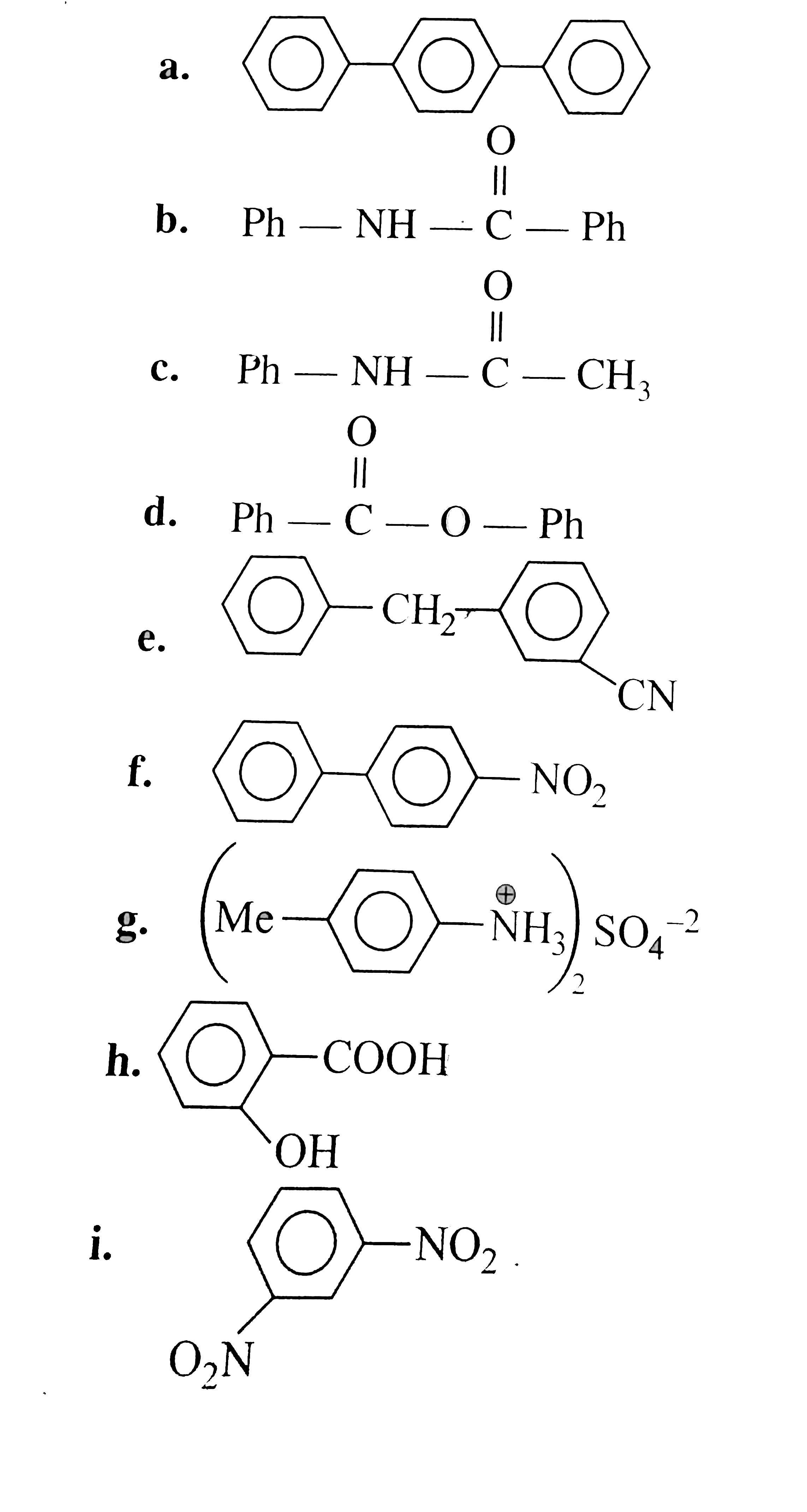
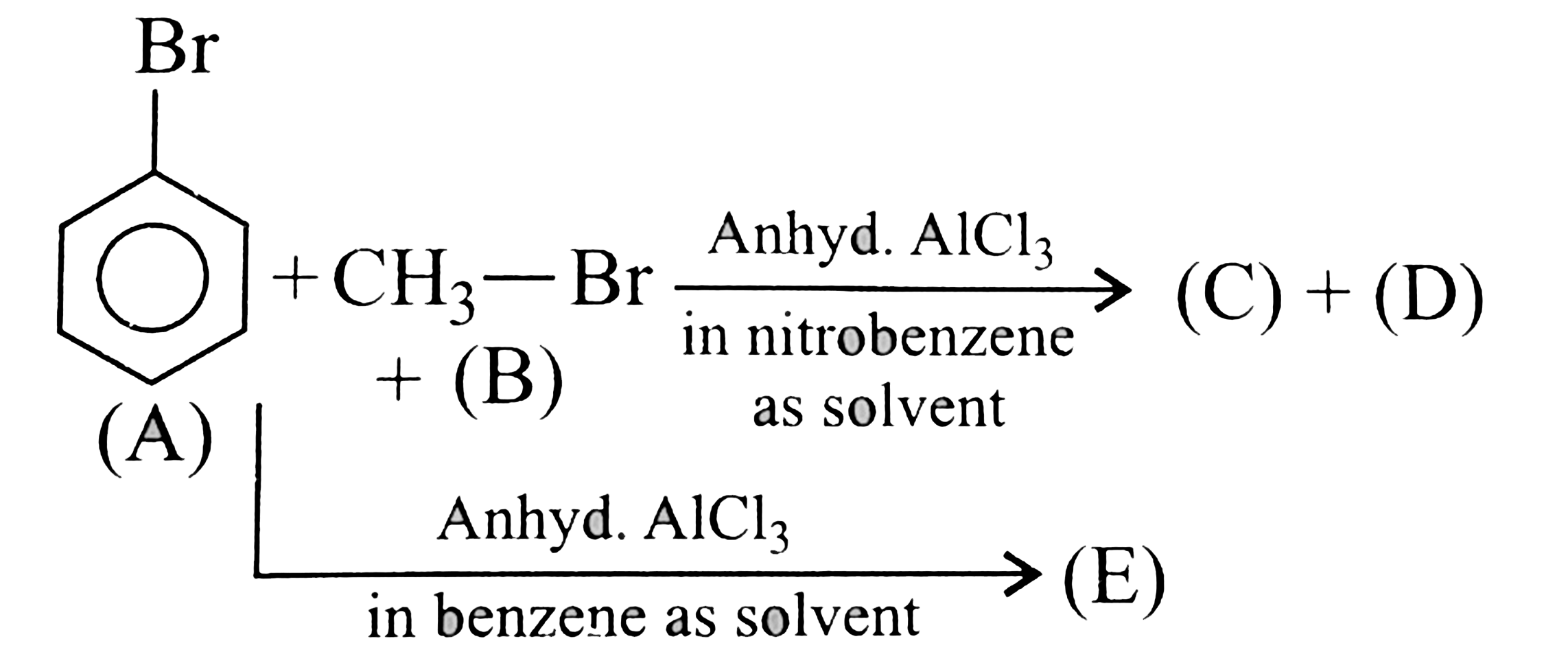

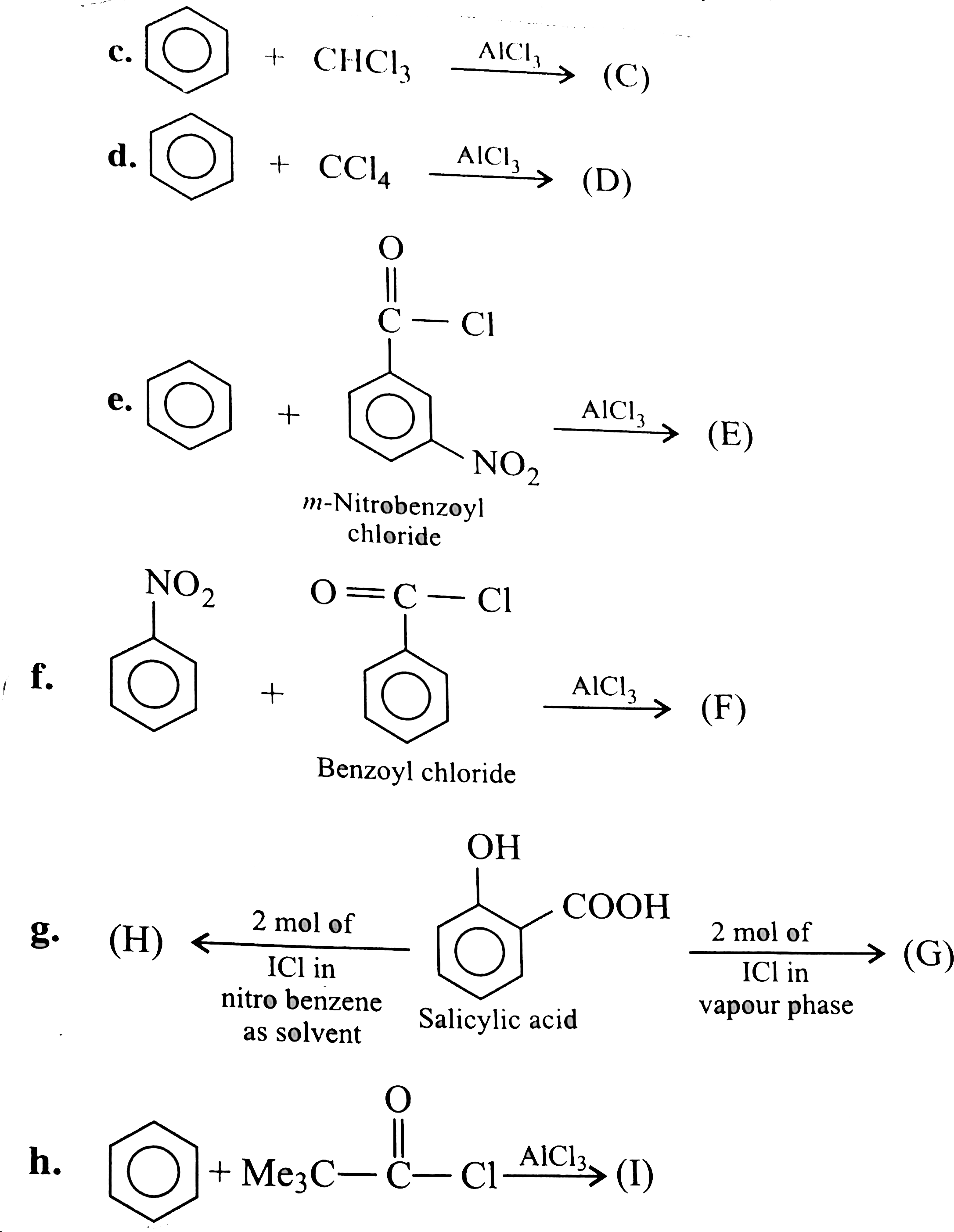
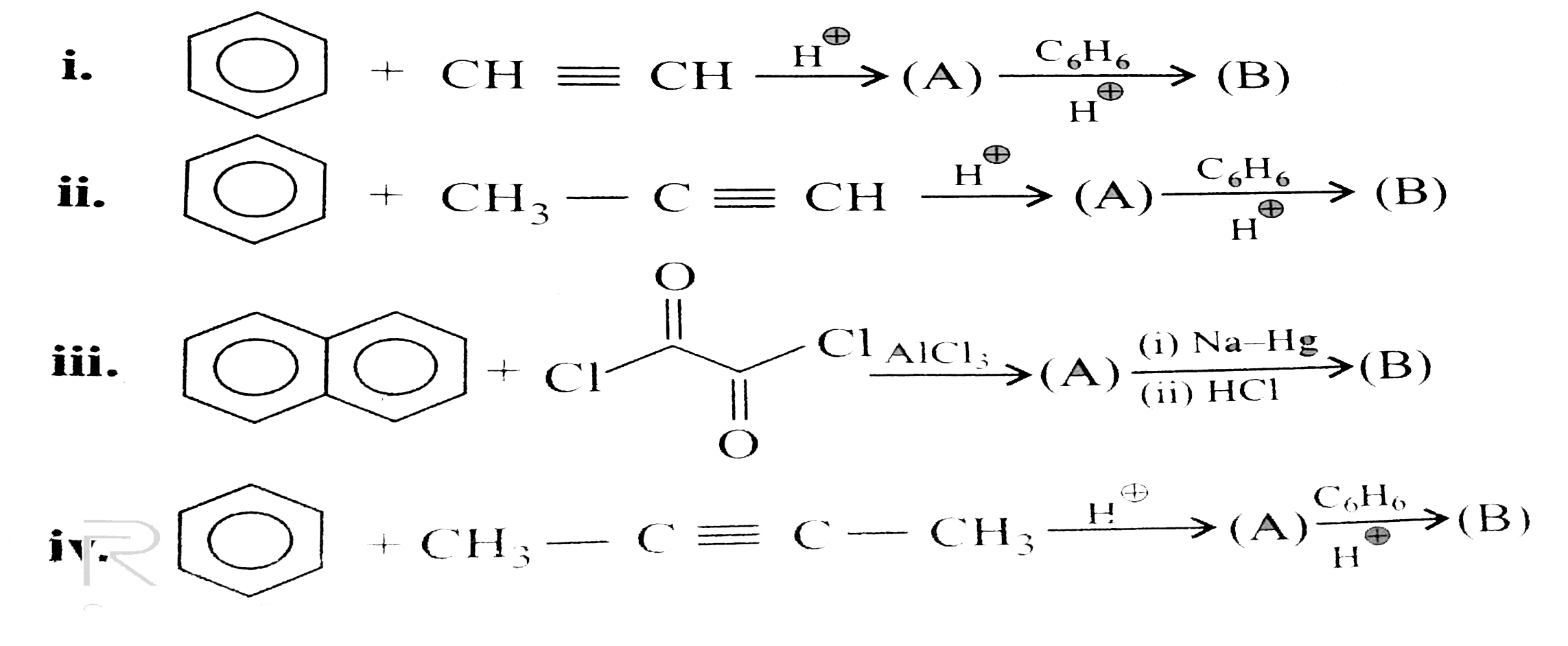
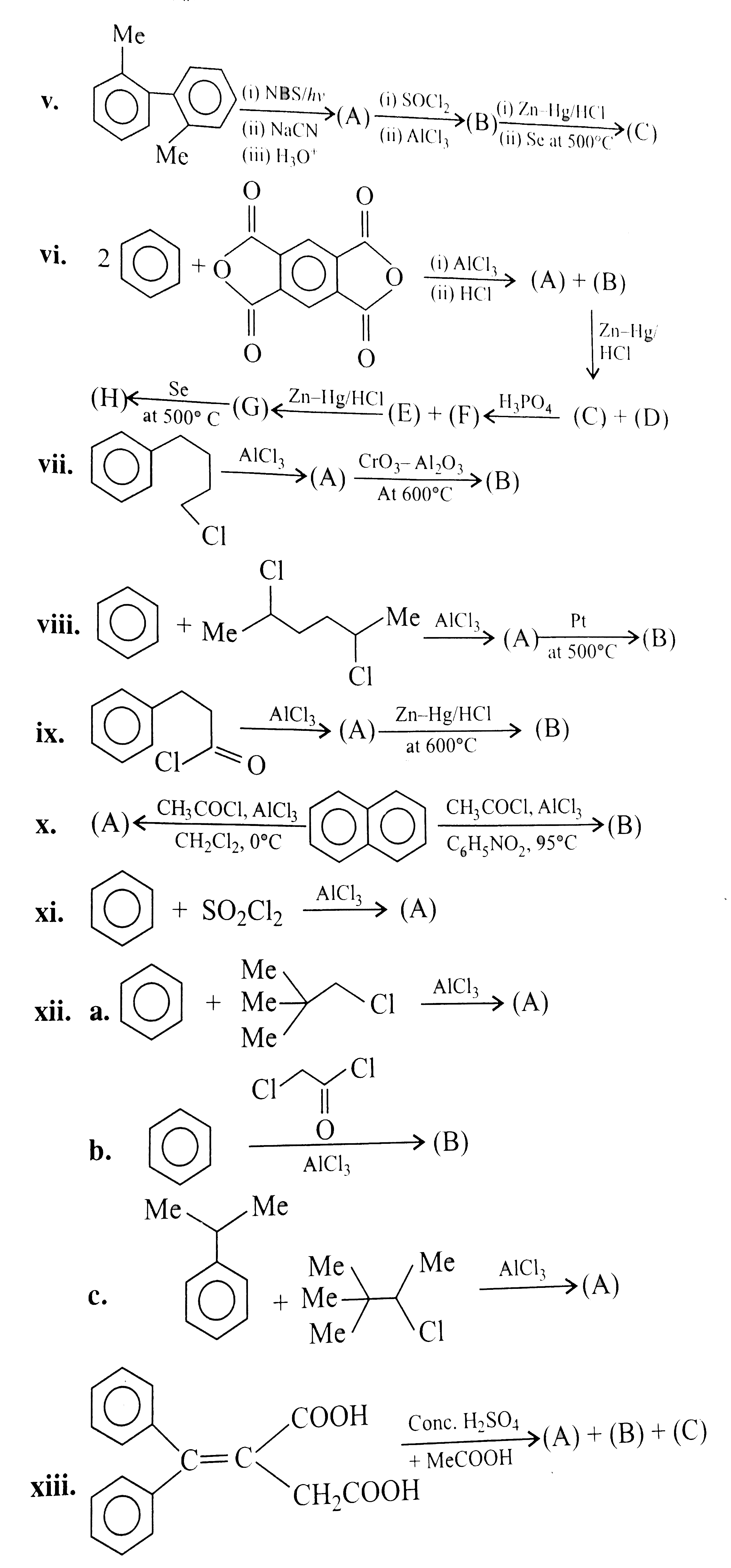

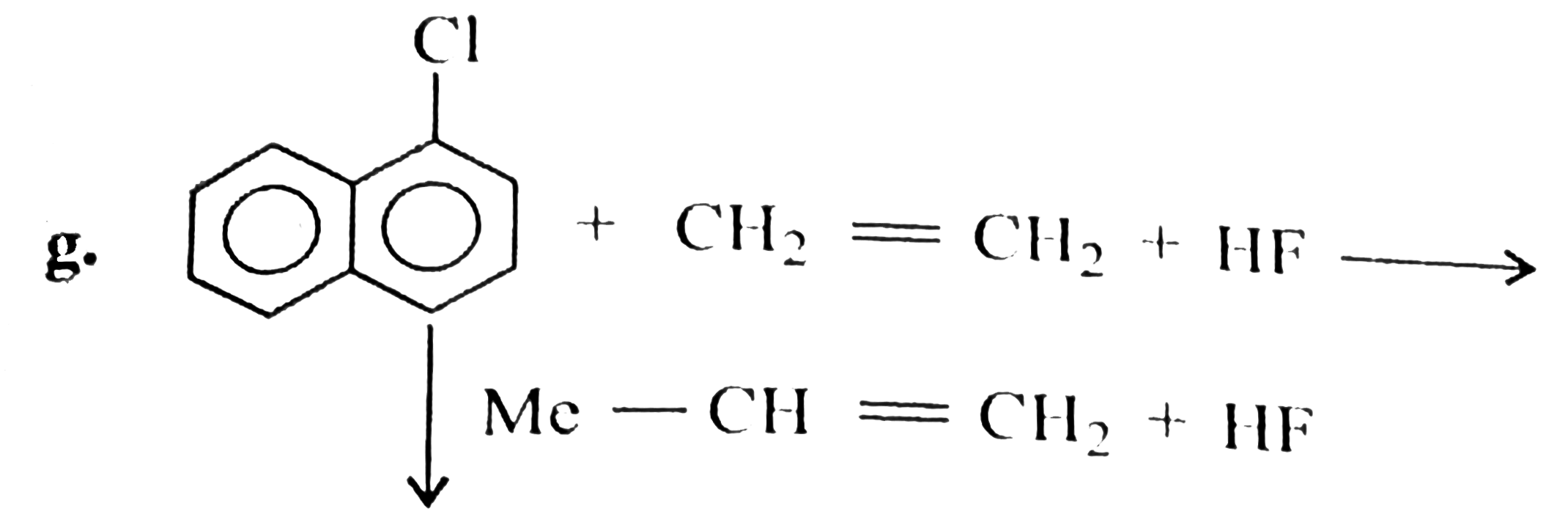
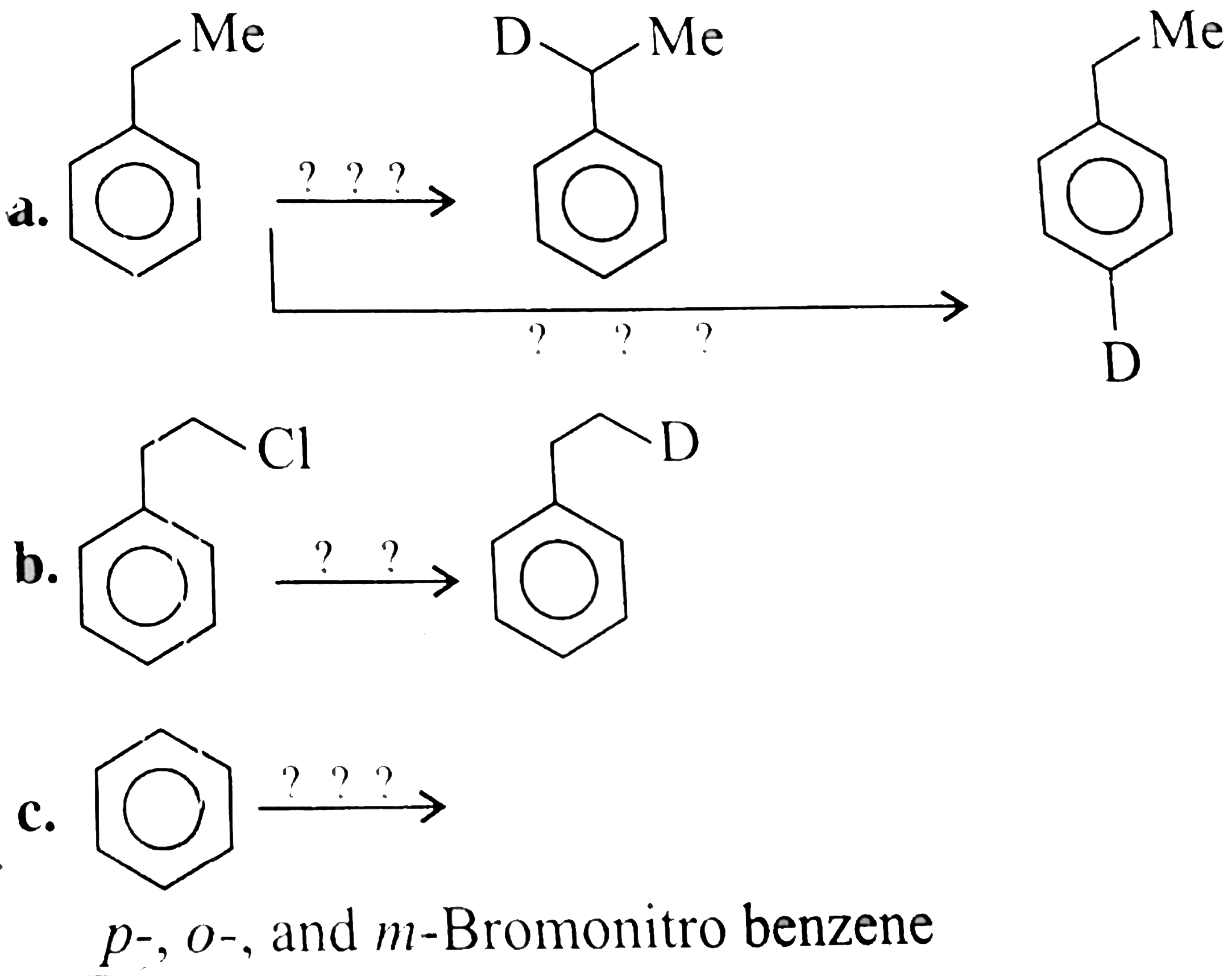

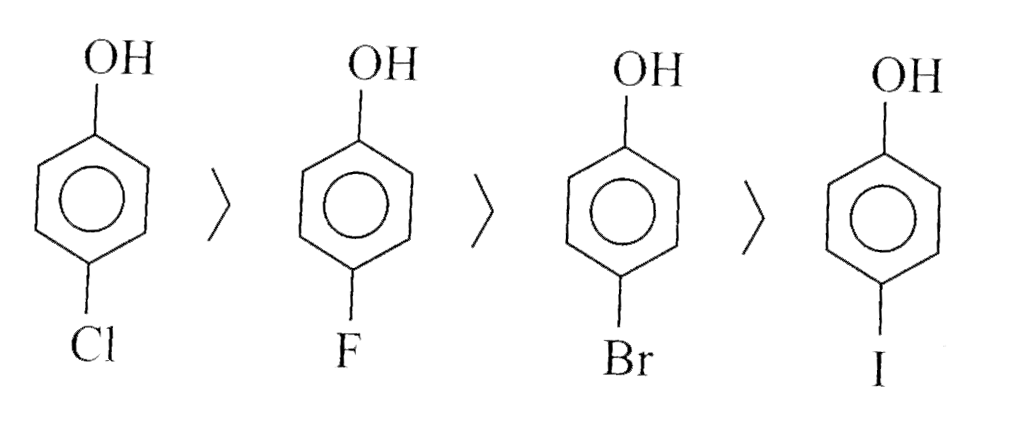
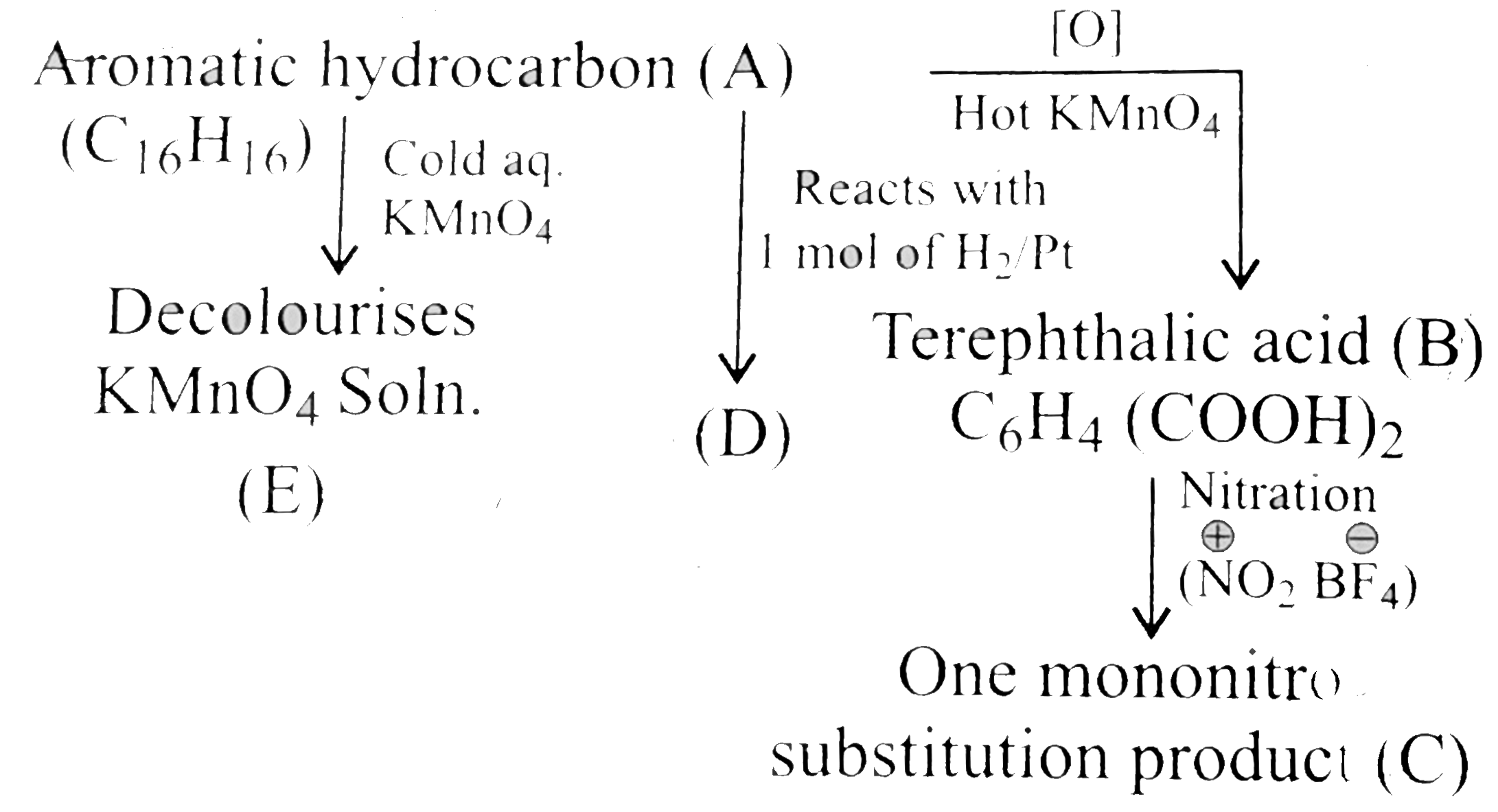
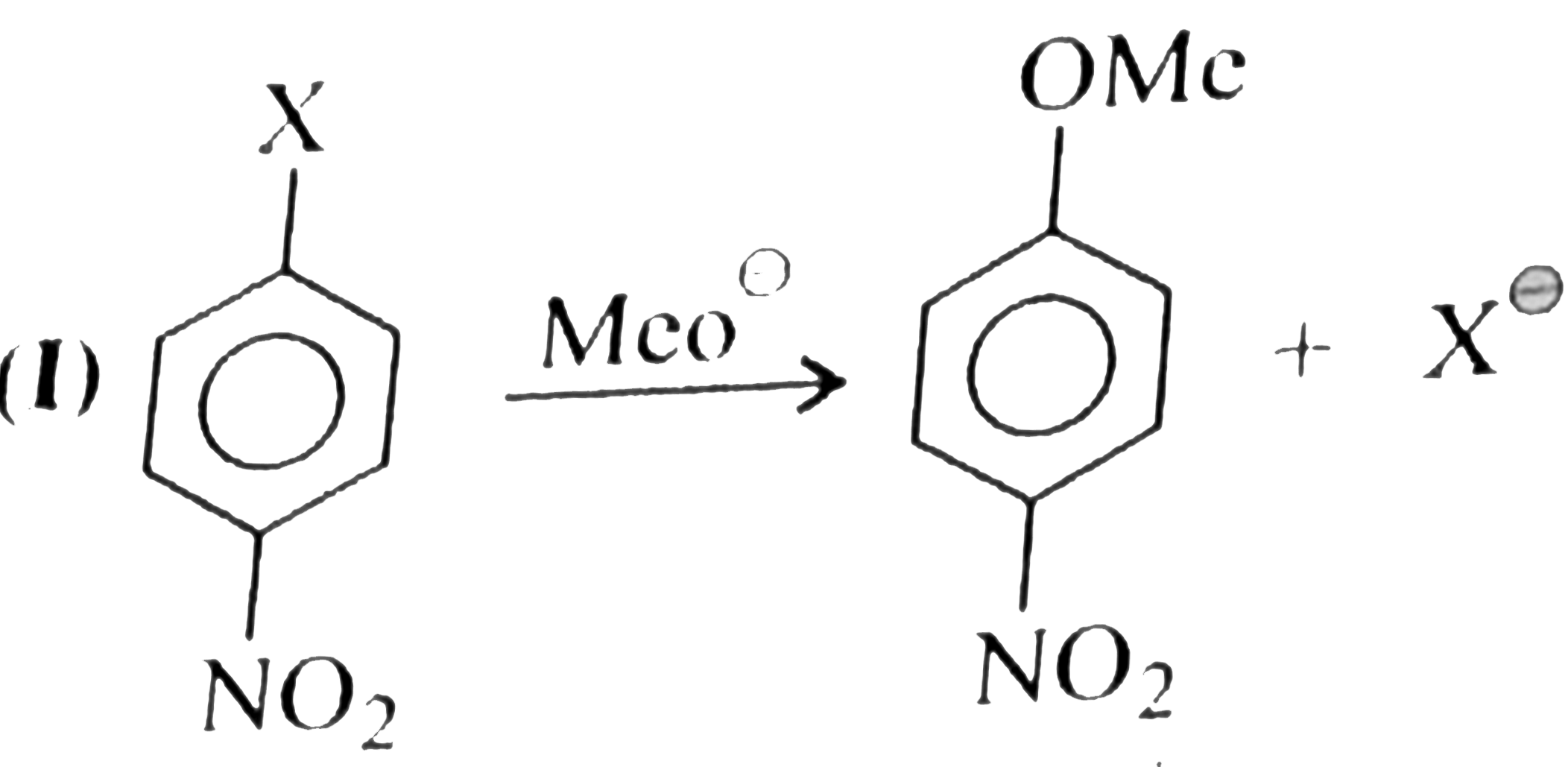 ,why is the order of reactivity of haldies
,why is the order of reactivity of haldies 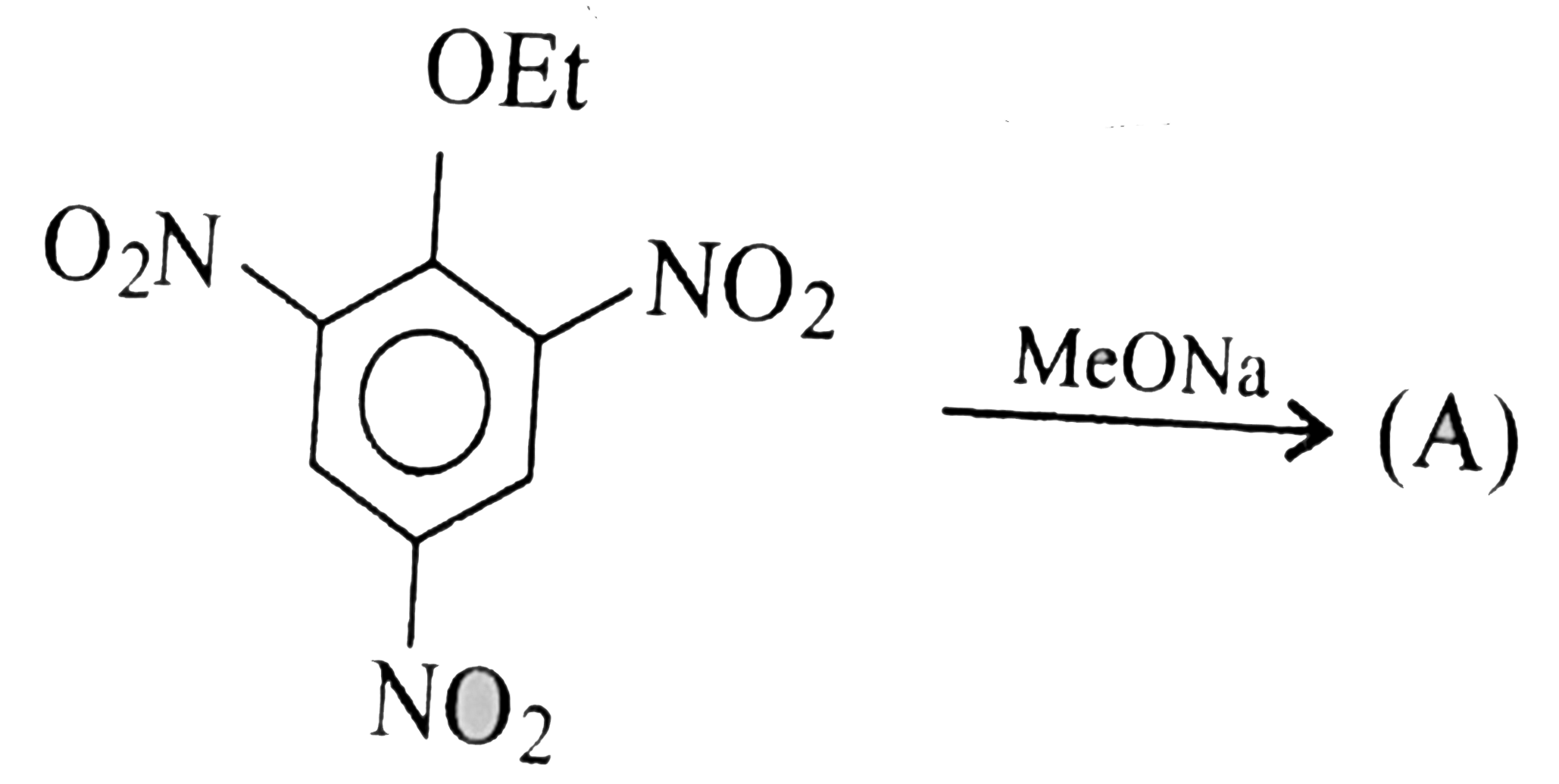
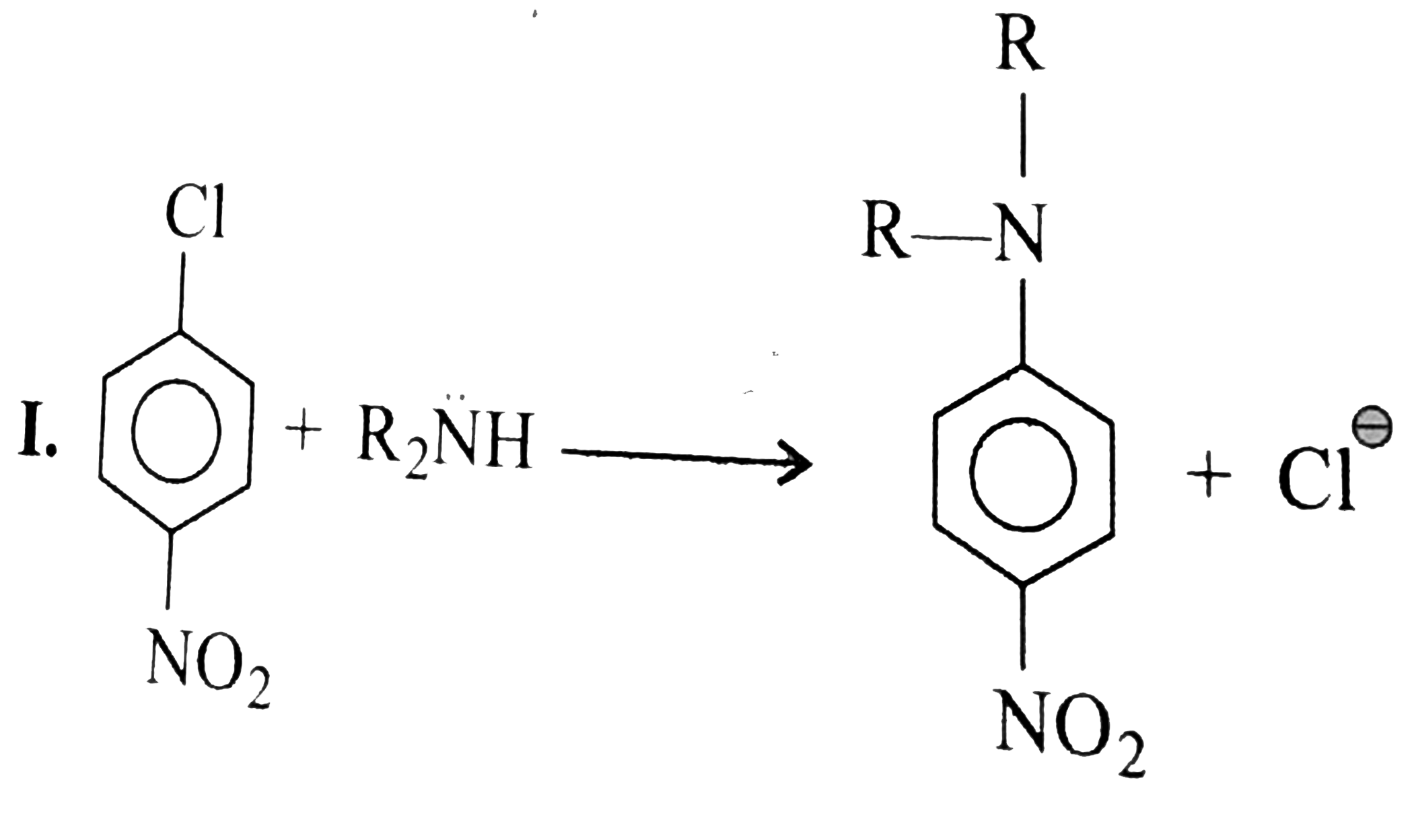





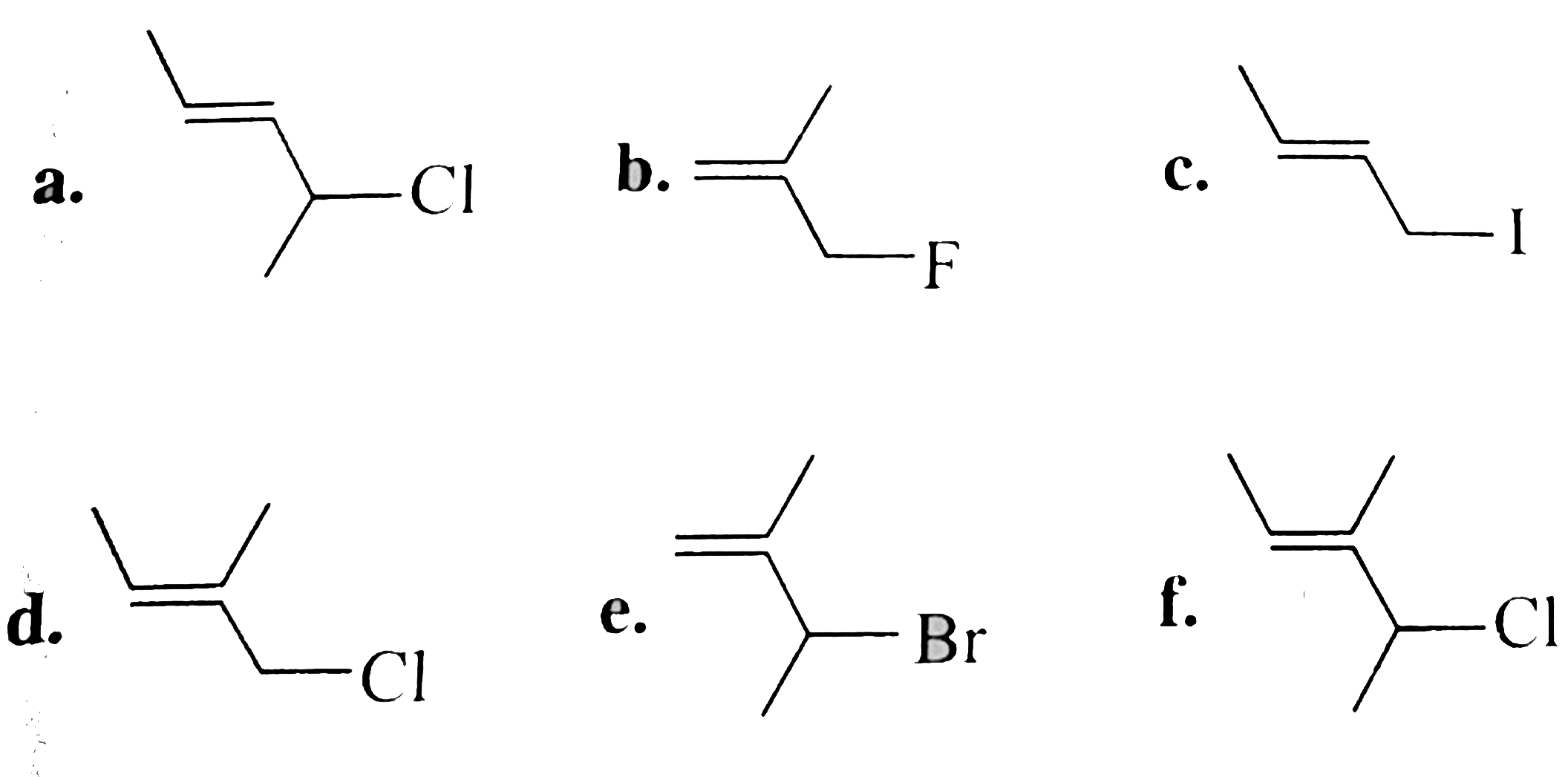
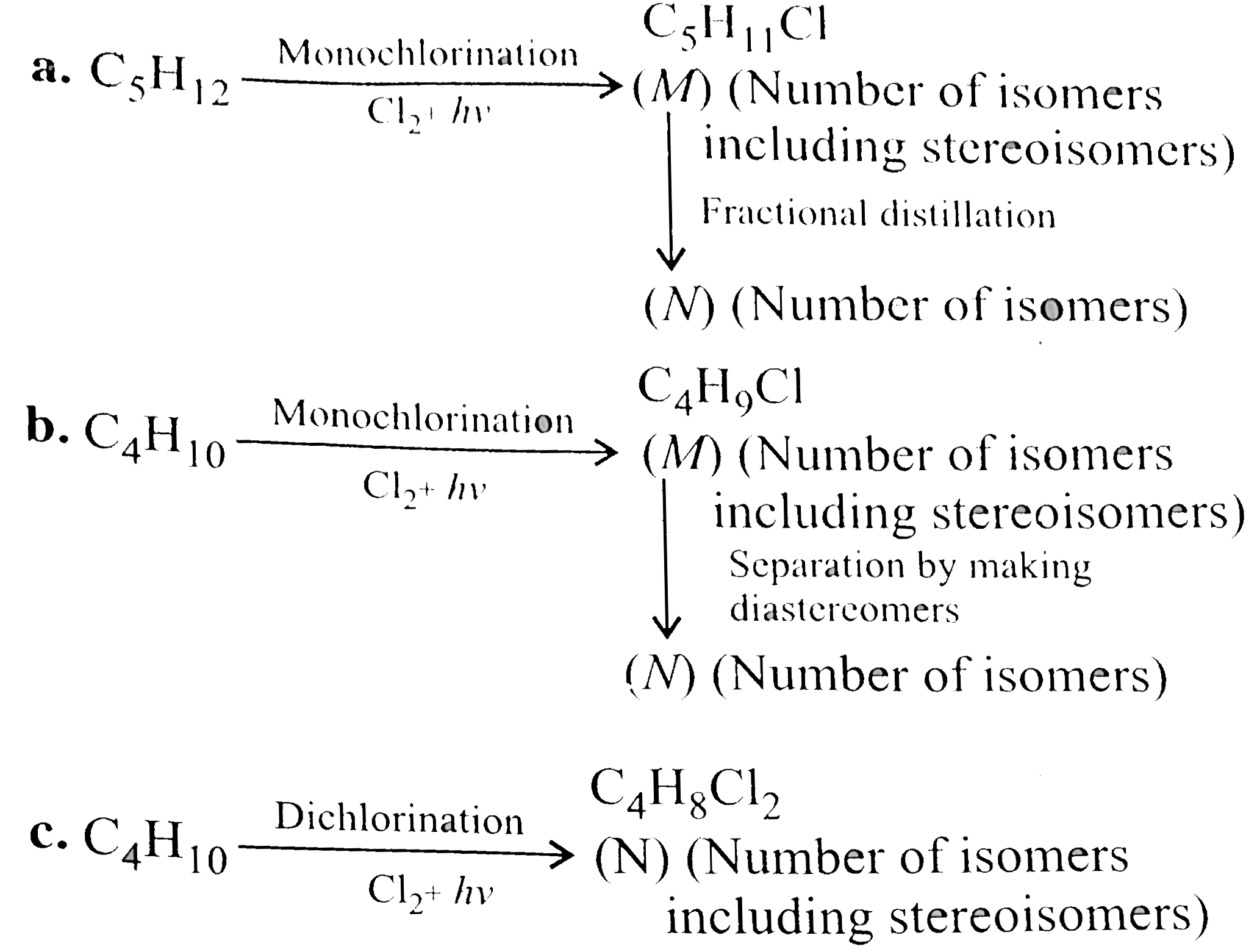

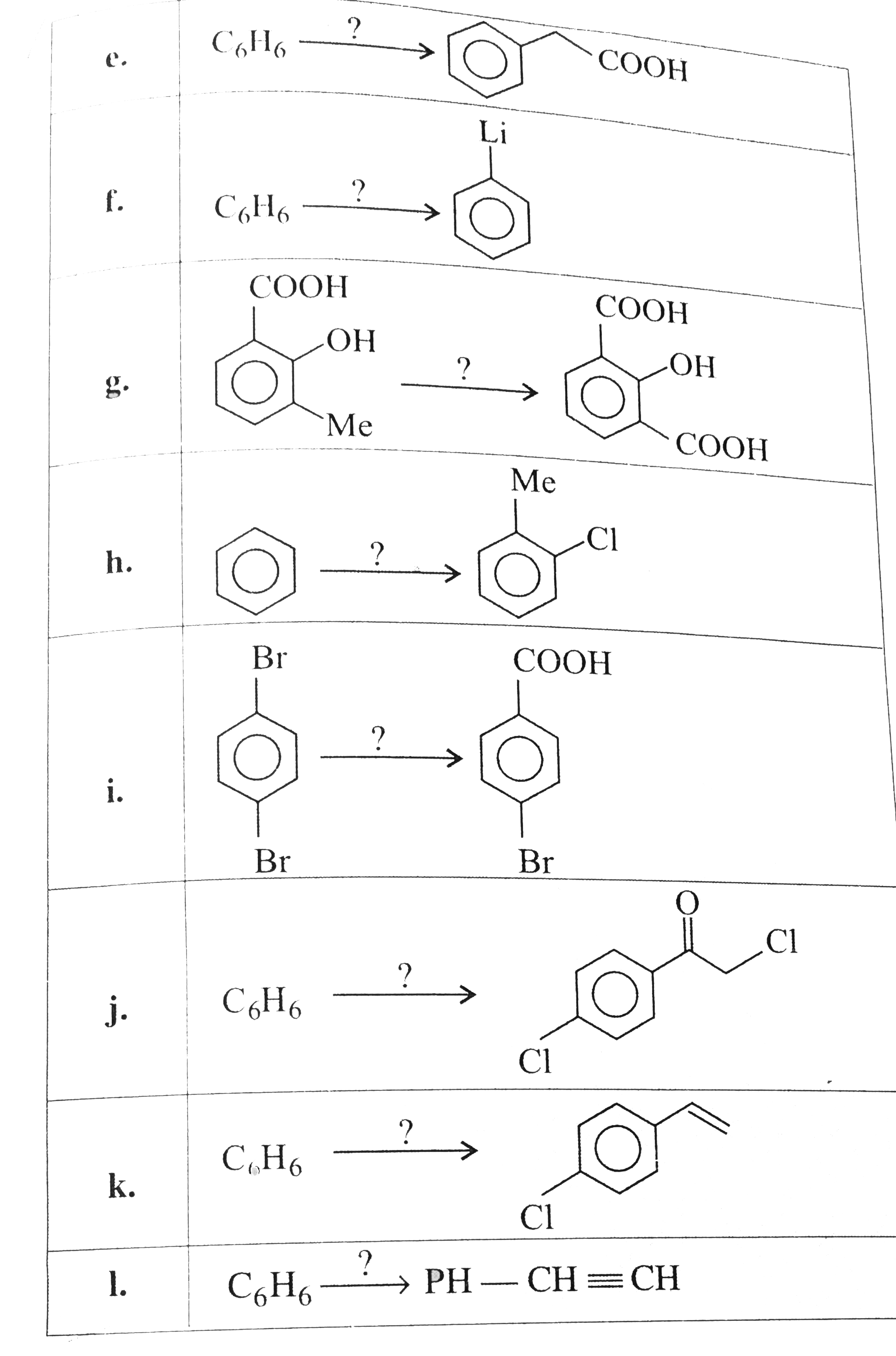
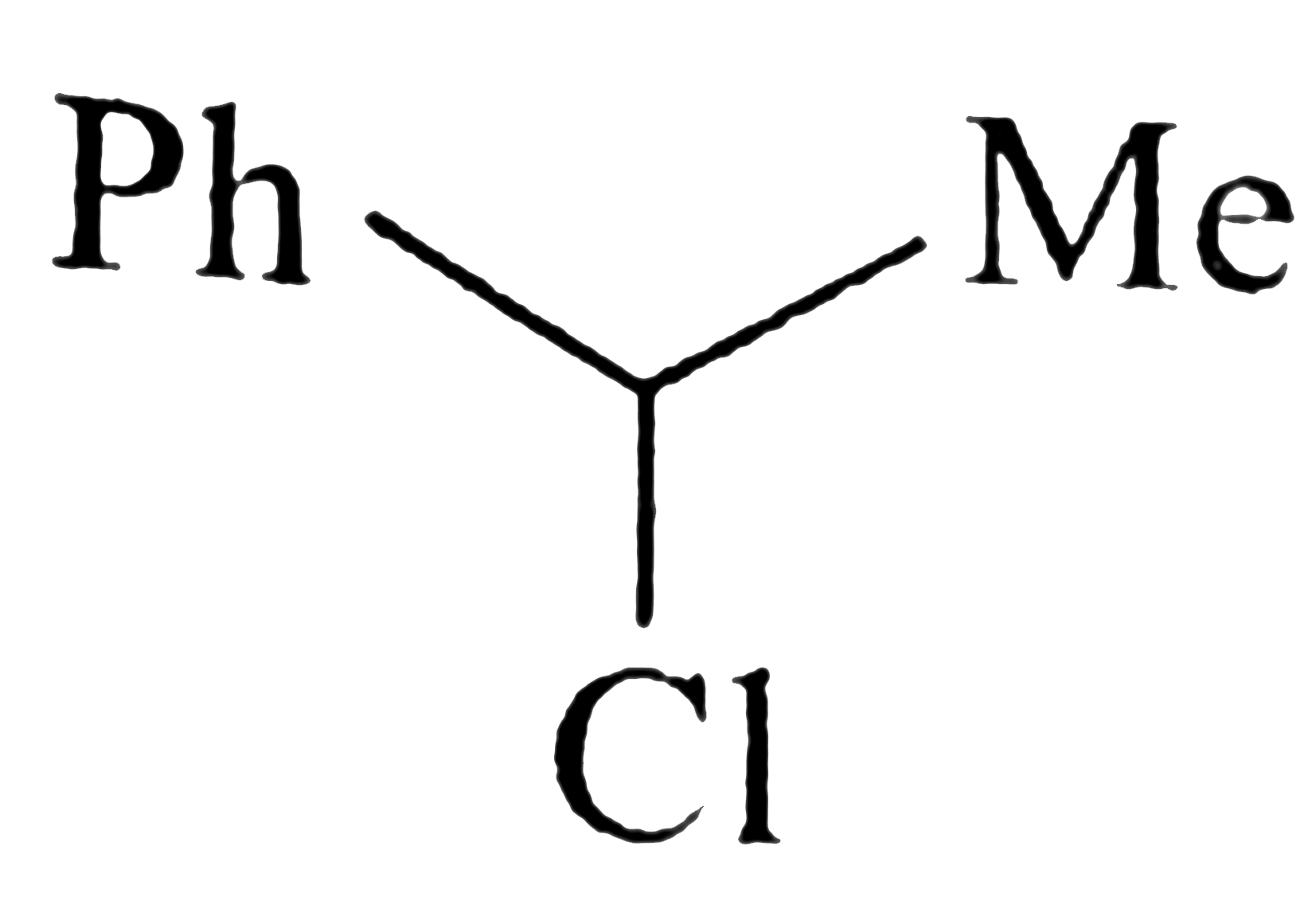
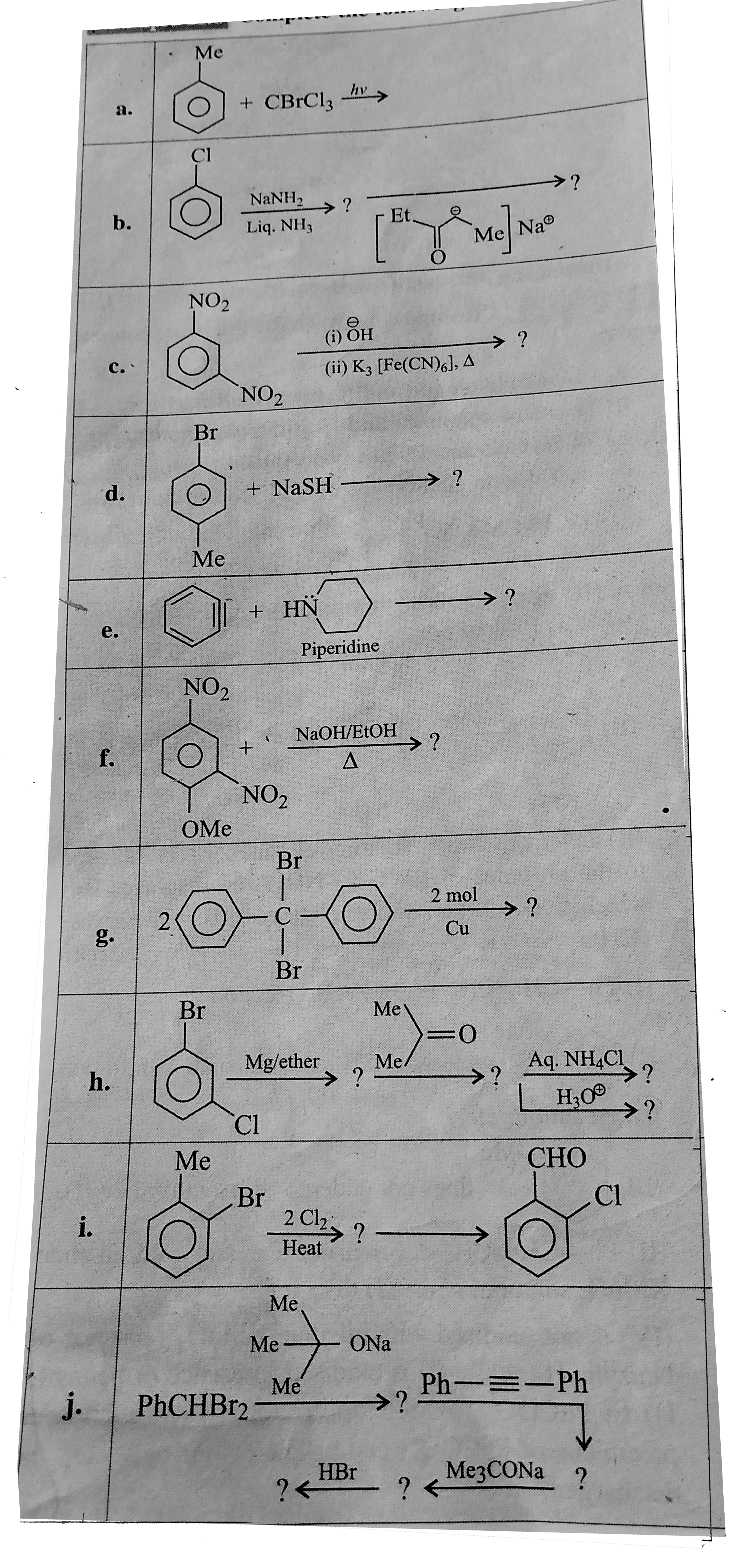
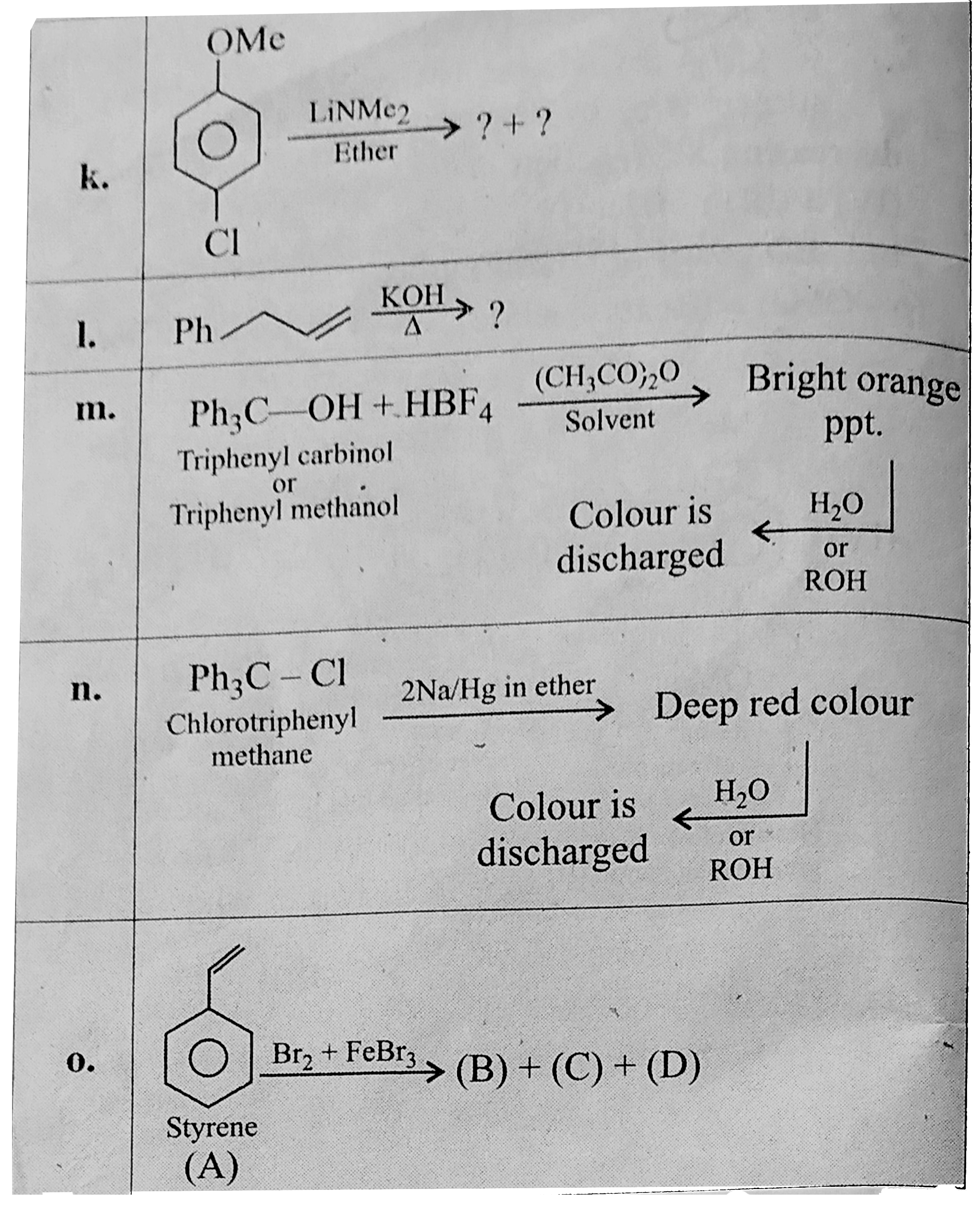

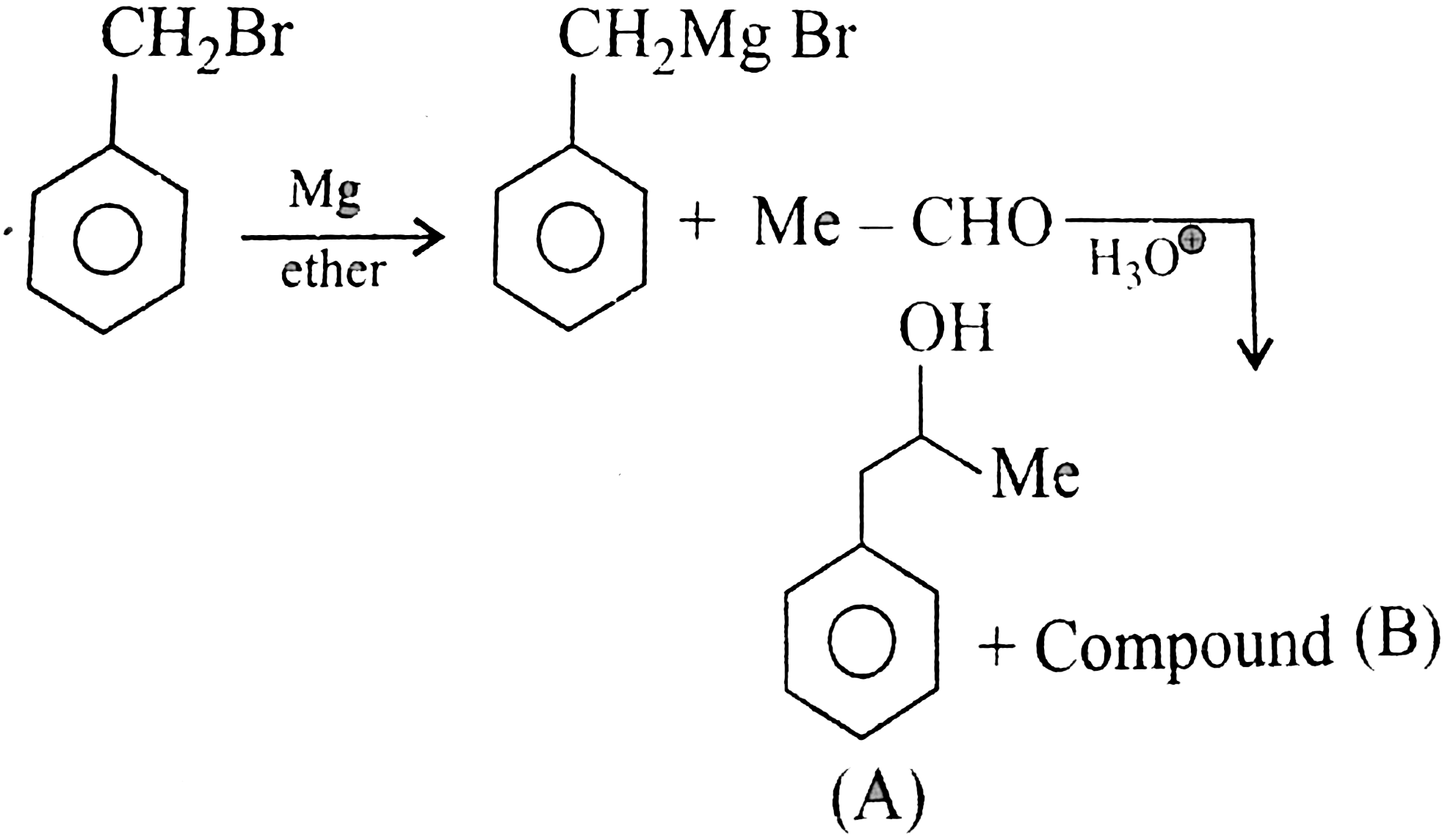
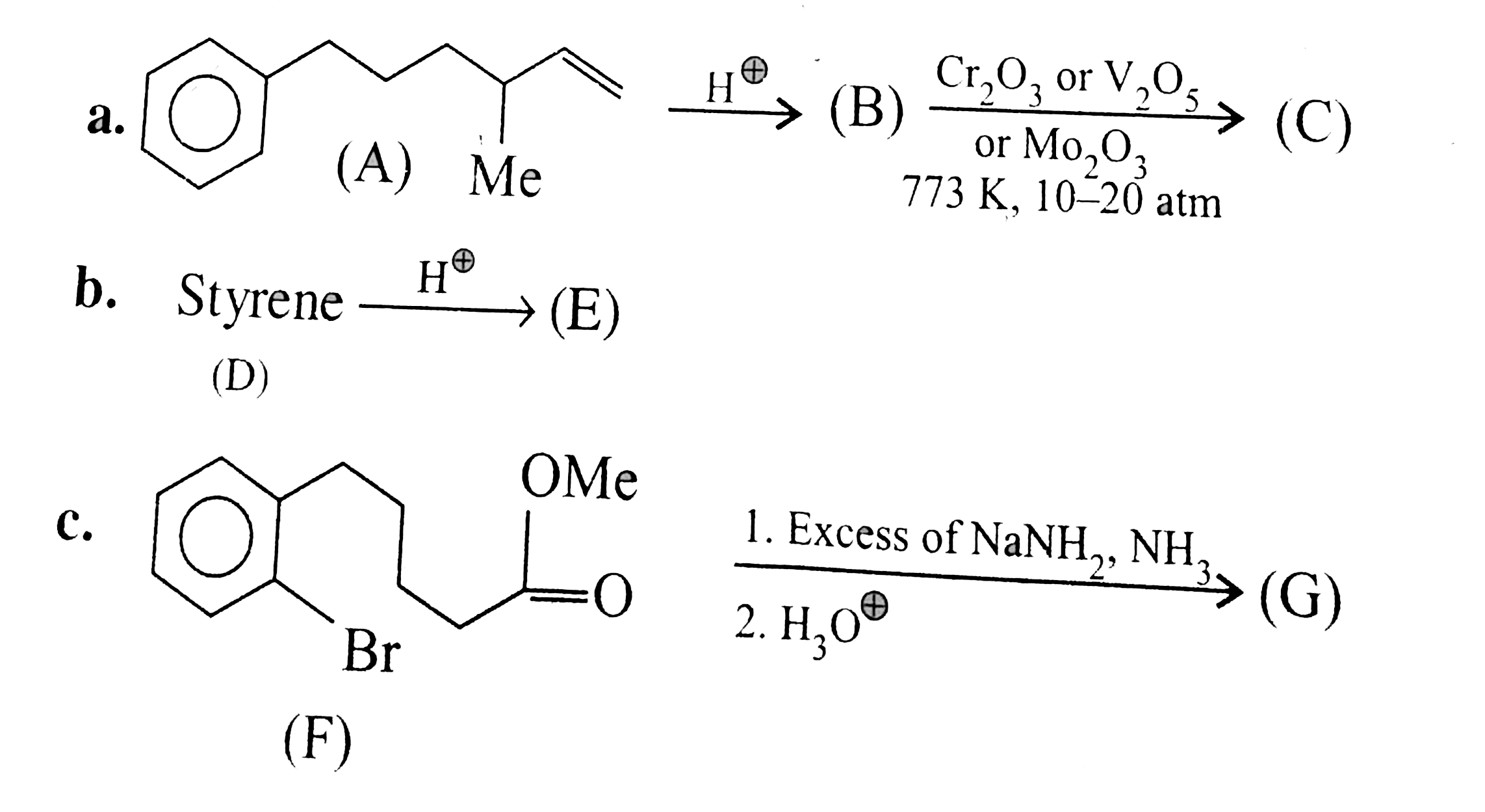

 , although it is
, although it is 

